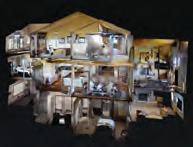




LOCAL BREWERIES
AVALANCHE EDUCATION
TETON ARTS
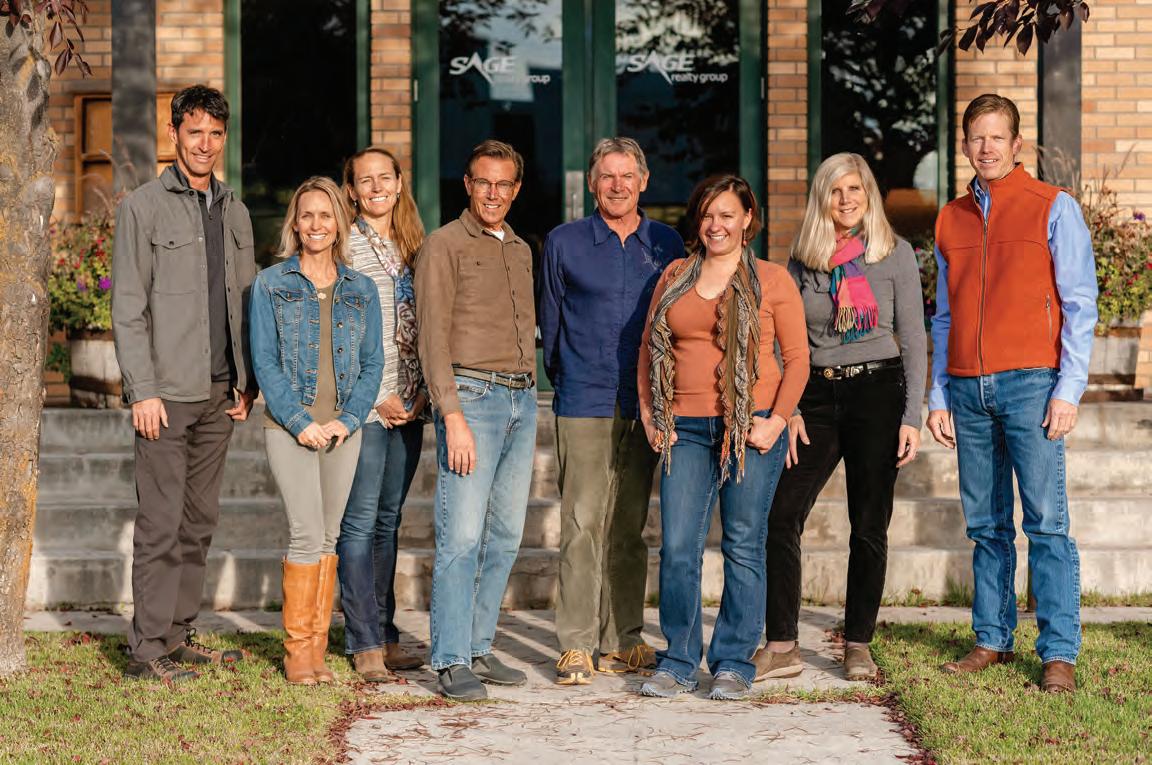
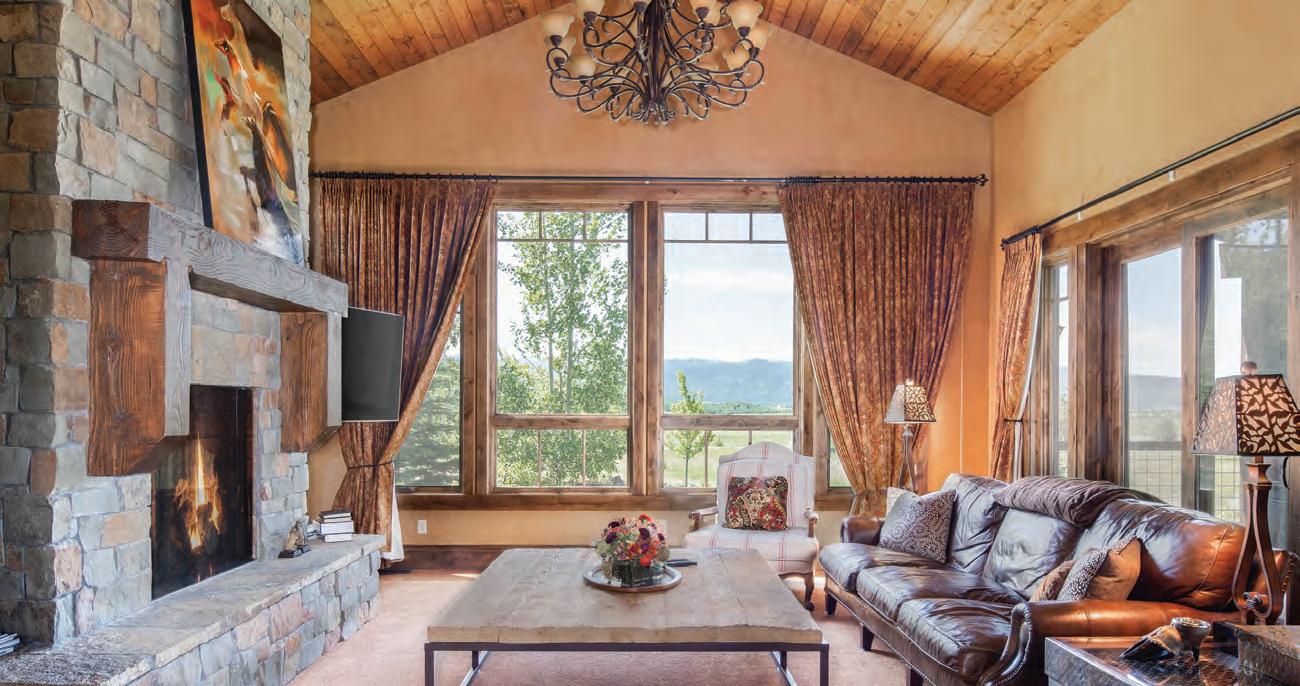
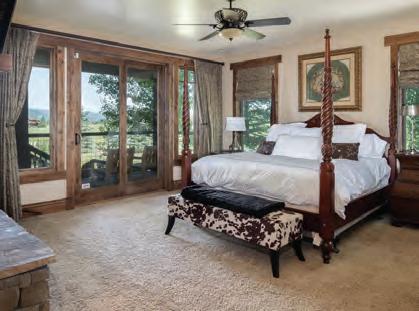

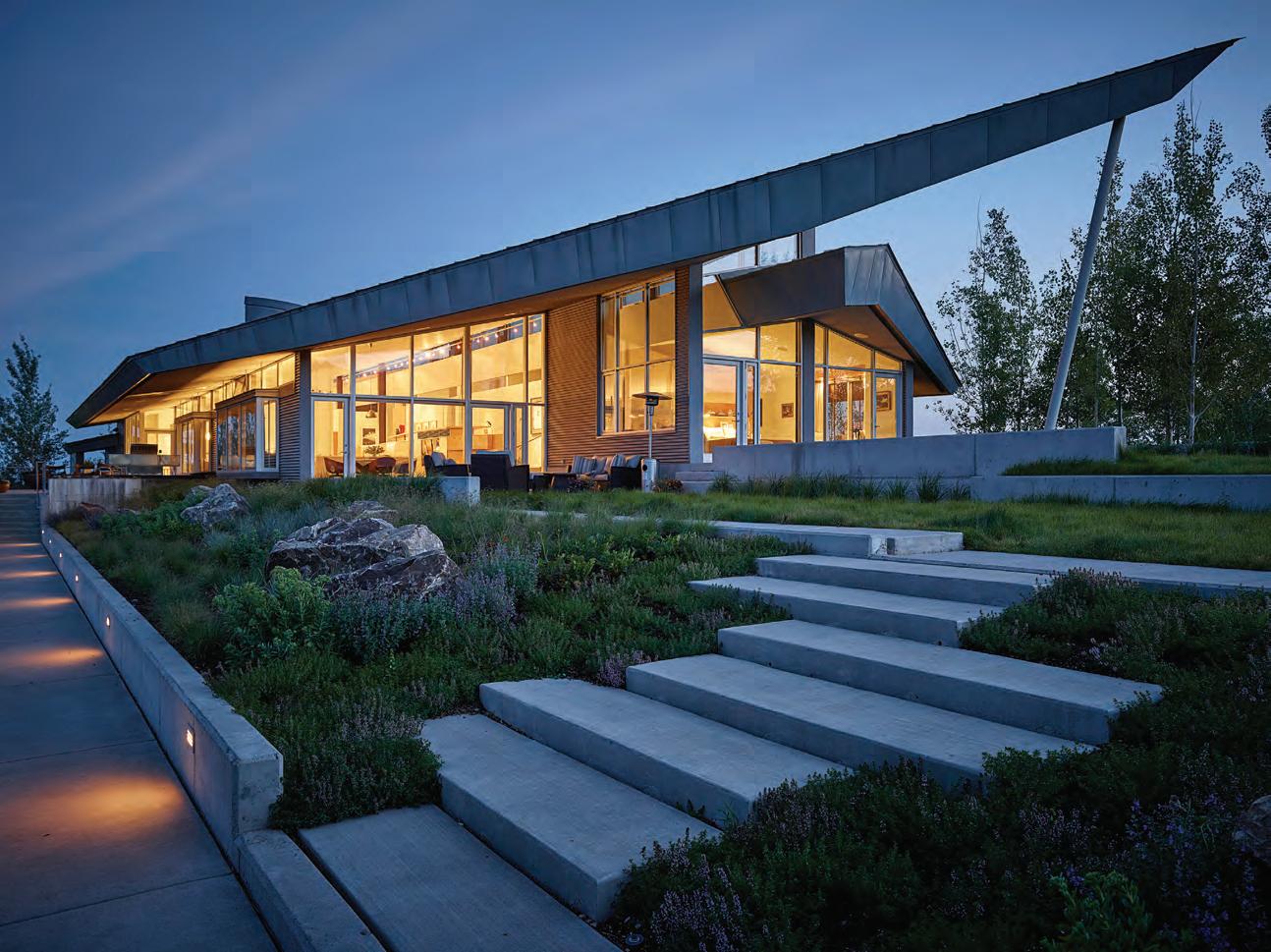
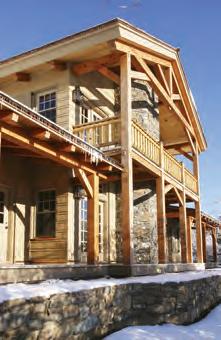
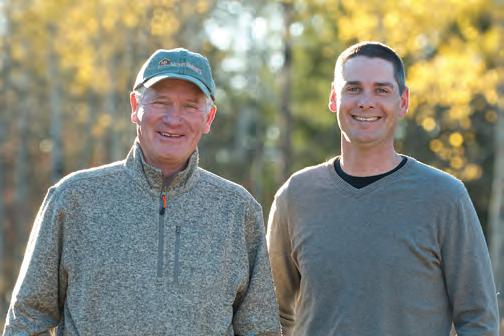




852 Valley Centre Drive
Driggs, ID 83422
within Four Peaks Clinic
208.354.1156
Monday - Friday
4-8PM
Receive quick care for minor medical issues.
We can treat:
Acne
Allergy symptoms
Athlete’s foot
Bladder infection
Blisters & minor wounds
Bronchitis
Bug bites/stings
Cold sores
Cough
Diarrhea
Earaches
Flu-like symptoms
Indigestion and heartburn
Minor burns
Minor cuts
Nausea
Poison Ivy
Rash
Ringworm
Shingles
Sore & Strep Throat
Sprains & joint pain
Sunburn
Tick Bites
UTI
Vomiting
More details online

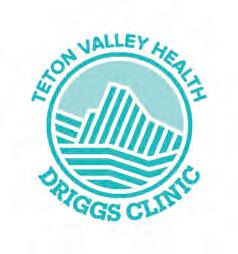






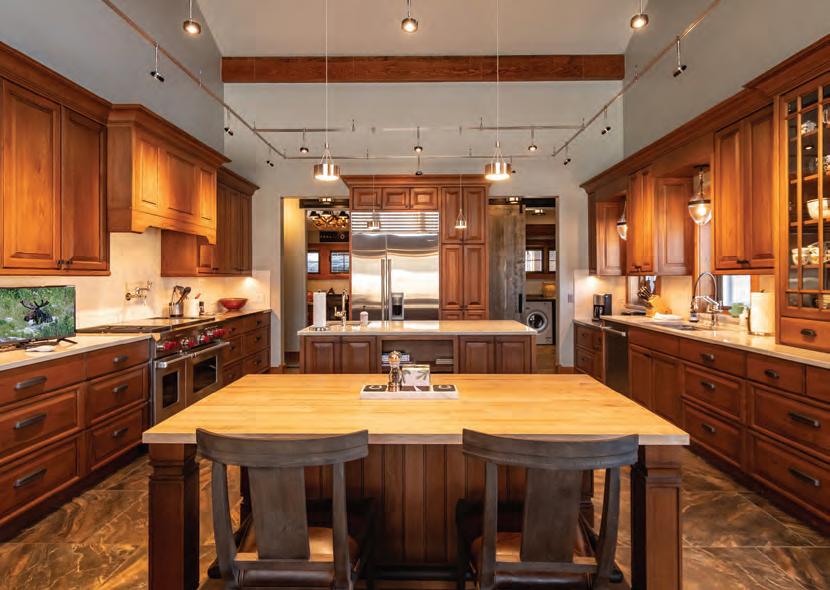








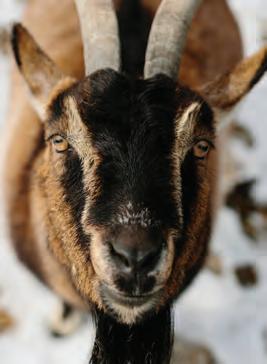



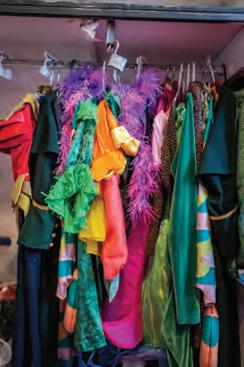


57 S. Main St., Victor 208-399-2872
butterinvictor.com
7am - 3pm, Daily

5755 W. Hwy 22, Wilson, WY 307-200-6633
streetfoodjh.com
11am - 9pm, Daily


5:30 - 8:30pm WednesdaySaturday
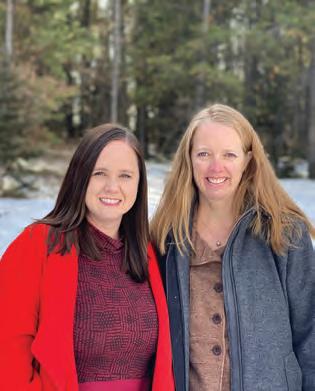
In early fall, I read a story in The New York Times about a lone tomato plant that sprouted up from a wooden piling in the East River near New York City’s Brooklyn Bridge Park. A kayaker spotted the yellow blooms and the single bright red circle in the distance. Upon further examination, he discovered it was indeed a plump, ripe tomato growing from within the wood. And, as fate would have it, not a week later the kayaker went back to check on the plant and discovered a second, growing on a nearby piling. The city was enthralled by the charming and persistent plants. The culprit? Likely a bird depositing seeds. But, delightful, no less.
I keep coming back to the plight of these unwavering and improbable tomatoes. As an early October snow trickles down outside my Victor home, the thought of an untended and unexpected tomato plant popping up in my yard seems beyond unlikely. But, then again, who knows? This valley seems to be well versed in the determined and the unlikely. As you read this winter edition of Teton Valley Magazine, maybe you’ll take note, as I have, of the fantastic stories that took a little extra grit and resolve, and could have even once been called “unlikely.”
This issue is chock-full of stories that run the gamut from the inspirational to the remarkable: An overhaul of the snow science education system spearheaded by Teton Valley industry leaders; a gravel pit turned into a scenic park; and a haven for all critters great and small in need of a fresh start.
In the feature article “Staying Alive,” writer Tom Hallberg chronicles three north end valley growers that, despite our cold, snowy winters, tend to and harvest pound after pound of fresh lettuce, microgreens, and gourmet mushrooms year-round. Or, take Kristen Pope’s “Hometown Brewing,” a deep dive into the valley’s burgeoning brewery scene. With a population of just under twelve thousand, Teton Valley is now home to four must-visit craft breweries, adding to the impressive path paved by Grand Teton Brewing founders Charlie and Ernie Otto.
Persistence pays off, it seems. And while a tomato in the East River seems an unlikely success story, I’d say that a salad with Clawson Greens’ crisp, fresh lettuce enjoyed while a foot of snow piles high outside might just top it all.







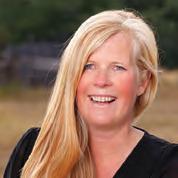

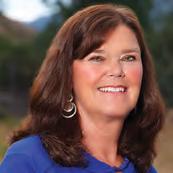



publisher + editor in chief
Kate Hull kate@powdermountainpress.com
publisher + art director
Sage Hibberd sage@powdermountainpress.com
marketing + sales representative
Kristin Mortenson kristin@powdermountainpress.com
publisher emeritus
Nancy McCullough-McCoy
editor at large
Michael McCoy
design advisor
Linda Grimm
contributors
Molly Absolon
Lara Agnew
Judy Allen
Jeanne Anderson
Camrin Dengel
Tom Hallberg
Erin Jensen
Smith Maddrey
Stacey Walker Oldham
Kristen Pope
Dana Ramos
Luke Smithwick
David Stubbs
Scott Stuntz
Linda Swope
Rebecca Vanderhorst
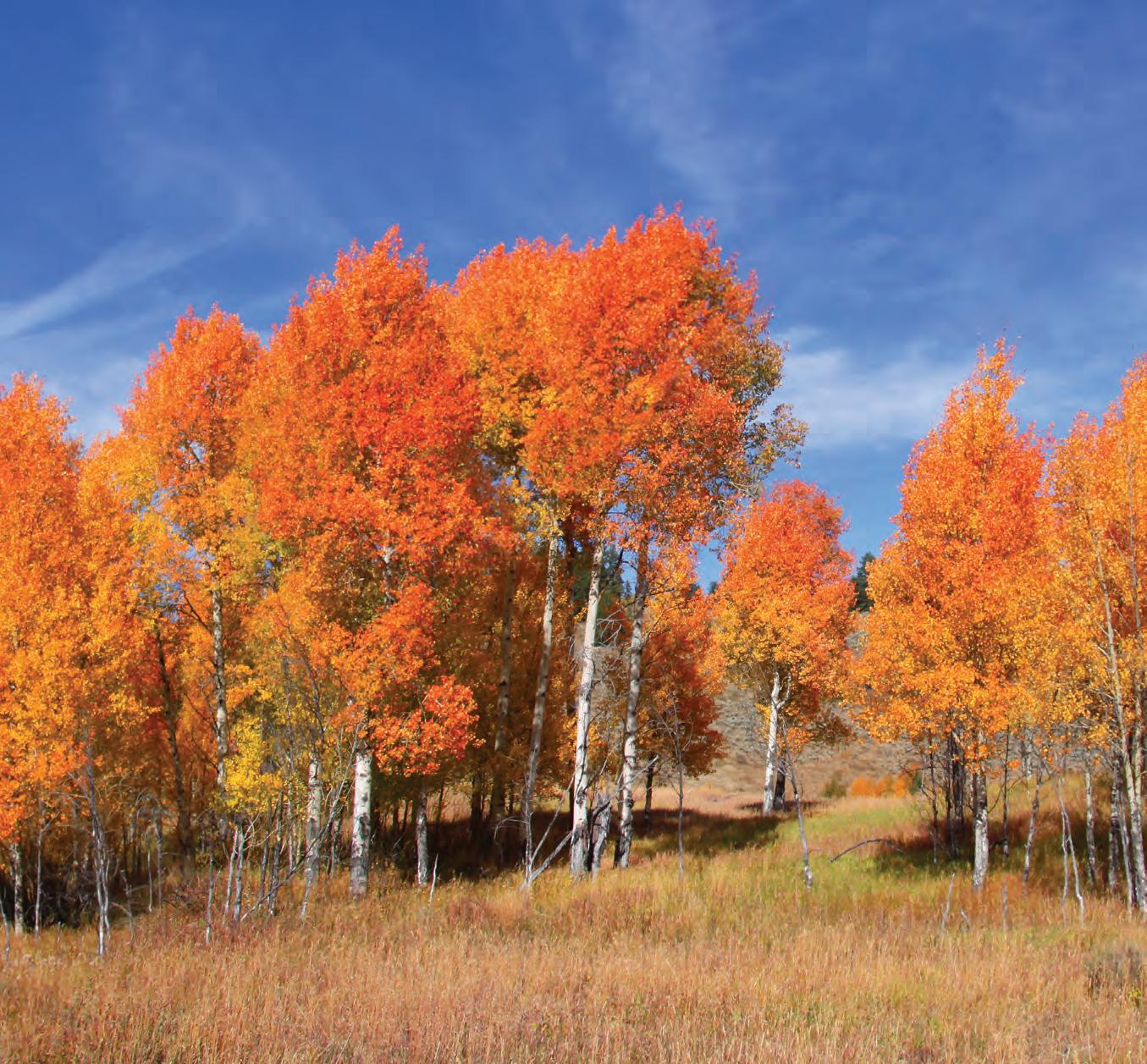

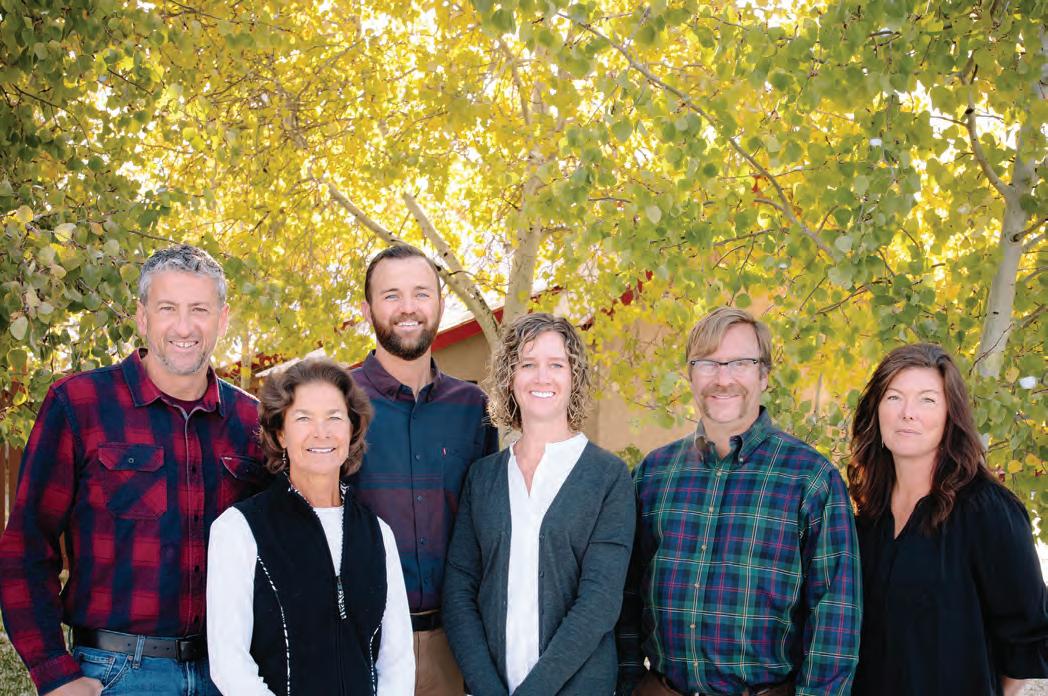
Lara Agnew
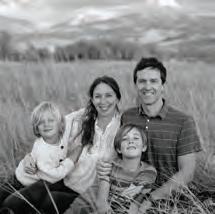
Lara Agnew (Aska’s Animals, page 28, and Local Flavors, page 94) is a lover of stories. She relishes hearing them from friends and strangers, reading them to her children, and sharing them through her work as a photographer. Before opening her own photography business, the Washington State native traversed the West as a field biologist and outdoor educator. Lara enjoys spending time with her husband, their two kids, and their faithful dog, pursuing adventures big and tiny. When not wrangling little humans, you can find her seeking good light with her camera, tending to her garden, or playing in the mountains.
Judy Allen
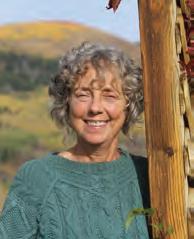
Even though she’s lived in the Tetons for thirtysix years—twenty in Teton Valley—Judy Allen (Aska’s Animals, page 28) still loves winter, especially a snowy, blowy one. She writes, teaches, and grows organic produce year-round in her solar greenhouse and garden. Through Full Circle Education, she teaches highelevation vegetable gardening classes and rents garden beds to the public at Darby Canyon Gardens.
Camrin Dengel
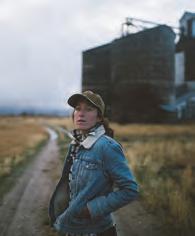
Camrin Dengel (Hometown Brewing, page 50, and Stayin’ Alive, page 68) grew up in rural Alaska, where she first fell in love with storytelling. As a lifestyle photographer in Teton Valley, she finds endless inspiration in the people and places within this community. Her work includes freelance writing and styling, and often focuses on the theme of self-sufficiency and heritage. With her background in environmental science, Camrin’s creative work regularly overlaps with her values in sustainability. She has a love for slow food, minimalism, and cow dogs.
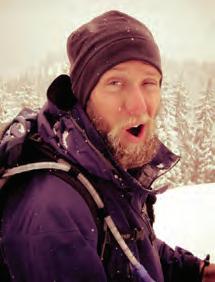
Having grown up in Portland, Tom Hallberg (Stayin’ Alive, page 68) became obsessed with climbing, snowboarding, and living in the mountains. Some vagabond years of teaching skiing, environmental education, and wilderness therapy led him to the Tetons for a season, and he was hooked. After a quick return to Oregon for an MFA in creative writing, he came back to Teton Valley to garner inspiration for his aspiring fiction-writing career. A journalist by trade, Tom loves to write about the people that make this place wonderful.

David Stubbs (Avalanche Evolution, page 60) is a freelance photographer, cinematographer, and director who’s been based in Jackson since 1999. David combines his passions for photojournalism, film, adventure, and environmental stories to produce striking content for editorial, commercial, and nonprofit clients. He has worked in over twenty-five countries for clients including The New York Times, The Wall Street Journal, Le Monde, The Guardian, The Rockefeller Foundation, National Geographic, The Nature Conservancy, The North Face, Arcteryx, Stio, and Marmot. David’s motion work has appeared on Vice, Showtime, and the Travel Channel. He and his wife Bille, a teacher, have two little girls.
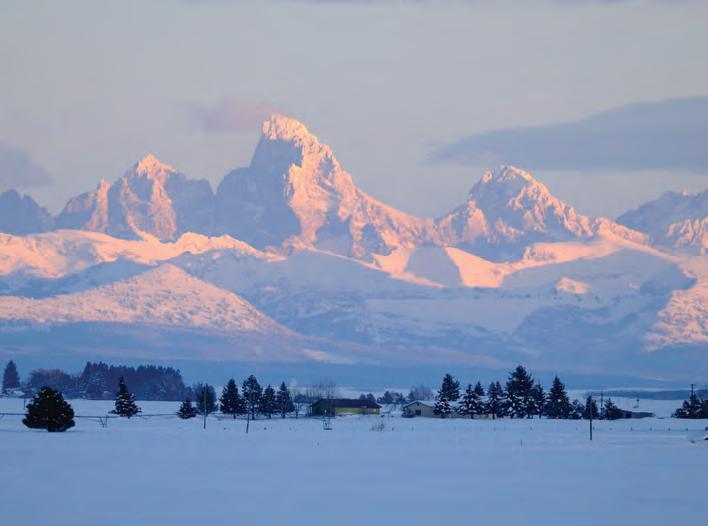
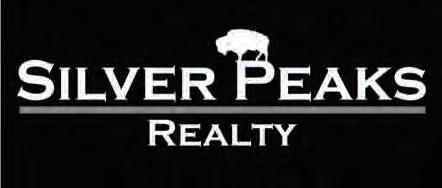
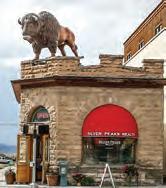
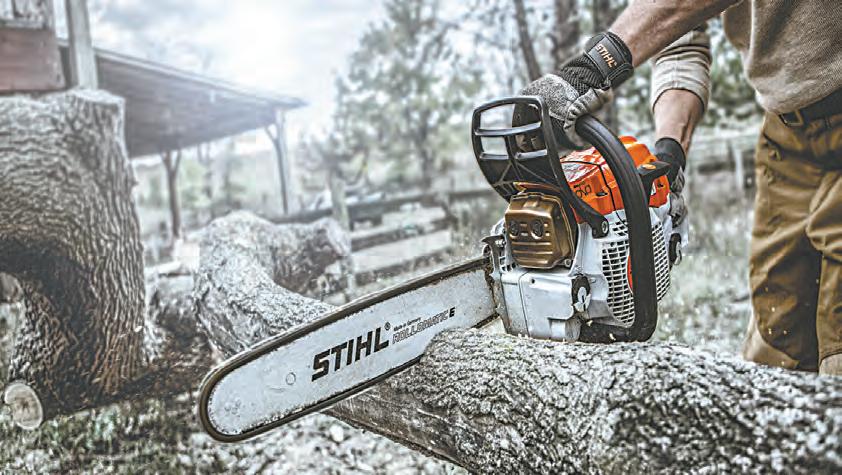

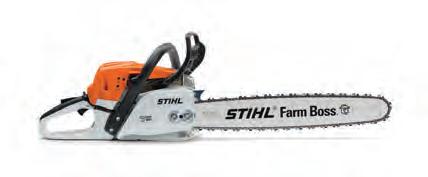

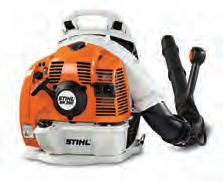

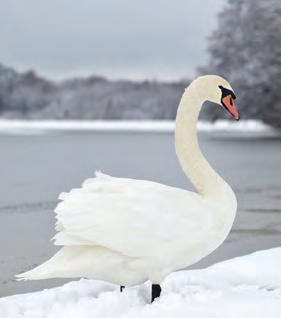

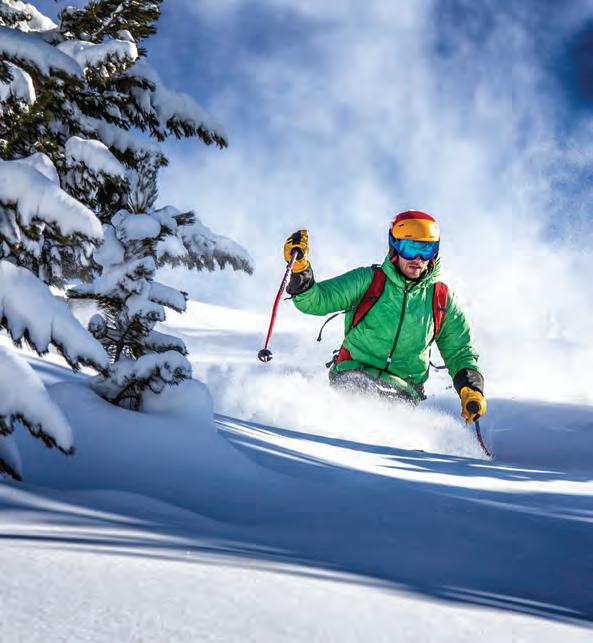

Cozy up with a latte and plate of cannoli pancakes at Butter Cafe in Victor
Beat the crowds and enjoy fresh powder during an Early Tracks session at Grand Targhee Resort
Grab a coffee and a mouth-wateringly good ‘Big Bad Badger’ at Tetonia’s Badger Creek Café
Find your center during a morning yoga class at Yoga Off Little
Learn about critters in winter on a snowshoe hike with Grand Targhee Resort’s naturalist
Skate or classic ski on Teton Valley Trails & Pathways’ groomed Nordic trails
Refuel with a smoothie or freshly squeezed juice at the Barrels & Bins Smoothie Bar
Explore the Teton outback on skis with the professional, savvy guides at Yöstmark Backcountry Tours
Search open waters for snow-white trumpeter swans (but keep your distance, please)
Shop for florals and gifts at MD Nursery, then head upstairs for tea and treats at Marigold Cafe
* Visit our Dining section for more bodacious breakfast opportunities

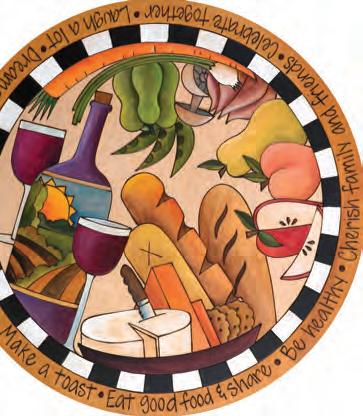
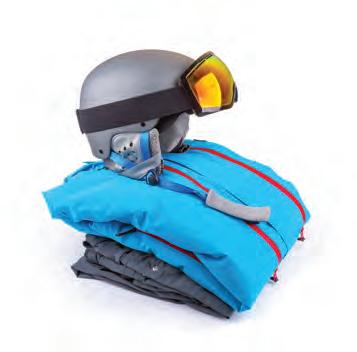




Cozy up with an avocado toast at Driggs’ Rise Coffee House—and don’t forget a fresh baked pastry
Pop into Guchiebird’s and try not to buy any of the American-made artisan goods
Find must-have gear and outerwear at Peaked Sports, Habitat, or Yöstmark, all located in Driggs
Tackle the famous Wydaho Nachos at Grand Targhee’s Trap Bar & Grill; stick around for après live music!
Slurp a soda at the Victor Emporium or in Driggs at Corner Drug
Peruse stunning art hanging inside the Driggs City Center Gallery created by local artists
Take a day trip to Jackson’s National Elk Refuge for a winter sleigh ride you won’t soon forget
Shop for fine decor and homegoods at Driggs’ The Rusty Nail and Victor’s Festive Living
Prepare to be wowed by the Teton Geotourism Center’s terrific exhibits
Work out the knots with a massage from Stillwaters Spa & Salon at Teton Springs Lodge
* Turn to our Dining section for additional lunch ideas
Satisfy your inner foodie’s cravings at Forage in Driggs, named the best restaurant in Idaho
Glide to your favorite tunes at Kotler Ice Arena’s Friday Night Ice public skating
Share stories from the slopes and sample craft beer and pan-Asian favorites at Teton Thai Brewery
Paddle a game of ping pong at the Wildwood Room on the 10th, 20th, and 30th of each winter month
Get your adrenaline pumping during an exciting evening at Grand Targhee’s tubing park
Sample Northern Thai cuisine like khao soi or pad kra pow at Victor’s Chiang Mai Thai Kitchen
Kick back under the lap blankets on a Linn Canyon Ranch sleigh ride before enjoying a gourmet dinner
Get down and get funky with some late-night live music at the Knotty Pine in Victor
Toast to the season at Citizen 33, a new Driggs brewery and pub from the team at Tatanka and Forage
Enjoy a runway-side repast at Warbirds Café, then check out the vintage aircrafts nearby
* Go to our Dining section for more dinner suggestions

Hazelnut chocolate, salted caramel, or coconut joy bon bons; lemon poppy seed French macarons; decadent chocolate mousse cake ... the mouthwatering options go on and on. With an eye for stunning designs and a knack for whipping up delicious flavors, pastry and chocolate chef Lauren Estay Langer churns out batch after batch of delicious treats that are as aesthetically pleasing as they are delicious as part of her at-home business Seven Confections.
“I have always been artistically inclined and creative,” Lauren says. “The way I express myself is through art in any aspect.” A Teton Valley native, Lauren went to culinary school in Napa Valley before returning home to work for Oscar Ortega, the internationally acclaimed chocolatier of Atelier Ortega in Jackson Hole. After eight years of apprenticing for and working with Oscar, she decided to go out on her own in 2016.
A mom of two boys, the talented chef is slowly growing her business, juggling raising her young family with crafting desserts. Lauren says she loves to make her popular bon bons, which she sells as custom orders or as seasonal assortments. But she also can’t stay away from custom cakes, macarons, and whatever her clients dream up.
“I love doing bite-sized desserts and whatever I can get my hands on,” she says. “I welcome different ideas, and I gain inspiration from every client and customer.” Be on the lookout for Lauren’s creations at holiday markets throughout the winter, or order online at sevenconfections.com.
It is time to get counted. The 2020 census is just around the corner. Over the next six months, the United States Census Bureau will be launching its campaign to educate residents on what to expect for the census. And it’s more than just a population total. The census results directly coordinate with federal funding distributed annually among local, state, and tribal governments for programs like transportation, job training centers, schools, senior and foster care centers, housing, and more. In 2010, Idaho had only 77 percent participation, leaving a total of $3.3 billion each year in federal funding that Idaho is not receiving. Teton County’s population was 10,170 in 2010 and census experts estimate a growth rate of 14 percent or more this time around.
Participating in the census is easy and important. Beginning March 12, you can complete the census by internet, phone, a paper form, or in person. Questions? Visit census.gov and get counted.
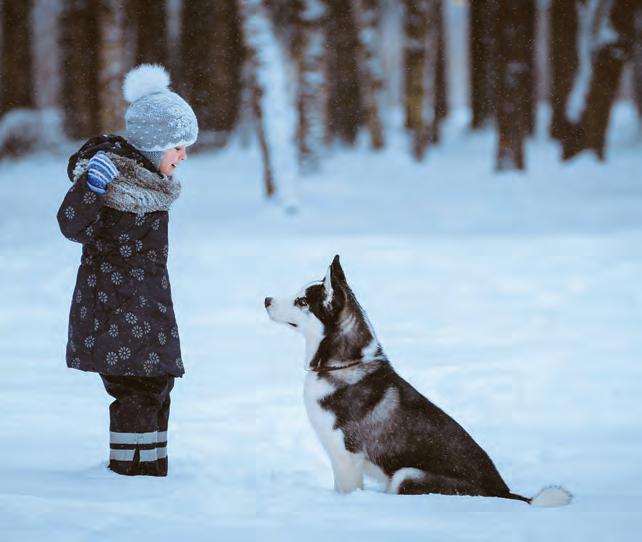
Winter is here! And while two-legged snow lovers are likely decked out in the latest Gortex gear and down-filled puffy coats, four-legged powder hounds might be no less excited but a little less prepared. Sure, our canines’ fur is a nature-made winter coat, but their paws are susceptible to frigid temps and frostbite. Take care to protect your pooch from the sub-zero temps with a few tips:
• Salt and ice-melting substances can irritate dogs’ pads. Be sure to wipe them down after a winter jaunt. Or, try a paw balm to help prevent pad cracking.
• Know your breed. Winter-hardy breeds like huskies, German shepherds, and Saint Bernards are more adapted to the harsh cold than thinner-haired breeds.
• Grab some winter booties! While it might look silly, a winter bootie for your fourlegged friend can help extend their time outside and protect their pads from forming ice balls (dogs perspire some from their paws!) and getting frost bitten.
They go together.
Silver Star internet and Notion smart sensors are a winning combination.
• Detect water leaks, open doors, temperature changes and more
• Get notifications to your smartphone

• Fastest and most reliable internet in the valley
• Unlimited data
• No contracts
SilverStar.com/notion 208.354.3300

Join Local Galleria owner and artist Teri McLaren for an evening of art, fun, and maybe a glass of wine or your favorite tea during Wine and Palettes. Held typi cally three times a month, participants let their creative juices flow while Teri instructs the night’s image stroke by stroke, be it a wintry Teton landscape, a graceful horse, or a stoic moose. At the end of each class, the budding artist goes home with his or her creation to proudly display and likely a little more artistic confidence. Sign up at tetonvalleylocalart.com.

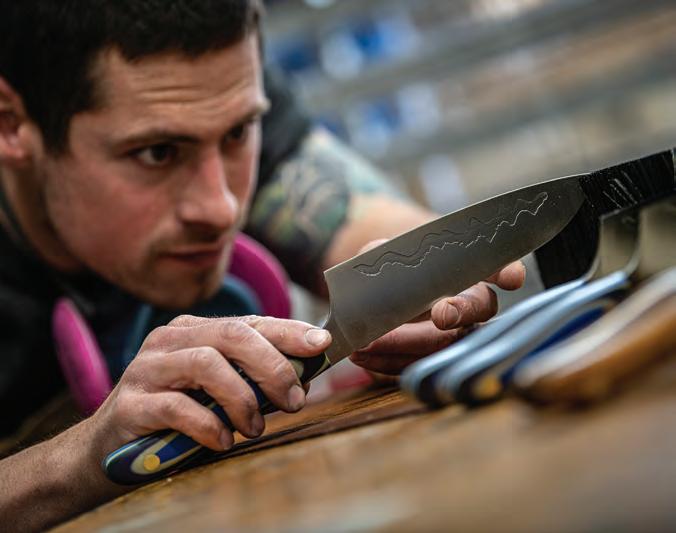
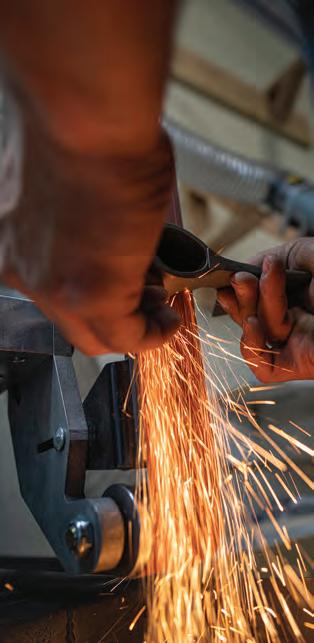
Inside their Lupine Lane retail store and production hub, the innovators behind New West KnifeWorks’ exquisite cutlery say it’s all about the three pillars: the art, the innovation and high performance, and the makers. Since 1997, owner Corey Milligan has combined his passion for cooking and desire to use the best tools possible through New West KnifeWorks, a renowned business crafting top-tiered kitchen tools that are both aesthetically pleasing and highly functional. The colorful steel knives, celebrated by celebrity chefs, tastemakers, and more, are now made in Victor.
“It seems to be a rare find to visit a shop where the product you are buying is made right there,” Corey says. Teton Valley is now the production hub of these artful creations, where a showroom that’s equal parts gallery and store welcomes visitors. Behind the scenes, inventive craftsmen and women are carving, sharpening, and creating knife after knife, keeping up with an ever-growing demand.
New West KnifeWorks began in Corey’s Jackson residence some twenty-two years ago, and has hopped to and from about eight shops, before planting roots on the Idaho side of the Tetons. Now, they have locations in Napa Valley, Park City, Jackson on Center Street—where they share space with their brother brand Mountain Man, known for enticing gifts with the ultimate outdoorsman in mind, like tomahawks and felling axes—and Victor.
A ski bum moonlighting as a chef back in the nineties, Corey was looking to forge a career outside of the typical tourism market. “I just started messing around making the knives,” he says. “It’s always been about this idea that you can have the best performance and this really awesome look at the same time.”
Inside the Victor shop, visitors peruse vibrant cutlery that’s no doubt meant to be on display even in homes. The handles are made of a NASA-designed fiberglass epoxy laminate with layered colorful hues, and the blades are high-carbon stainless steel that is corrosion and wear resistant.
“In one hundred years, [this knife] will look exactly the same,” Corey says. “The most sustainable thing is to make something you don’t ever have to buy again, and I definitely believe in that philosophy. It has value; you want to keep it.”
Corey recommends starting with the six-inch petty utility knife or an eightinch chef knife. The chef knife has been called “my best friend in the kitchen” by Cooking Light and the petty “as beautiful as it is useful” by The New York Times But no matter if you start with one or the whole set, you’ll want to show them off. Learn more at newwestknifeworks.com
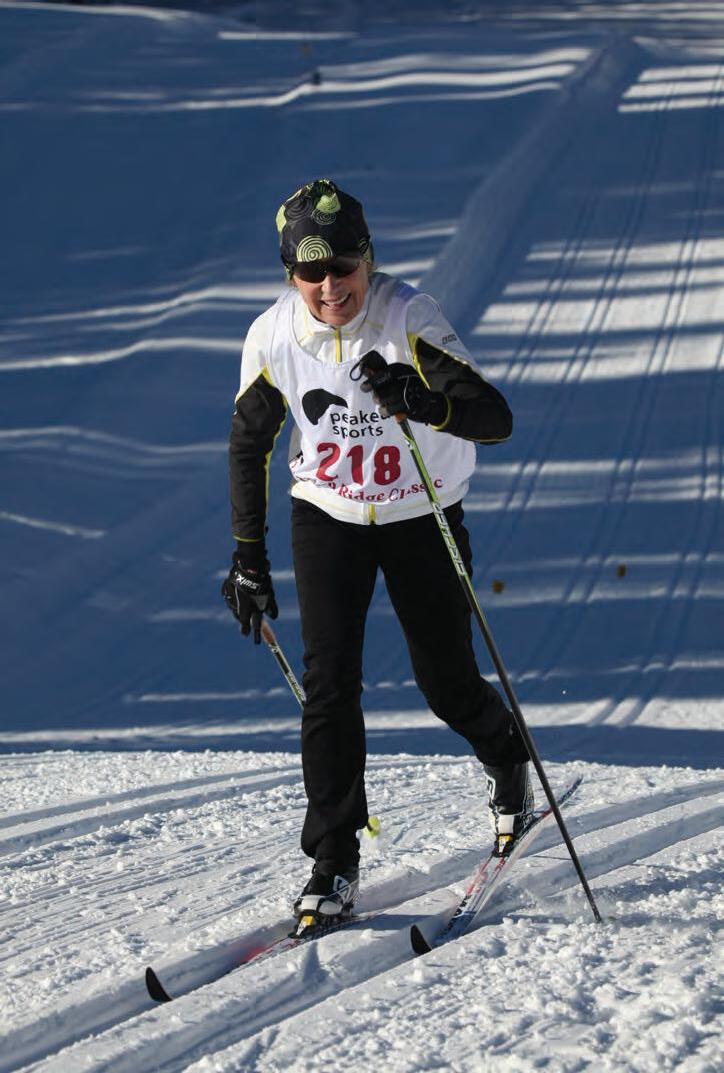
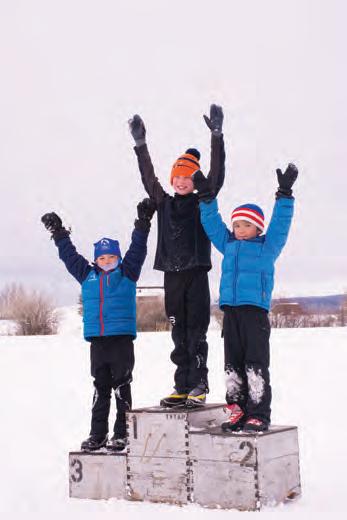




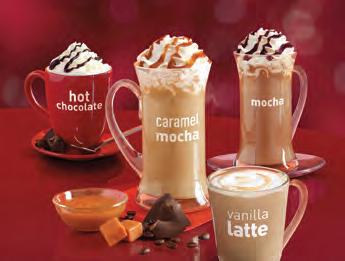

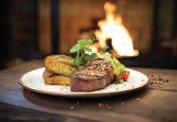



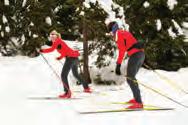
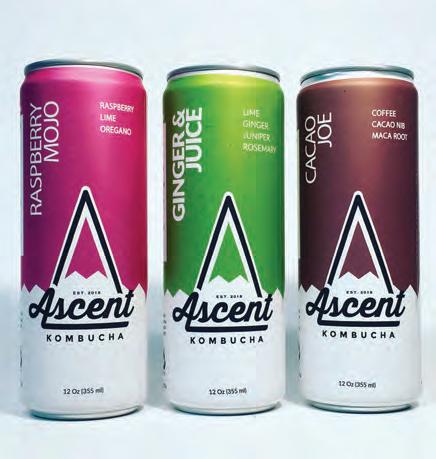
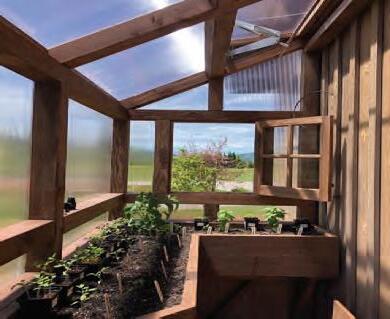
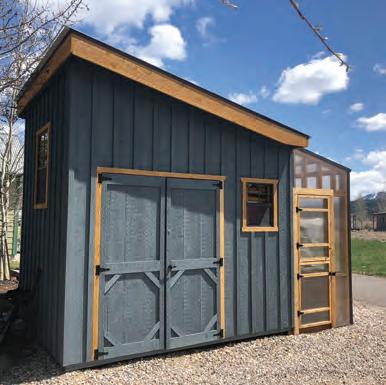
A centuries-old fermented tea known for its healthful probiotic benefits, kombucha has become a household name. And now Driggs has its own kombucha brewery whipping up the much-loved fizzy drink. Ascent Kombucha, owned and operated by residents Mollie Houkom and Mark Bostleman, brews small-batch organic sparkling fermented tea infused with organic ingredients to create flavorful combinations like raspberry mojo, lavender twist, and pumpkin chai available in kegs or on tap around the region, and now in cans. Ascent Kombucha offers three canned varieties: Ginger & Juice with ginger, lime, juniper, and rosemary; Cacao Joe featuring cold brew coffee, maca root, and cacao nib; and Raspberry Mojo with raspberry, lime, and oregano. Find cans at Rise, Broulim’s, and Barrels & Bins, where it’s also on tap. For a full list of locations, visit ascentkombucha.com

Grab your paddles and channel your inner Ma Long! (He’s the three-time Olympian and twelve-time World Champion table tennis player for all of you ping pong newbies.) The Teton International Table Tennis Society is bringing topspins, kill shots, and jaw-dropping rallies to the Wildwood Room in Victor this winter. On every date ending in a zero—the 10th, 20th, and 30th—through February, try your luck during a ping pong tournament complete with rousing competition and food and drink. Learn more at facebook.com/thewildwoodroom.




Licensed for 31 years in Idaho
Principal Broker in Utah since 2005
River and Residential Property Specialist — Owned and Operated Teton Valley Lodge for 30 years. Developed Teton Valley Lodge Sites/Ventures
Has worked with Brewer Land Company, American Realty West, All West Realty, Jackson Hole Sothebys, Huntsman Springs Realty, and Four Peaks Real Estate
Always work one-on-one with the Designated Broker
You can feel comfortable choosing John Pehrson for all of your real estate needs.
There is no substitute for experience.
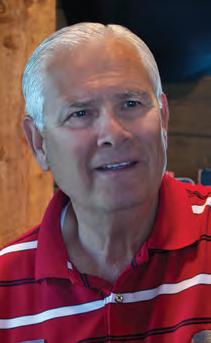
CONTACT JOHN FOR ALL OF YOUR REAL ESTATE NEEDS



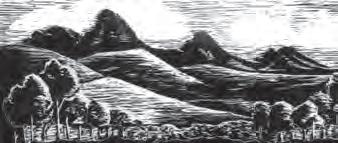





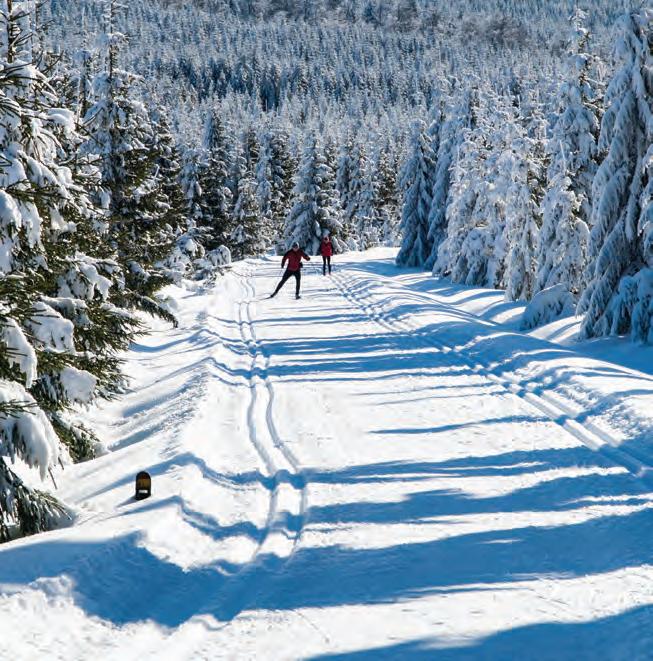
Hit the trails south of Victor this winter on Teton Valley Trails and Pathways’ latest additions to their impressive fat biking, cross-country, and snowshoeing trail system. Located near the Mike Harris Trailhead on the southwest side of Highway 33 on the way to Teton Pass, Yeti’s Loop Trail is a 3.1-mile cross-country ski route that will be groomed throughout the season. Ski this scenic forested trail counterclockwise for a mellower ascent and steeper downhill pitch, or take the cutoff for a one-mile loop.
Nemo, a two-mile trail that intersects with Yeti’s Loop, is groomed to accommodate fat biking enthusiasts. If you’re planning to enjoy this or any TVTAP trail, be sure and respect its intended usage and grooming. For more information on TVTAP’s top-notch winter trails, visit tvtap.org.
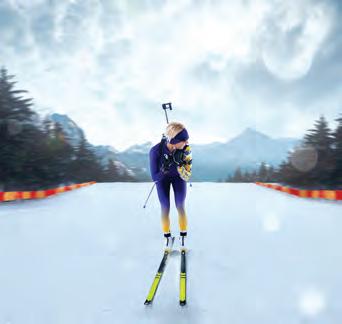
Head to West Yellowstone, Montana, March 25-29 for the riveting 2020
U.S. Biathlon National Championships taking place on the Rendezvous Ski Trails. This winter sport, dating back to 1767, combines cross-country skiing and marksmanship. Watch as renowned Olympic athletes, vying for a place in the 2022 Beijing Olympics games, speed along snowcovered trails and take aim at tiny targets.
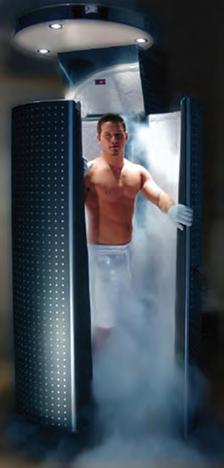

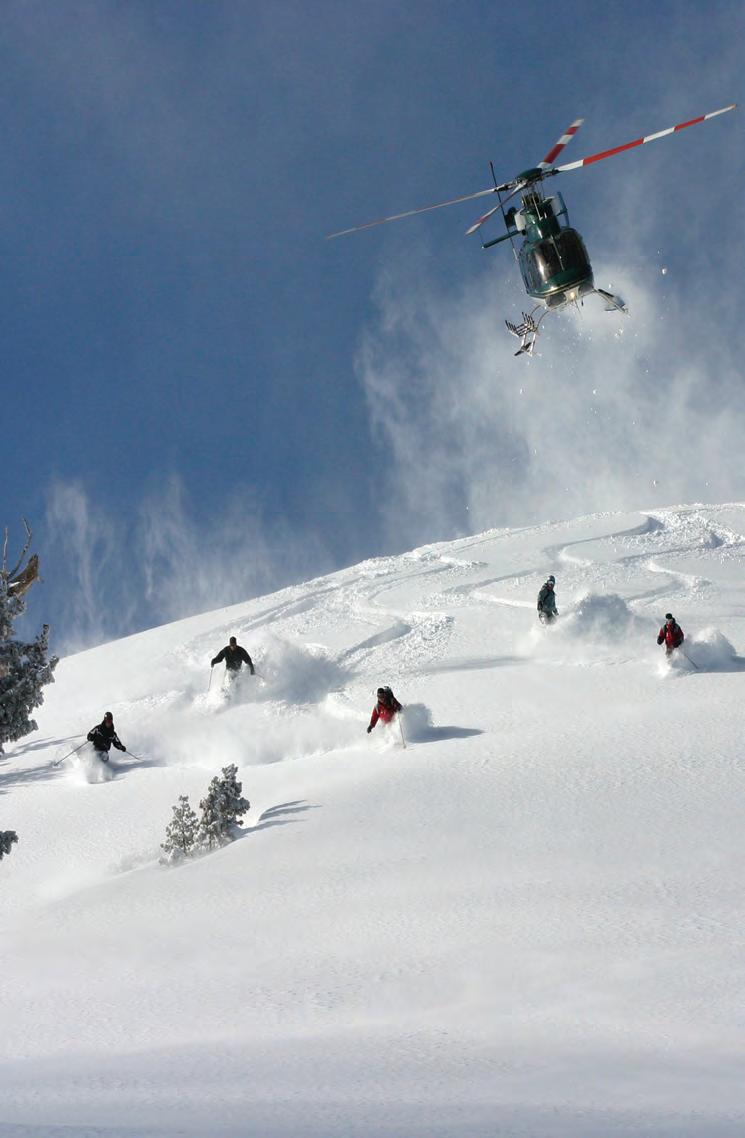


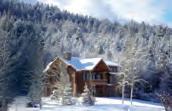


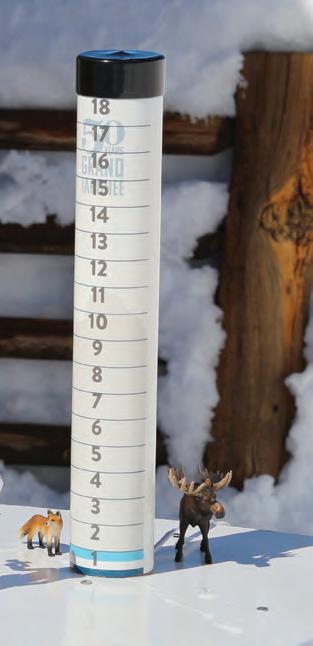
Grand Targhee is known for having a cast of characters on its slopes, and now even more eccentric characters are popping up in the base area. A moose, Obi-Wan Kenobi, and the cast of Disney’s Frozen; all have made appearances in figurine form displayed in clever scenes next to the snow stick visible via webcam showcasing the fresh snow totals for any given day.

Last winter, marketing director Jennie White placed a moose figurine next to the stick, knowing it would show up on the webcam and add a little fun. The moose was a hit and a new tradition took hold. Guests donated their own figurines; employees joined the fun.
See what action-packed or whimsical display is accompanying today’s snow totals by clicking the webcams icon at grandtarghee.com
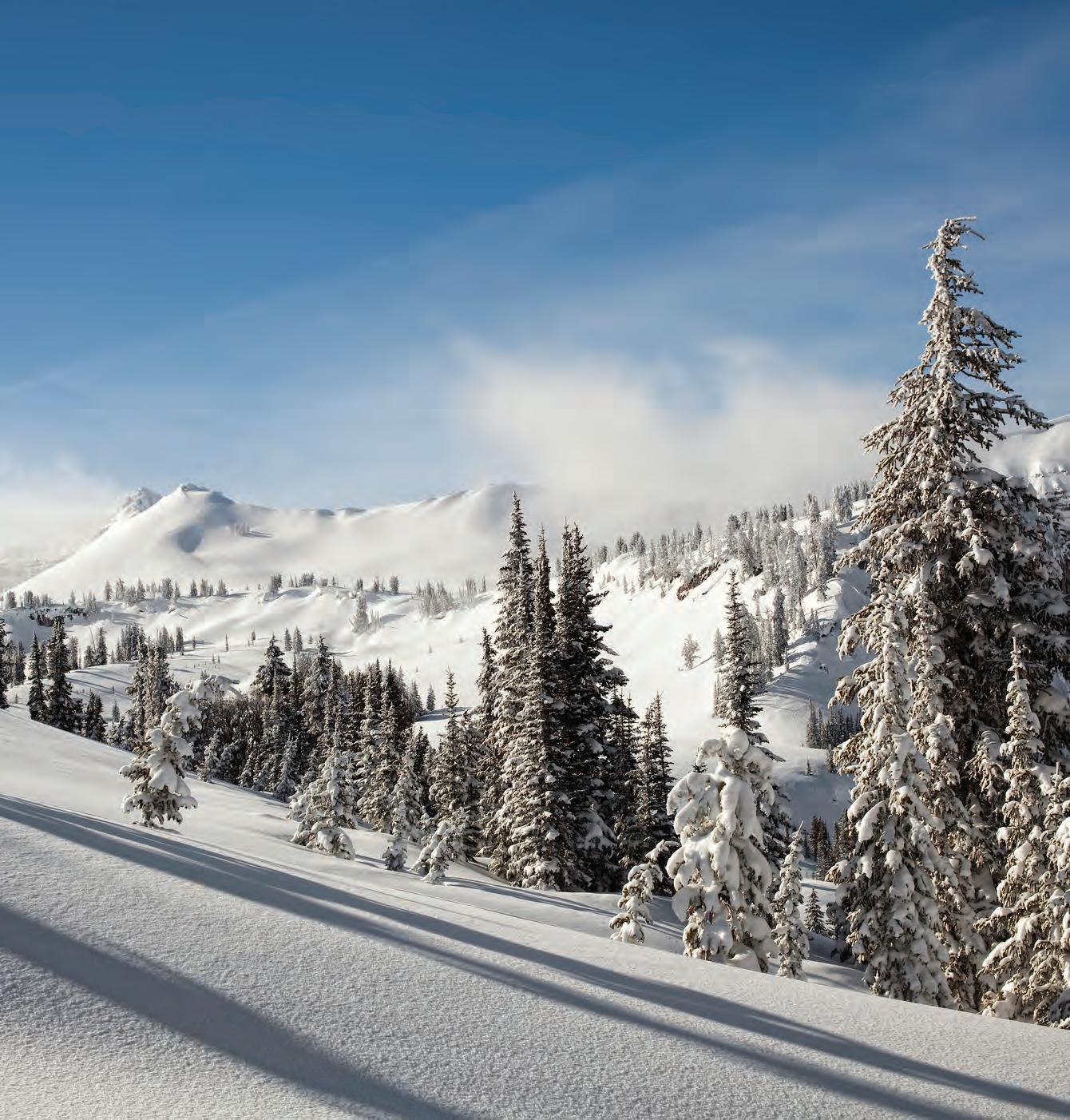



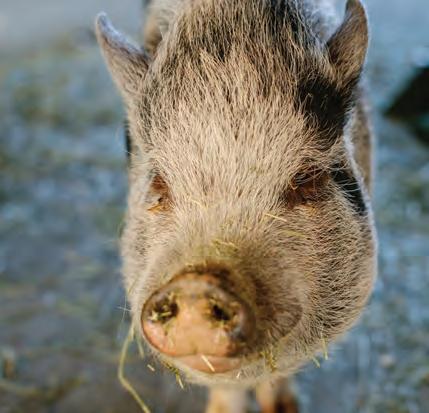

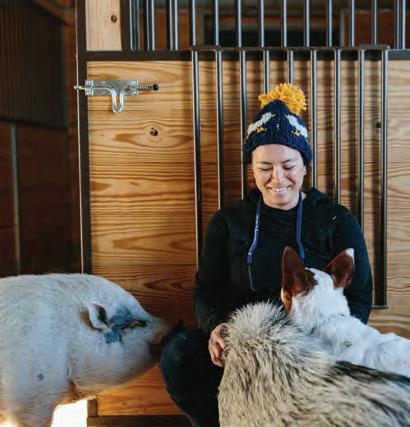


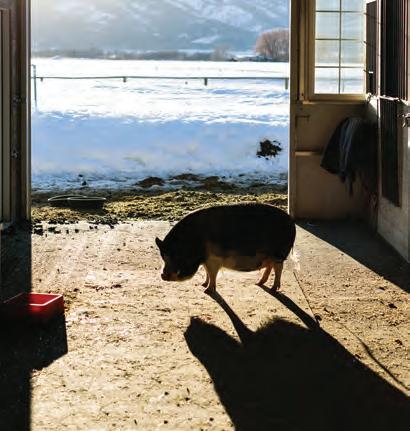
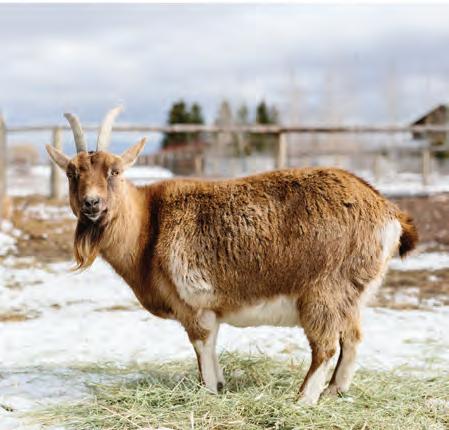

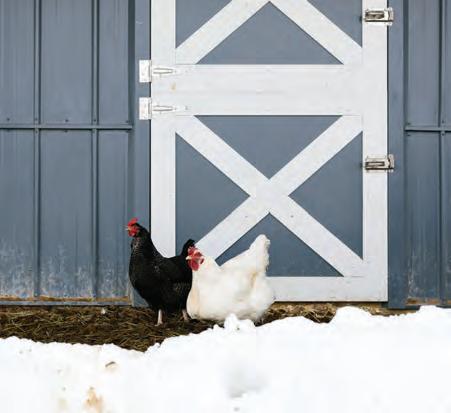
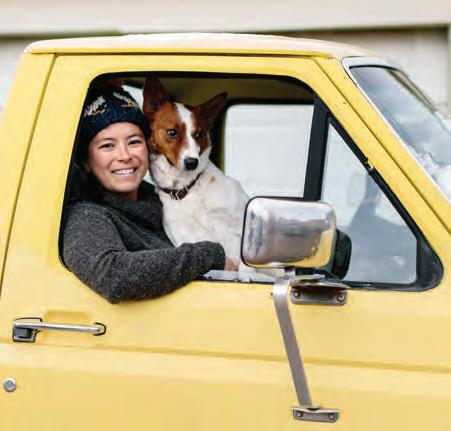
BY JUDY ALLEN PHOTOGRAPHY BY LARA AGNEW
Although I’ve come to meet him, Stewart doesn’t budge from his spot next to the woodstove. With his nose sticking out from under the blankets he’s wrapped in, he accepts a few scratches, then shifts his ample weight to allow me to rub his belly. A few minutes later, he is asking to be let up on the couch.
Stewart is Aska Langman’s pet house pig. At the time of my visit to Aska’s property west of Victor, Stewart’s large family included two dogs, six cats, three horses, three goats, nine chickens, and three other pigs. All, like Stewart, are rescued, and all benefit from the sanctuary of Aska’s Animals, her home business and lifestyle. Aska’s calm demeanor sets the tone at the farmstead, as she orchestrates the care, behavior, and interactions of the tumult of critters.
“The count never stays the same,” Aska says. “It’s chaos at any given moment. Someone’s always arguing territory. Everyone has a bit of a story and is a bit of a character.”
Aska’s name has become synonymous with animal advocacy in Teton Valley. Since moving from Burlington, Vermont, in 2011, she has worked with the Teton Valley Community Animal Shelter, been a vet tech for Victor Veterinary Hospital, and served a stint as executive director of Wyoming Untrapped. She continues to do feral cat trapping for PAWS of Jackson Hole and, through Jackson’s Animal Adoption Center, participates in spay and neuter clinics on the Wind River Indian Reservation,
where she’ll personally operate on a few hundred cats in a weekend. She also fosters dogs for the Western Border Collie Rescue and bottle feeds thirty or more foster kittens each year.
Such devotion begs the question: Why animals? As a child, Aska explains, she brought snails, hamsters, kittens, and bunnies into her family’s New York City home. “My parents never discouraged the random picking up of animals,” she recalls. “I’ve always had creatures.”
She went on to earn a B.S. in animal science from the University of Vermont.
“Animals are way easier than people,” she says. “Even complicated animals— there’s usually a reason they’re the way they are.”
Aska’s sensitivity to animals has led to her speaking up for their circumstances. Take pot-bellied pigs, for example. In addition to Stewart, Aska cares for Mr. Hamilton, Rupert, and Doogie, who all reside on a king-sized mattress in her huge barn and who Aska describes as “lifers.” Pot-bellied pigs can live for twenty years, she says. Because they’re pack animals, they establish a pecking order, so if you have only one, that single pig can get aggressive and
6
3 9 4 3 2 HORSES CHICKENS PIGS GOATS DOGS CATS AND 4 FOSTER KITTENS at time of publication






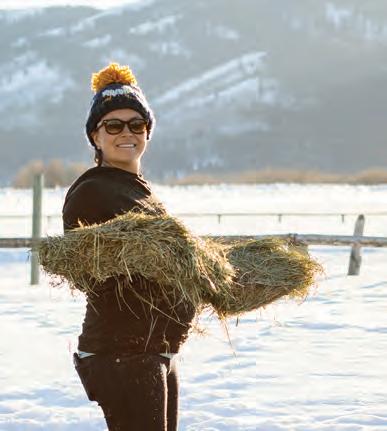
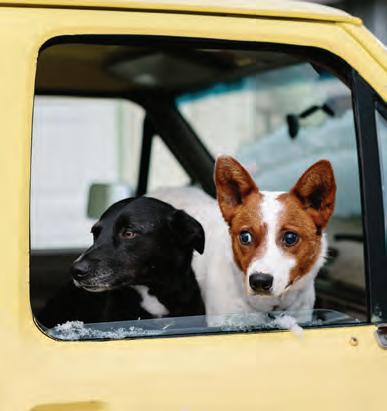
“The count never stays the same. It’s chaos at any given moment. Someone’s always arguing territory. Everyone has a bit of a story and is a bit of a character.”
Aska Langman
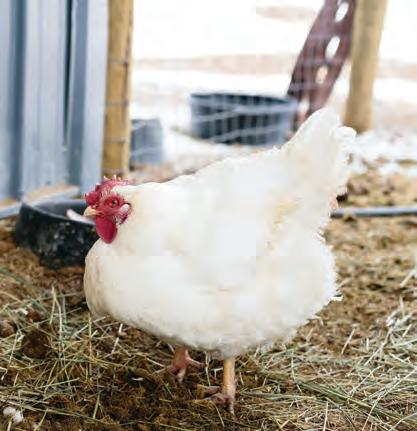

challenge the resident human. Owners can tire of this popular pet when they realize these realities. “People think it’s one cute YouTube video after another,” Aska says with a sigh.
With her growing reputation in the valley, Aska finds that the public follows her animals’ stories. Bullet the dog is an infamous resident (see the Vimeo video of the same name), as was Wilbur the blind pig. Stewart is “a good ambassador,” Aska says. Kids stop by to bottle feed the kittens, or people come over after hearing she has a pig you can pet. She even discovers cats dropped off in her driveway.
With the population burgeoning at times up to eighty animals, Aska and her husband, Will Haywood, agree some limits are in order. There’s the five-species rule, but Aska points out that Will has never specified a number for each species (except dogs). Astute readers will notice the animal list on page 29 actually includes six species. That’s because the horses are “grandfathered,” Aska explains. She’s had all


three since she was a child and moved them here from New York. Then there’s the two-dog rule, where Aska and Will rotate in a new dog only when they lose one of their own. The exception here is the senior dog policy, where they rescue a senior canine and provide it with a dignified ending. “We do the best we can while they’re here,” Aska says.
Last June, Aska and Will welcomed a new species and a new individual, this time a human one. “Baby Leo seems to just be one of the animals, with another mouth to feed and poop to scoop,” Aska says. Taking not a moment to slow down, she fostered kittens before, during, and after Leo’s birth.
In addition to mothering all species on-site, applying for nonprofit status for Aska’s Animals is on her winter to-do list. She looks forward to the future, when Leo can be another hand to help. With love and quiet compassion, Aska plans to continue to do whatever it takes to care for and nurture the fortunate critters who find their way into her realm.

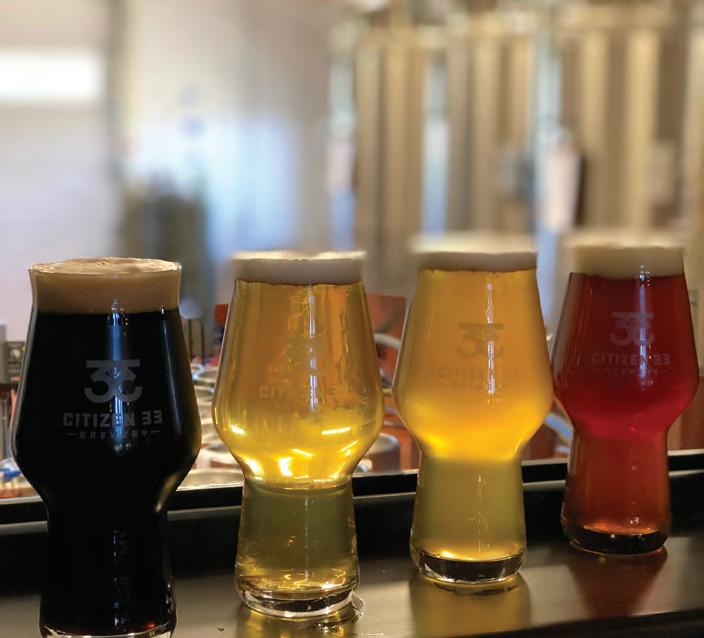
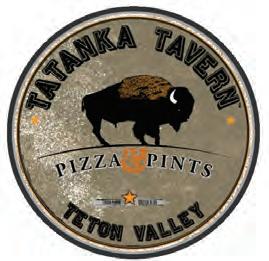

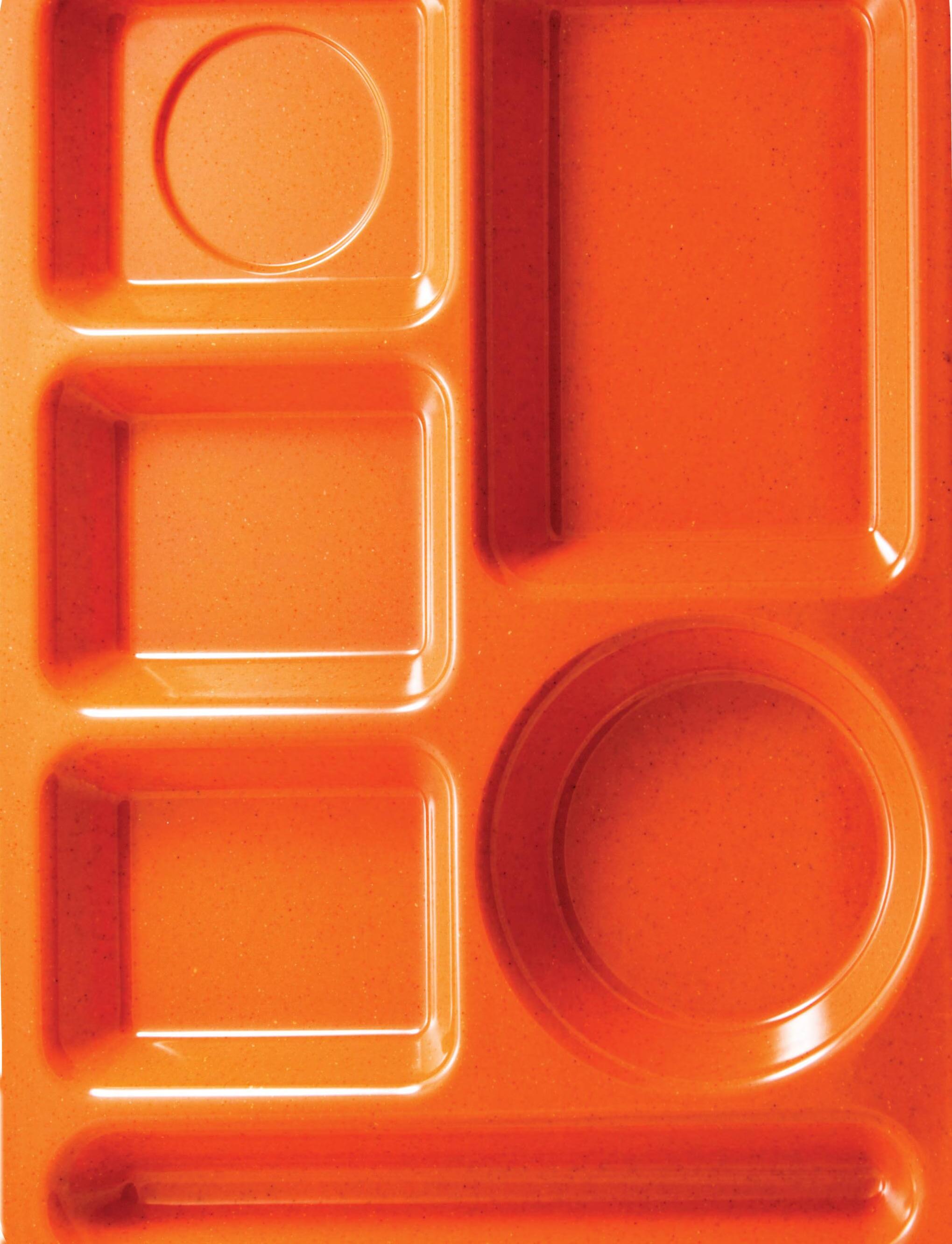
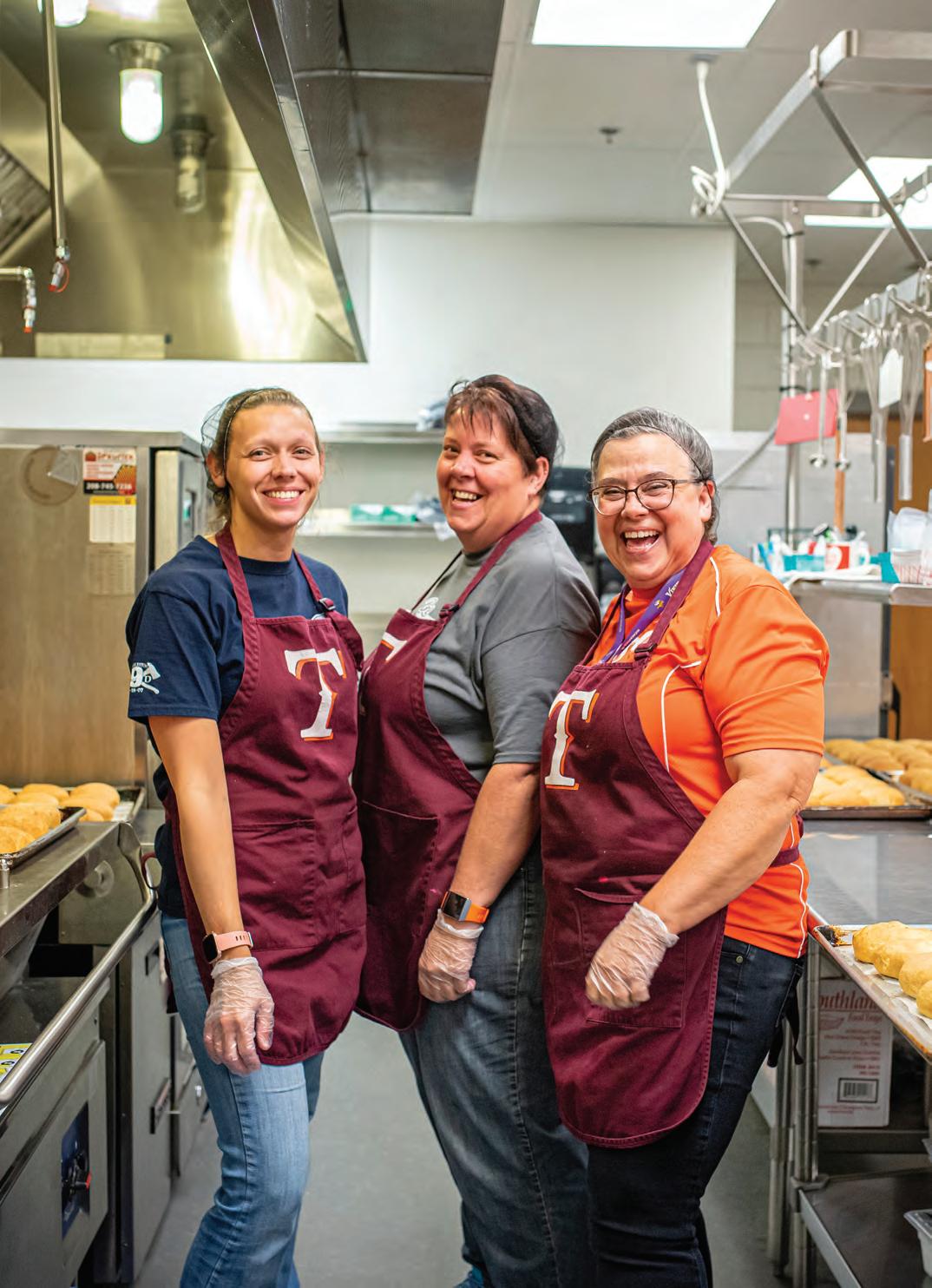
BY ERIN JENSEN PHOTOGRAPHY BY LINDA SWOPE
Lunch ladies have a special place in our culture. There’s the gravelly voiced lunch lady Doris on The Simpsons, serving up cow legs and beef hearts and adding shredded newspaper for fiber and “essential inks.” Author and illustrator Jarrett J. Krosoczka has a popular graphic novel series about an undercover, crime-fighting lunch lady spy. There’s even a National School Lunch Hero Day, celebrated the first Friday of each May.
Actor and comedian Adam Sandler sang “Lunch Lady Land” on Saturday Night Live while Chris Farley, as the lunch lady, cavorted around him—a performance that our own Brian Ashton, principal at Teton Middle School, hilariously recreated for his students after they won a bet concerning the ISATs.
Our own local lunch ladies at Teton High School (THS) and Teton Middle School (TMS) are not such ridiculous characters, but their impact and investment in their jobs are just as memorable. Cheryl Stewart, Heppie Smith, Nina Zogg, Patty Stewart, and Wendy Wilson regularly serve up breakfast and lunch with kindness, humor, and love, and district child nutrition director Kathy Rowbury oversees the program. “We love our lunch ladies,” says Brian. “Before I made the bet with the kids, I got permission from the lunch ladies. I also invited them to join me, but they were not too interested in imitating Chris Farley. They were really good sports.”
At Christmastime, the lunch ladies of Teton School District 401 forgo their staff party and use that budget to donate eggs and fresh fruit to Teton Valley Food Pantry, the local food bank. At THS, they
award a scholarship to a graduating senior who will be entering culinary school or majoring in nutrition. Both secondary schools allow students to earn a free meal and money for school clubs by serving, washing tables, and performing other jobs in the cafeteria. The district lunch ladies attend national conventions in the summer, taking part in culinary demonstrations, touring facilities, and getting new ideas. During the school year, they also make a lot of the food from scratch.
Interact with these women, and you will see that their joy of and commitment to serving up delicious food to students is apparent. As is their commitment to a little friendly rivalry.
“The middle school has the best cooks!” Wendy Wilson says. “We taste our food before serving it to the kids.” This is Wendy’s fifth year working at the middle school. Born and raised in Teton Valley, she hasn’t left, except for one six-month stint in Salt Lake City. She raised her three children here and loves the small-town feel.
“Everybody says hi to everyone,” she says. “When someone’s in trouble on the side of the road, people stop and help.”
During lunch hour, the middle
school serves more than two hundred and fifty lunches. On the occasion when a student falls out of line and misbehaves, Wendy—with her dry sense of humor—jokingly reminds them that “Patty is the mean lunch lady.”
Patty Stewart, the kitchen manager at TMS, has been a lunch lady for thirteen years. She has resided in Teton Valley on and off for more than forty years, living in both Tetonia and Victor. Her sister-in-law Cheryl Stewart is the kitchen manager at the high school. The pair married brothers years ago and became fast friends. There’s no shortage of laughter when talking with the two.
“They make students happy and welcomed every day,” says THS principal Sam Zogg. Assistant principal Brody Birch adds, “The lunch ladies are awe-
little extra joy and laughter to hungry students.
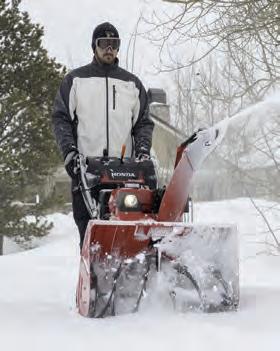

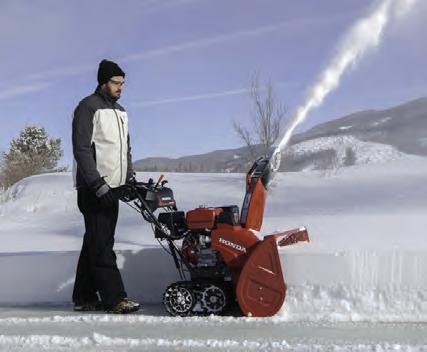
• Track drive, with adjustable auger height.
• Two stage, 389cc Honda GX OHV engine.
• Clears 32” wide, 2750 lb./min.
• Throws snow up to 56 feet.
• Infinitely variable speed, hydrostatic drive.
• Electric start (ATD only)
Starting at:

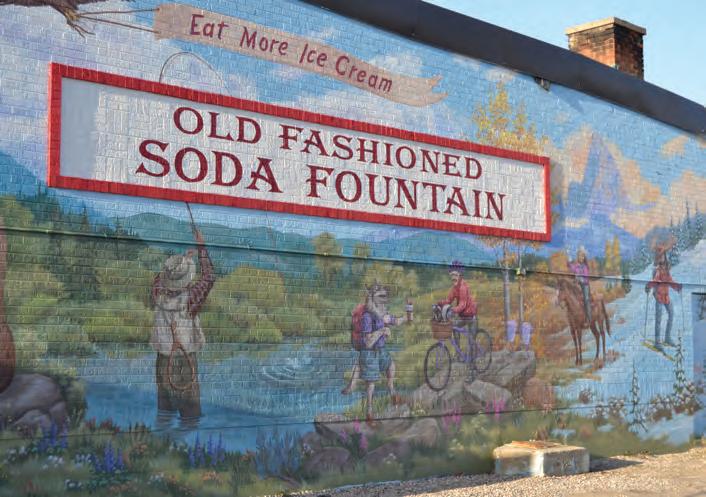
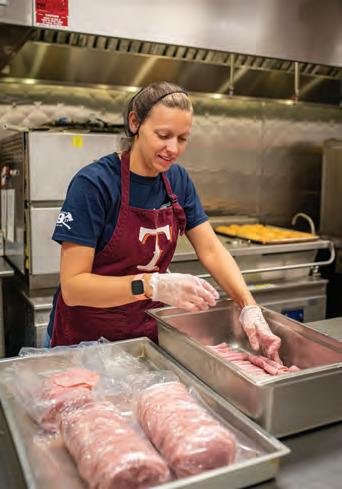
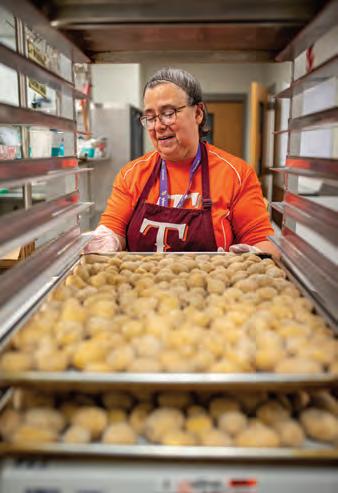
“We
TOP Heppie Smith prepares for lunch.
some. They work very hard to provide the best possible meals for students. They can be a lot of fun and just make school a better place to be.”
A day for a local lunch lady begins by 7 a.m. At six locations they serve breakfast before school—all district students are elligible to receive free breakfast through a federal program—then prepare and serve lunch. “We have to be here early so we may as well enjoy it,” Patty says. It’s rumored that she sometimes asks for a smile from a grumpy stu-
dent before letting him or her take food. In her spare time, Patty loves to concoct recipes to try out on her three (of twenty) grandchildren who live next door. Not everything turns out well, but nothing goes to waste. “My son-in-law eats all the mistakes,” she says. When an experiment is a hit with the grandkids, it might end up at school, like her invention she calls snails: Savory versions of cinnamon rolls that look like a snail head and feature eggs, cheese, and jalapeños, served with cheese sauce.
According to the lunch ladies, the favorite lunch at the schools is homemade chili and cinnamon rolls. Served just once a month, the chili is delicious and has a bit of a kick. It could contend in any chili cook-off. The cinnamon rolls, made completely from scratch, are a delectable treat. Sometimes the lunch ladies sell flats of warm cinnamon rolls as a fundraiser at various events.
Cheryl Stewart and Nina Zogg form the lunch lady team at Teton High School, where they typically serve a hundred and fifty lunches. Cheryl, like Patty, has been known to tease sleepy high school students, which she does by singing a rousing version of “Good Morning to You.” The kids give her energy, she says, and she likes mornings best.
“It’s my happy place,” Cheryl says. “I’ll buy lunch for anyone who wants to try it!”
The newest member of the THS lunch lady team is Nina Zogg, the wife of high school principal Sam Zogg. Nina moved here from Kansas two years ago. It was a big move from Wichita, a city of almost 500,000 people, to our small community. “I love the closeness of a smaller community,” she says, “and getting to know the amazing people here. We love to serve the student body and do our best to make food that is both good [tasting] and good for them.”
Our local lunch ladies at all the district schools are a delight. Their enthusiasm and dedication is clear, and their effervescent personalities are infectious. And be aware that anyone and everyone is welcome to visit for a school lunch, so come and try it! If experiencing the fun of lunchtime at a school isn’t enough to get you through the door, the promise of a warm bowl of chili and a freshly baked cinnamon roll will surely do the trick.
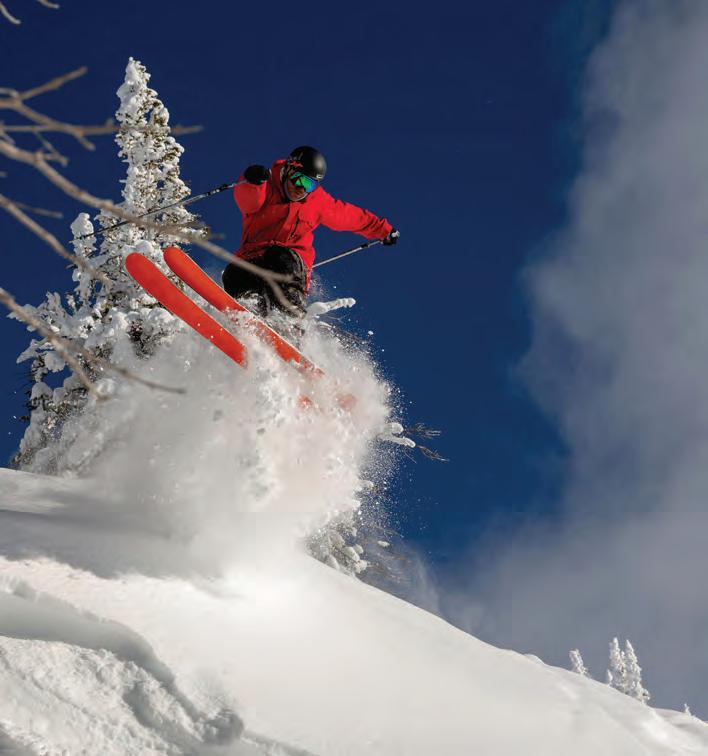






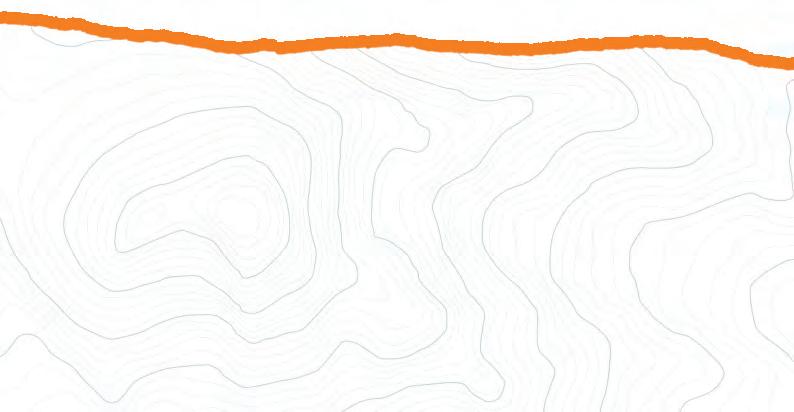







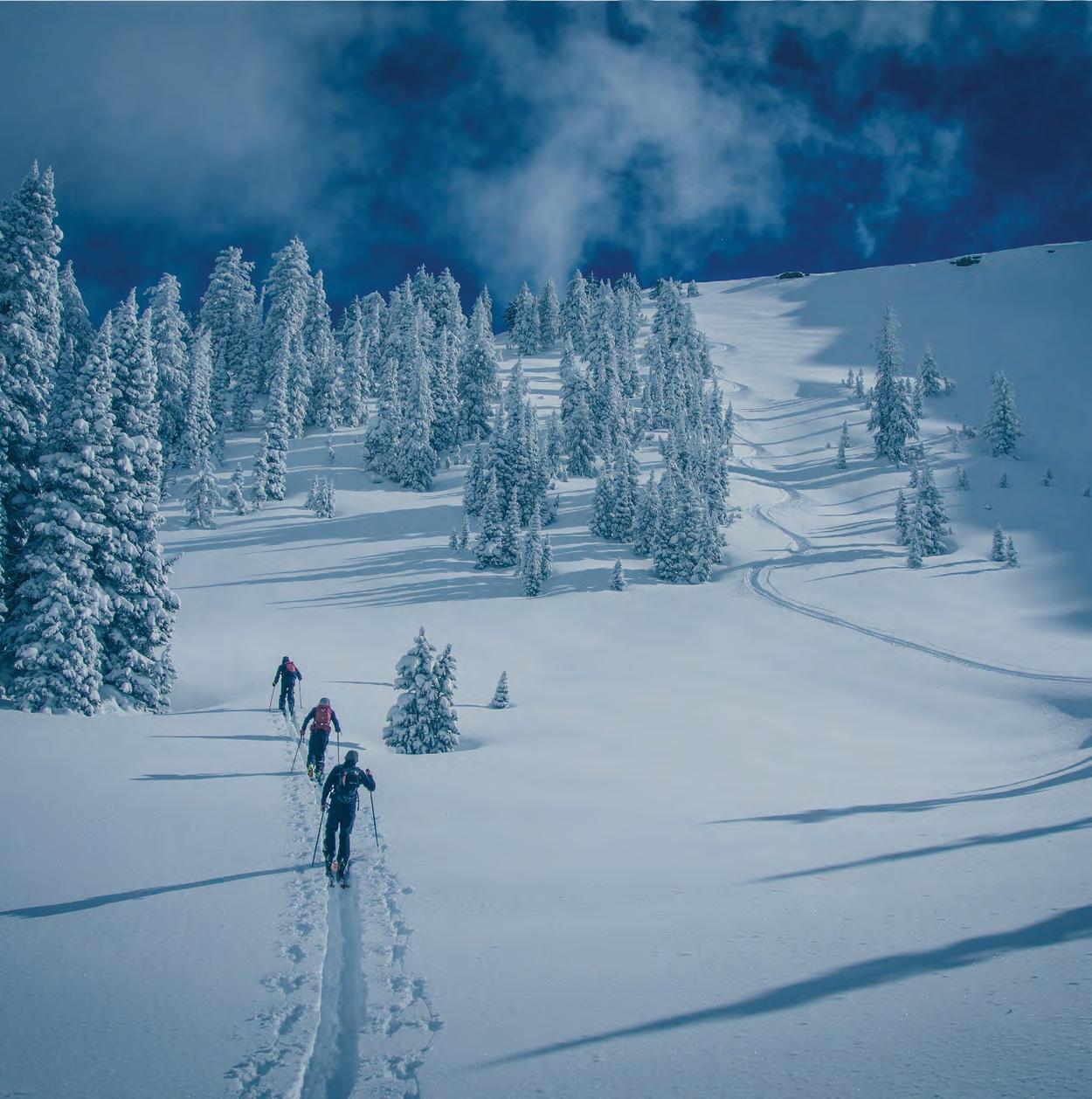
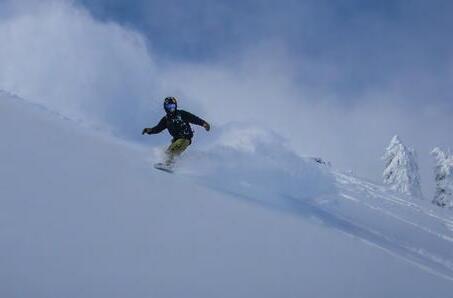
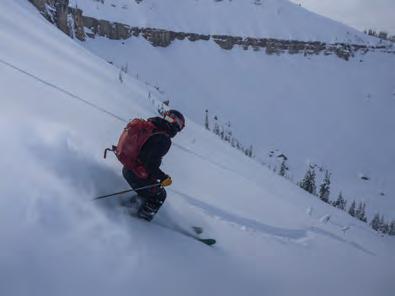
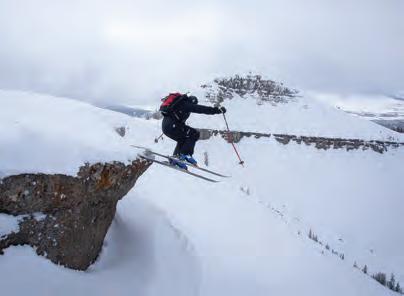
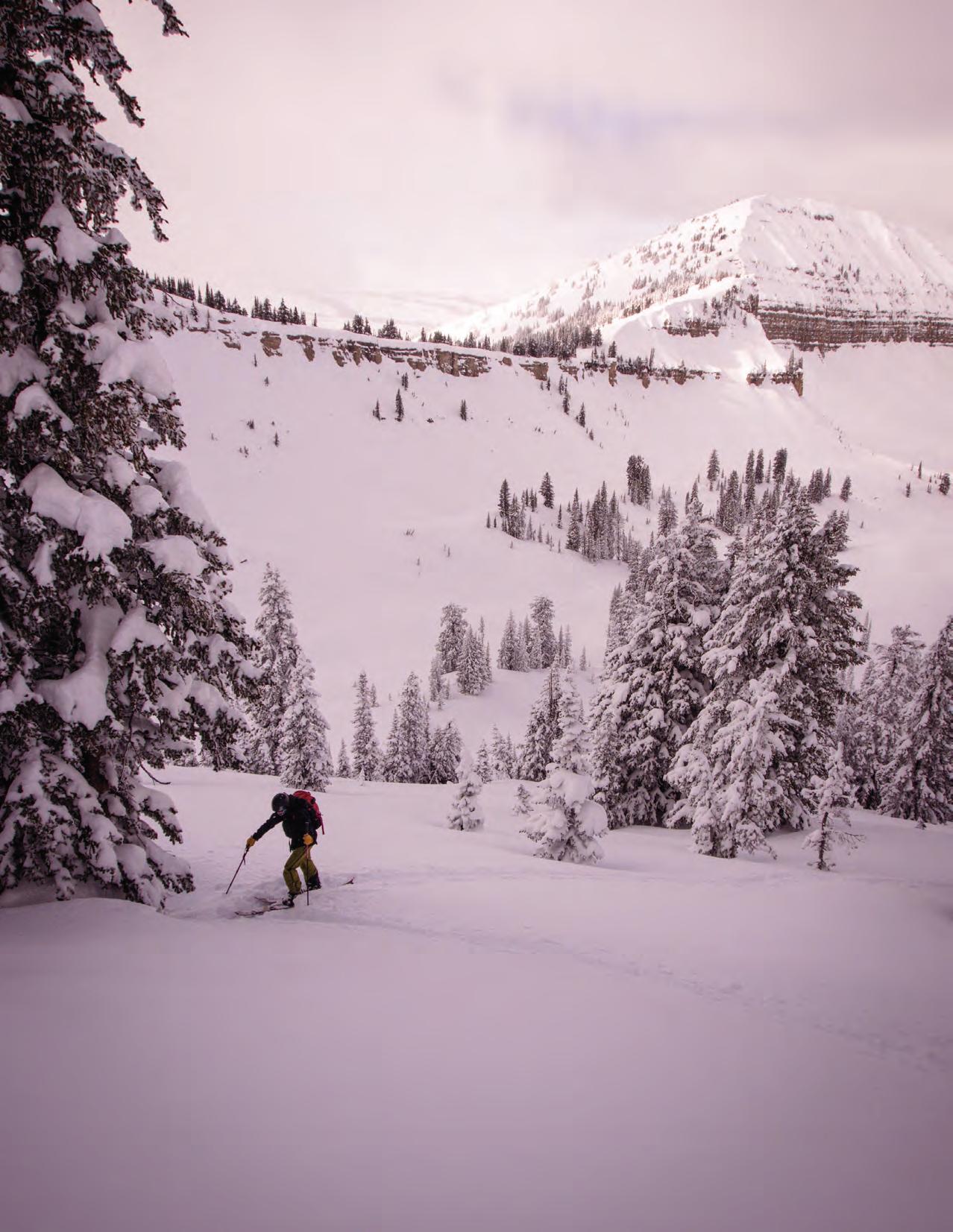
BY SCOTT STUNTZ PHOTOGRAPHY BY DANA RAMOS
conversation
Stop me if you’ve heard this one before. A twenty-year-old drives into town and gets a job at Grand Targhee Resort. He crashes where he can, maybe in a basement, and tunes skis all winter while skiing whenever he can.
It’s a common Teton Valley tale, but a couple of points set this version apart. The primary of which is that this twentyyear-old left something behind in the Tetons after his two winters here: his name. That name, Steve Baugh, now identifies a popular backcountry run near the Alta, Wyoming, resort.
The run that bears his name, Steve Baugh Bowl, sits just outside the boundaries of Grand Targhee, giving backcountry skiers, armed with the appropriate knowledge and avalanche safety gear, easy access. Depending where they drop, skiers and boarders can choose from open pow fields, small cornices, or, really, going as big as they want.

“Initially they started calling it ‘Steve Baugh Memorial Bowl,’ because we maybe didn’t ski it as safely as it should have been skied,” says Steve, now sixtysix. “I think we maybe stomped on the cornice a little bit, then said, ‘Who wants to go first?’ I think I volunteered real quick and took off, being a little bit
of a pig. That’s the rumor I hear now, anyway.”
As with most ski legends and lore, it’s hard to say if Steve was actually the first or why the bowl now carries his name. Grand Targhee’s ski patrol director Joe Calder remembers a resort poster of Steve Baugh with the bowl in the background as a possible origin. But Steve was known to be an exceptional skier without a doubt, and his notoriety has carried through to the next generation of hungry powder-chasers.
Steve Baugh Bowl is where I, like many others, enjoyed one of my first backcountry experiences. The fact that Steve Baugh was a real person, let alone that I would one day offer him a poorly made cup of coffee in my living room, never crossed my mind as a possibility.
In one of those odd small-town coincidences, my new neighbor on Little Avenue, also known as Ski Hill Road, just happened to know him. J. “Goose” Garret is an ex-ski bum who moved to town from Sun Valley, Idaho, in the seventies and now flies a pirate flag over his patio. One day he waved me over to our shared fence and said, in his usually jolly way, “I heard you’re looking for Steve Baugh.”
As luck would have it, Steve and Goose both grew up in Logan, Utah. In

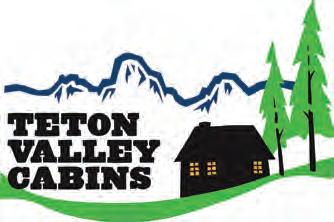
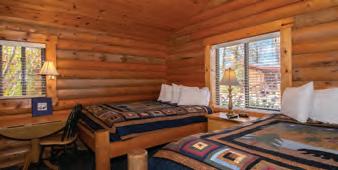
Your Home Base for Relaxation or Adventure
On the road to Grand Targhee
Satellite Television - WiFi
New Jacuzzi - Kitchenettes
Hand-crafted Fire Ring Picnic Grounds
Welcoming Reunions or Groups
Affordable Rates and Specials (866) 687-1522
www.tetonvalleycabins.com
• Quality Prepared Foods and Fresh Cut Meats
• Great Selection of Wine and Local Beer
Every Day 7 AM to 9 PM (208) 787-2230
Main & Center in Victor

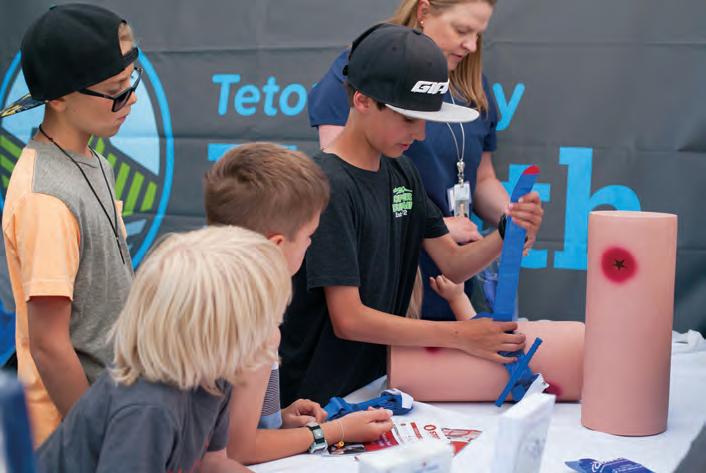
We are proud to provide education and sponsorships to our valley and local nonprofits.
AED Training
Community Foundation of Teton Valley
Community Resource Center
Basic Life Support Training
Diabetes Prevention Education
Downtown Driggs Association
Education Foundation of Teton Valley
Family Safety Network
King Devick Concussion Program
Ronald McDonald House
Seniors West of the Tetons
Smoking & Vaping Cessation
Stop the Bleed Training
Stroke & Heart Attack Education
Subs for Santa
Teton County Fair
Teton County Idaho Search & Rescue


Teton High School
Teton Indoor Sports Academy
Teton Regional Land Trust
Teton Rodeo Club
Teton Valley Aquatics
Teton Valley Baseball Association
Teton Valley Community School
Teton Valley Food Pantry
Teton Valley Foundation
Teton Valley Mental Health Coalition
Teton Valley Student Health Fair
Teton Valley Trails and Pathways
Tin Cup Challenger
Wrun for Wray & many more
1973, Steve and their friend, Tim Roberts, were looking for a place to spend the winter. They found Grand Targhee, where Steve bought a fifty dollar student ski pass thanks to his college ID. (He eventually got the fifty bucks back when he was hired as a part-time ski patroller.)
That first winter, Steve lived in a few places, including sharing a small attic room with ski patroller Jim Roberts. He eventually secured a room in Targhee’s official employee housing, but he


started the season crashing on the stage inside the basement of the original Rendezvous day lodge (the lodge burned in a 1990 fire) or in the sack lunch room, a closet off the resort kitchen that during the day stored employees’ food.
Steve ended up spending the winters of 1973–74 and 1974–75 in the valley.
Nowadays, Steve is an environmental consultant and sales rep for Wintersteiger in California. When he looks back on the time he spent in the Tetons, there are some things that stand out, but ironically he says his run down the bowl that now bears his name honestly isn’t one of the major ones.
“You know, when you think back to the stuff you’ve [skied] out of bounds, or the [other] things you’ve done … It doesn’t even stick out. It stands out because it was a good day, but as far as it being a ‘giant adventure’, or anything ...” He shrugs his shoulders. “Yeah, it was cool,” he says.
But at the time, taking on a run like Steve Baugh was a very big deal.
“Things were different back then; that was a big adventure,” Goose says. “What they are doing on skis today and where they are able to go on skis was unfathomable back then.”
“Initially they started calling it ‘Steve Baugh Memorial Bowl,’ because we maybe didn’t ski it as safely as it should have been skied...”
Steve Baugh


I asked Steve if he was surprised that he was the person the run was named after.
“Yeah, surprised and embarrassed,” he says. “All I did [that day] was go skiing with two other guys.”
What might be most remarkable about Steve’s time here, and maybe even more inspiring, has nothing to do with skiing. Steve Baugh lived here for two years. And when I tried to find him to delve into the legacy of this wellknown ski run, not only was my neighbor a friend of his, but it seemed like everywhere I turned people knew him. My former landlady Liz Pitcher skied with him when he lived here. The Melehes brothers, who owned the Teton Teepee Lodge for decades, are still in touch with him.
And whether or not he was the first to claim turns down the bowl, or if it was a remarkable memory or not, the imprint he made on the valley seems to be more than just his name on a resort map—Steve’s story shows that, no matter how brief, your time in the Tetons can be something special, leading to lasting friendships and sometimes even, albeit unintentionally, your namesake on the mountain.

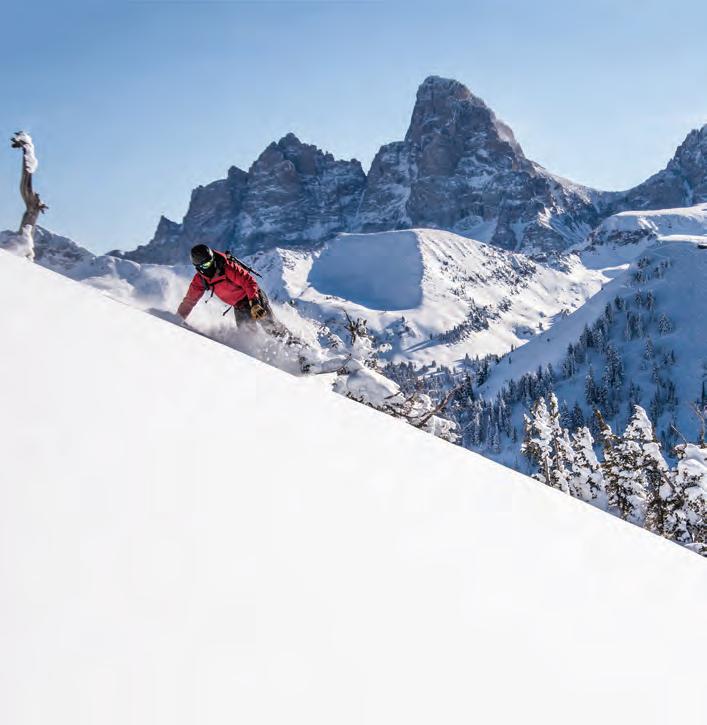


BY
MOLLY ABSOLON PHOTOGRAPHY BY LINDA SWOPE
Teton Arts strengthens intersection of community and creativity
There is something about the atmosphere created by Teton Arts, coupled with the enthusiasm of executive director Greg Meyers, that convinces even non-artists that they have a creative side. The organization is unpretentious, collaborative, and open.
At its facility north of Driggs, the artwork pinned to the walls or laid out on the shelves is funky and fun, ranging from drawings by preschoolers to professional-quality pottery. Stacks of supplies and tables of drying paintings give the place a lived-in feeling. This isn’t a fancy, unused space. It’s cluttered, a little messy, obviously brimming with creativity. The underlying message it conveys is evident: You don’t need a special talent to be an artist; you just have to try. Art is for everyone.
Teton Arts has been around for twenty-five years, but its educational mission became more focused when Greg came on board in 2016.
“We are not an artists’ guild,” Greg says. “We tried that in the past, but there’s really not much we can offer a fine artist, and we can’t compete with the Art Association of Jackson Hole. But we don’t need to compete. There is plenty we can offer the kid who needs a summer program.”
The organization’s mission is “to entertain, educate, and inspire [the] community by engaging people of all ages in
the creation and enjoyment of the arts.”
For Greg, that charge has been an exciting challenge. He’s passionate about deconstructing the mystique and pretense of fine art. He wants people to see art everywhere and to garner inspiration from everything.
Teton Arts offers programs for kids and adults, from pottery to print making. Teton Valley resident Cecilia Connell has been participating in the adult ceramics classes for five years. An architect by trade, she was drawn to the idea of a program that connected her with other people interested in art and didn't require a formal background.
“That is the beauty of Teton Arts,” she says. “Just about anyone in this community, for a very modest price, can go and enjoy a quality experience in the arts that are only usually available to those who are [professional] artists.”
Teton Arts also partners with schools for collaborative projects. One of the projects Greg is most proud of is a mural he facilitated with members of the VOICE students, a peer-to-peer mentor program in which juniors and
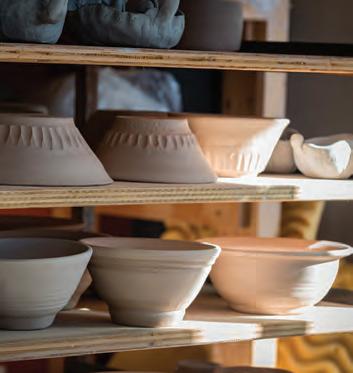
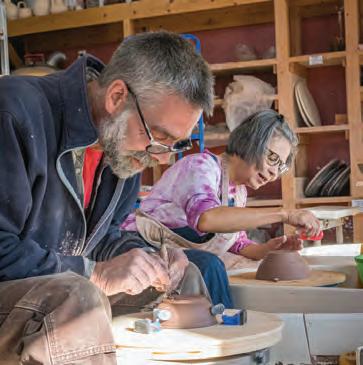
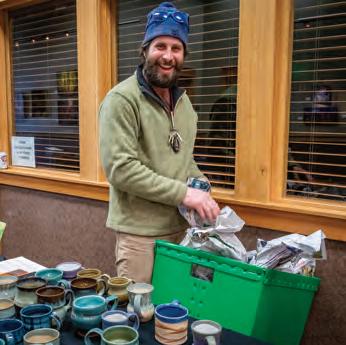
TOP Clay bowls line the shelves, waiting to be glazed and fired.
CENTER Ceramicists Doug Cassidy and Cecilia Connell add the finishing touches to their bowls.
BOTTOM Teton Arts Council
Executive Director Greg Meyers joined the nonprofit in 2016. Since, he has focused on the educational component of the mission.

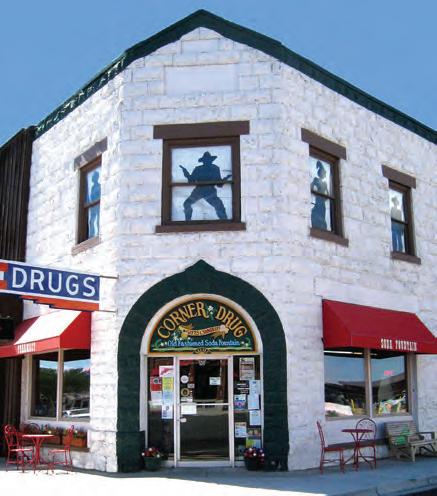

seniors offer guidance to younger classmates at Teton High School. The kids weren’t so-called “artists,” but together they created a beautiful painting depicting a large tree with colorful leaves standing in front of a mountain range.
“The kids went into their homeroom and got their classmates to write down something they could do every day to make their school better,” Greg says. “Those responses became the trunk of the tree.
“Next, they sat in front of Broulim’s [supermarket] and asked passersby to think of something positive and then make a thumbprint with paint on a piece of paper. The thumbprints became the leaves. It was a community effort.”

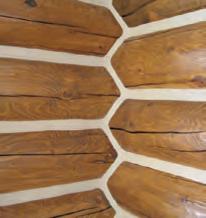



Today, a rendition of the painting appears on Teton Arts’ Tin Cup Challenge fundraising solicitation. But it’s not the only community project Greg has spearheaded during his tenure. Teton Arts helped facilitate the painting of another mural—which now hangs at the Fifth Street Skatepark in Driggs—in connection with Friends of the Teton River. They also created funky, colorful wooden flowers that community members painted and then installed at a new, popup park in Victor called HeART Park.
You don’t have to be around Greg long to get excited about the intersection of art and community. He waves his arms around when he talks, and his words come faster as he describes his latest project. It’s clear that, while he is a gifted artist in his own right (he’s a ceramicist), he thrives on making art accessible to people outside of what can often seem like a gilded, intimidating world, open only to the super talented or their wealthy patrons. That’s not what art is to Greg. To him, art is beauty, joy, fun, and camaraderie.
“I went to a wonderful school [Conestoga High School in Pennsylvania] where we had arts at least once or twice a day,” he says. “I am totally aware that I grew up gifted and lucky. Art gave me a tool to be happy and to fit in. All I want to do is pass that on.”
Greg has taken Teton Arts on the road with his work in schools, but much of its programming takes place in a large donated warehouse building in the industrial park north of the Driggs airport. The building boasts two large studio spaces, one dedicated to pottery and the
other used for painting classes and kids’ programs. Teton Arts offers after-school programs throughout the school year, and in the summer it runs camps that help kids explore their imaginations through drawing, painting, sculpting, ceramics, collage, coloring, and music. The facility also includes an outdoor obstacle course, a puppet stage, an educational garden, and some large, red sculptures of bison whose likeness has evolved into the Teton Arts logo. In addition, Teton Arts maintains a gallery space in the Driggs City Center where rotating shows feature work by local artists.
You don't have to be around Greg long to get excited about the intersection of art and community. To him, art is beauty, joy, fun, and camaraderie.


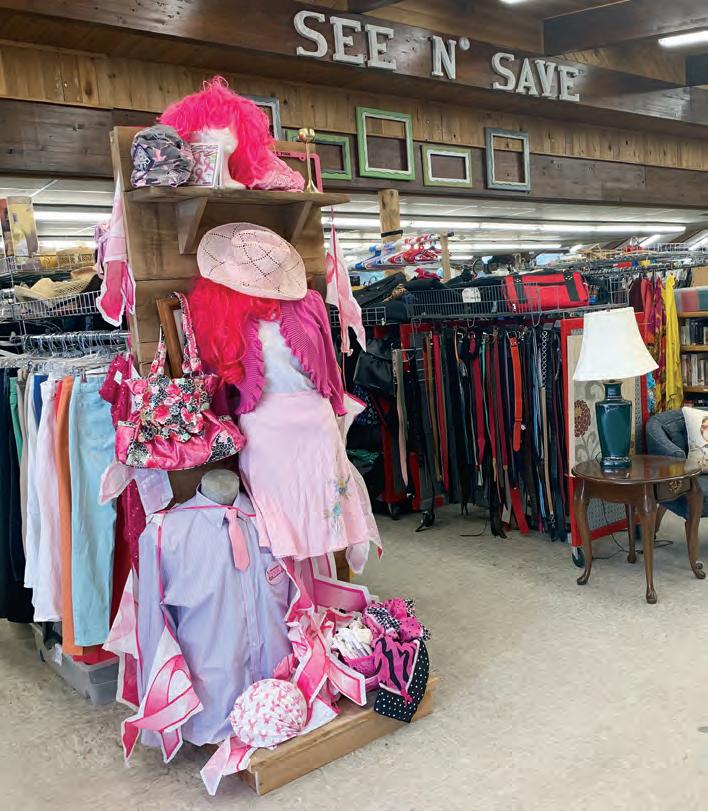




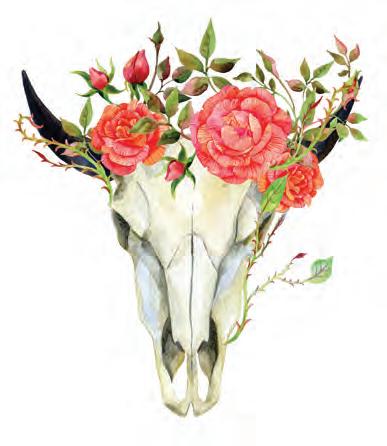



“I want people to see art everywhere and to garner inspiration from everything.”
Greg Meyers Executive Director, Teton Arts Council
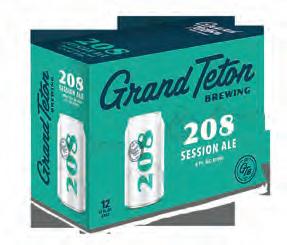


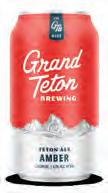
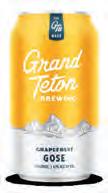

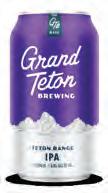

Greg is no longer the sole staff person, either. Charlotte Edminster is Teton Arts’ lead teacher and outreach coordinator, and she also keeps the ceramics studio going. Greg says her contribution is critical to the organization. In the summer, four or five counselors come on board to work the camps, and throughout the year local artists teach classes or offer free family workshops at the studio. Finally, more than forty volunteers are a critical part of what makes Teton Arts thrive, helping with everything from event organizing to throwing potlucks and writing grants.
“These dedicated individuals are the most important part of the entire organization,” Greg says. “They make our growth possible while strengthening our community and boosting morale.”
Greg acknowledges that the organization is still a little rough around the edges, as it works to firm up its finances and board makeup. But watch summer campers hard at work on a painting, or see a young teenager come in to check on a pot he’s waiting to have fired, and you’ll get a sense of the energy and enthusiasm Teton Arts instills in its patrons. After all, art really is for everyone.
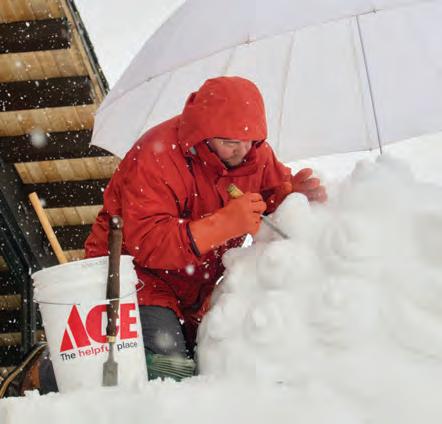



SNOW
FRIDAY, Jan 10
TUESDAY, Jan 14 - FRIDAY, Jan 17 Snow Sculpting & Community Workshops
SATURDAY, Jan 18
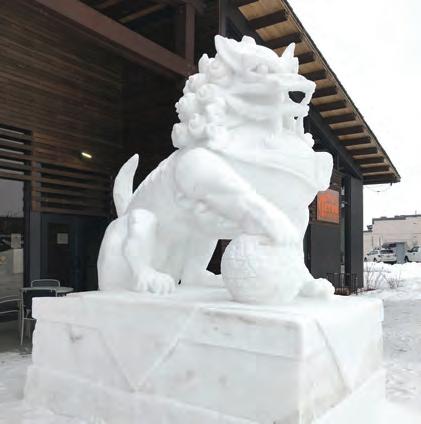







BY MOLLY ABSOLON PHOTOGRAPHY BY LINDA SWOPE
Veteran yoga instructor makes her mark, welcomes the ‘next generation’
When Sundari Lucey arrived in Teton
Valley thirty-plus years ago, no one knew what to make of her. She was one of those hippies—there were probably five of them in the valley at that time—who had long hair and did weird things like massage therapy or some Indian exercise called yoga.
“There wasn’t a yoga scene back then,” Sundari says. “If you were into yoga, you were odd. People saw it as a cult. But the people who were practicing in those days were way ahead of their time.”
Sundari doesn’t say it, but she’s included in that pantheon of yoga innovators who were ahead of their time. It’s hard to imagine today when yoga has become so ubiquitous, but in 1987 when Sundari quit her job as a surveyor in the oil fields to pursue the practice, many people in the United States had never even heard of yoga—including Sundari’s father, who thought she was crazy to give up a lucrative career for such a fringe pursuit.
Now an internationally acclaimed yoga instructor, Sundari has devoted her life to the practice.
While perhaps not as profitable as work in the oil industry, the pursuit has brought her fulfillment as well as recognition. At some point in her long career,
she has probably taught just about everyone who practices yoga in Teton Valley, and it’s safe to say that she was key to bringing the tradition to the area back in the early nineties. She has also taught throughout Europe, offered workshops in Mexico and around the United States, and provided teacher training to thousands of other yoga instructors.
“Sundari’s dedication to her practice and teaching has been an incredible asset to her community,” says renowned yoga instructor Eddie Modestini. “She has explored so many facets of yoga in her own healing and uses that information to serve the students in front of her.”
A few years ago, as she approached her sixtieth birthday, Sundari began to realize she was tired of running a studio—tired of photocopying schedules, of paying bills, and of making sure the studio was clean, the doors locked, and the lights turned out. She wanted to focus on working with private clients
or aspiring instructors, not deal with the day-to-day routine of running the studio. But she didn’t want to abandon the community she’d developed at her Driggs studio, Yoga Off Little, so she began looking around for a successor to take over. That successor could not, of course, be just anyone.
“One of the things I’ve heard from students is that I have really high standards,” Sundari says. “I always thought that was a critical observation, and I’ve struggled with how to respond to it. But what I’ve come to realize is that I have high standards because I know what yoga can do. It’s really strong medicine.”
That strong medicine is about “being conscious of the relationship between self and the universe or the greater spirit,” Sundari says. For her, yoga is part of an ancient tradition that explores the alignment of an individual’s inner energy with the energy of the planet. It’s a physical and mental practice that requires patience, commitment, dedication, and an open heart, and—as everyone knows — its popularity had exploded. In fact, it has exploded to such a degree that Sundari worries about the effect.
“Yoga is not about beer, ping pong, goats, or wine,” she says. “It’s not about being hot or cold, upside down or inside out. It’s not about wearing the right outfit.” These interpretations of yoga— which really do exist, just look online— make Sundari fear that the practice is being watered down and its inner power lost, and she’s on a warpath to keep that from happening. So, when she started looking for a successor, she knew she needed to find someone with the same goals and philosophy. In 2014 she met that person.
Erin Huckins-Aylmer was a student of Sundari’s and, like Sundari, she felt strongly about trying to keep yoga authentic. Erin, who began her practice in Costa Rica in 2009, focuses her teaching on “the universal principles of alignment that spark the light of awareness
LEFT Sundari Lucey has been a leader in the yoga community, both in Teton Valley and beyond, for more than thirty years.
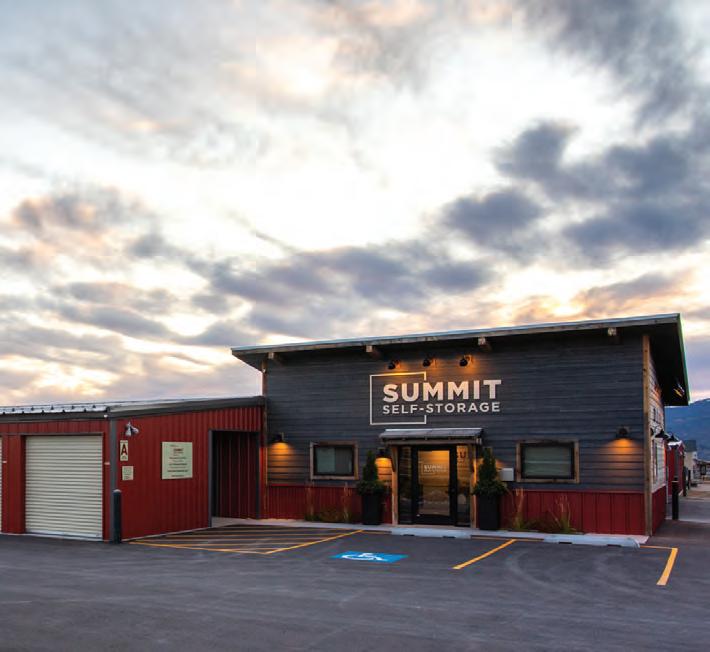
and attune to a flow state of being.” That focus aligned with Sundari’s.
One day during her training, Erin found herself sitting with Sundari on the porch at Yoga Off Little, talking about whether she was interested in taking the studio over.
“I felt a sense of honor that she asked me,” Erin says, but adds that it was also intimidating. Erin admits she had put Sundari on a pedestal, and worried that she’d never be able to live up to her idol’s standards. Nonetheless, she felt in her heart that it was the right move, so Erin said yes. In 2014 the pair began a kind of mentorship/partnership that culminated in 2018 when Sundari formally handed over the yoga mats.
“It took a long time,” Erin says. “I had to show Sundari that I was ready. She’s this wise woman with thirty years of experience. I found myself kind of playing the child role. It was only when I had matured and [felt that I] could meet her as an equal that she found comfort in letting go.”
Sundari uses some of the same language when she describes the transition. The studio was her baby, she says, and she found it hard to give it up. But Erin showed the determination, willingness to learn, and courage to push herself that convinced her mentor that Erin was ready.
The grace with which the two women exchanged the leadership of Yoga Off Little did not go unnoticed by the studio’s students. Rich Rinaldi, coowner of Yöstmark Mountain Equipment in Driggs and a longtime member of Yoga Off Little, says he’s been pleased with the transition.

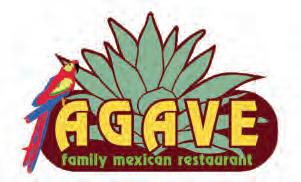





“I’ve known Sundari for a long time. She’s an amazing instructor and for us to have her in the valley is an incredible thing,” Rich says. “Erin’s a great instructor, too. She’s the next generation. It’s kind of like what we see in the guiding world, where a seasoned guide brings an up-and-coming guide who’s going to be great under her wing. It’s a mentorship, bringing someone along and then letting them carry on. Only in this case it’s yoga.”
The summer of 2019 was Sundari’s first without any regular classes. She said she felt a certain amount of trepidation when June rolled around and she had nothing on the schedule. But


“What I’ve come to realize is that I have high standards because I know what yoga can do. It’s really strong medicine.”
Sundari Lucey Founder of Yoga Off Little
ABOVE Sundari Lucey with mentee and new Yoga Off Little owner Erin Huckins-Aylmer. This summer, Sundari passed her studio on to Erin, beginning a new chapter for both women.
gradually, as she watched Erin gain comfort and power in her role, Sundari found herself cherishing her new freedom and the opportunity to focus on the parts of yoga that bring the most meaning to her personally.
Namaste, a term commonly used in yoga (some say overused), directly translates to “the light in me bows to the light in you.” A fitting phrase to end a yoga session, and to summarize this changing of the guard in the local yoga scene.

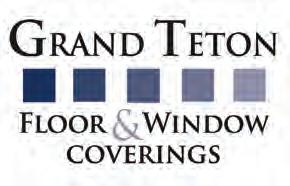

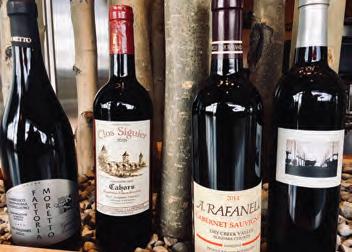


Pure mountain water + locally sourced ingredients
= Teton Valley’s quartet of amazing breweries

daho is the nation’s top barley-producing state, and in 2018 the Gem State surpassed Oregon to become second in nationwide hops production (behind only Washington state).
While a lot of Idaho’s barley and hops are shipped out of state, much of both stay within our borders, going into the more than 90,000 barrels of beer produced each year in Idaho’s craft breweries, which number more than five dozen. Four of those breweries are located right here in Teton Valley.
Just a year ago, the valley was home to only two beloved and longstanding breweries—Grand Teton Brewing and Wildlife Brewing. Two more joined the roster in the past year: Citizen 33 Brewery and Teton Thai Brewery. Now, residents have four local craft-brew options where they can wet their whistles, and each has its own unique local touches.
Grand Teton Brewing was the valley’s first brewery. It got its start over the hill in Wilson, Wyoming, in 1988. Its original name was Otto Brothers’ Brewing, named for Charlie and Ernie Otto, who started the original 210-square-foot facility. It was “the very first modern microbrewery in Wyoming,” according to brewery operations director Chris
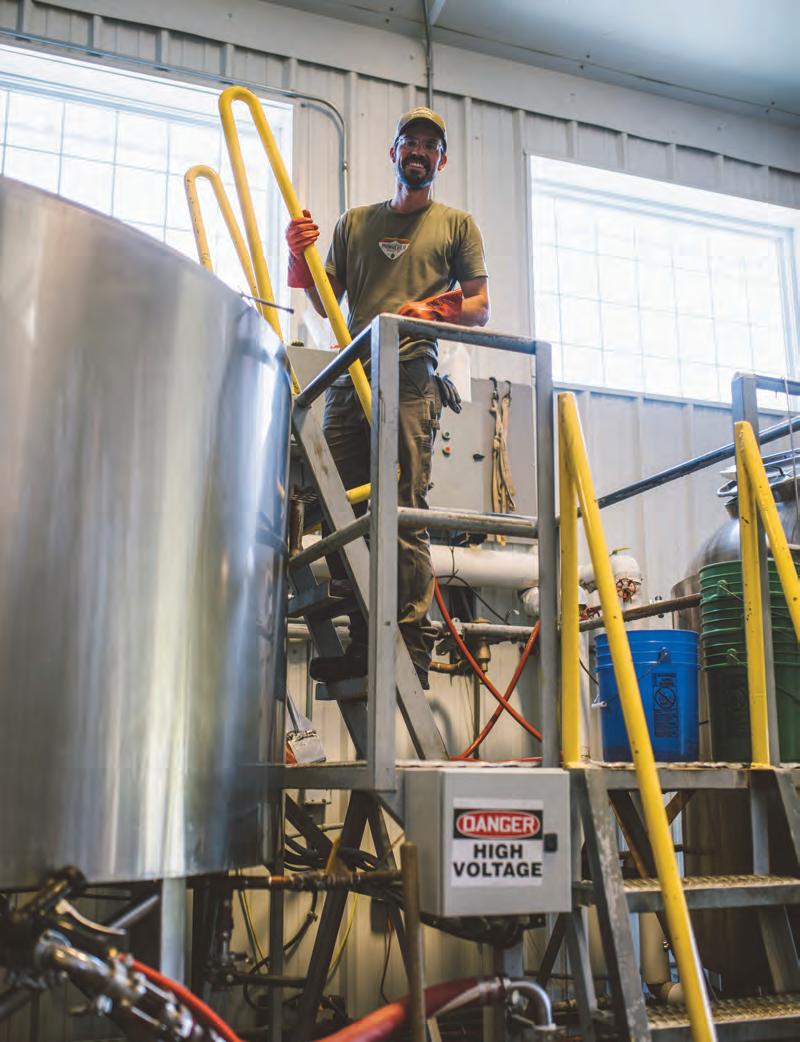
Furbacher, though he notes it’s obviously not in Wyoming any longer. The brewery launched its flagship Teton Ale in 1989, soon followed by Old Faithful Ale and Moose Juice Stout. However, Wyoming law didn’t allow retail sales by breweries at the time, so the Otto brothers spent three years working to change the law. In 1992 they were finally able to open a brewpub in Wilson, and they began bottling that same year. The brewery also re-popularized an old tradition: growlers. They updated an old European design to create a 64-ounce glass growler that people can get filled and refilled with beer straight from the tap, opening up an array of beer options to drink at home that aren’t available in cans or bottles.
In 1998, the brothers decided to move their brewery over Teton Pass and set up shop near Victor. In 2000, they changed the name to Grand Teton Brewing to appeal to a wider audience, and then, in 2009, Steve and Ellen Furbacher purchased the brewery. Operations director Chris Furbacher is their son.
The brewery is ever-evolving, and just this year it rebranded and modified its logo and design to better embody the local national parks theme. “So much of who we are is national parks,” Chris says. “We sell a lot of beer in Yellowstone, a lot of beer in Grand Teton, and we have visions of going to some other [national parks].” The brewery also recently switched from glass bottles to aluminum cans so people can better enjoy the beer outdoors. Chris says the move was motivated by the fact that cans are easier and safer to take hiking, boating, and camping. Aluminum cans

are also more environmentally friendly and beer is said to retain better flavor in cans versus glass bottles.
Grand Teton Brewing’s local mindset goes beyond the neighboring national parks. It uses mostly Idaho-grown base malt, with much of it coming from Mountain Malt near Idaho Falls. For the past five years or so, they’ve also used Idaho hops.
Chris enjoys the cooperative nature of the local brewing scene and how the breweries work together to help each other out. “[It’s a] good community of a lot of old friends and new friends,” he says. “For a small community of brewers, some of the highest quality beer in the country comes out of here, I think. … I’m a little biased,” he adds with a smile.
Just up the street from Grand Teton
Brewing and within the city limits of Victor, Wildlife Brewing began operations in 2003. Just three years later, the brewery, owned by Ric Harmon, started offering takeout pizza and growlers, then built a dining room addition in 2008. The enterprise continued to expand and in 2016 it began canning. Management also installed a single-fill “crowler” machine, which gives them the ability to can any beer on tap.
“It’s nice because you don’t have to worry about bringing glass anywhere,” head brewer John Able says. “With cans, you take it wherever you go in the wilderness … pack it in, pack it out.”
John, who learned how to brew in Denver, uses local growers when he can, including Mountain Malt for base malt barley and pelletizing plant Mill 95 near Wilder, Idaho (west of Boise) for some hops. “It’s just being creative, trying to find different ingredients, and trying to create something unique that is going to get someone to drink your beer,” John says.
Sales manager Rene Ceja appreciates the thriving local beer scene and the brewers involved. “The Teton Valley brewery scene is great because we share an appreciation of camaraderie,” he says. “We have great working relationships with the surrounding breweries, including those over the pass, and often help each other out if we get stuck in a bind. By supporting one another, our local breweries have won medals, grown regionally, and been successful at playing our part in growing Teton Valley’s reputation and economy. ”

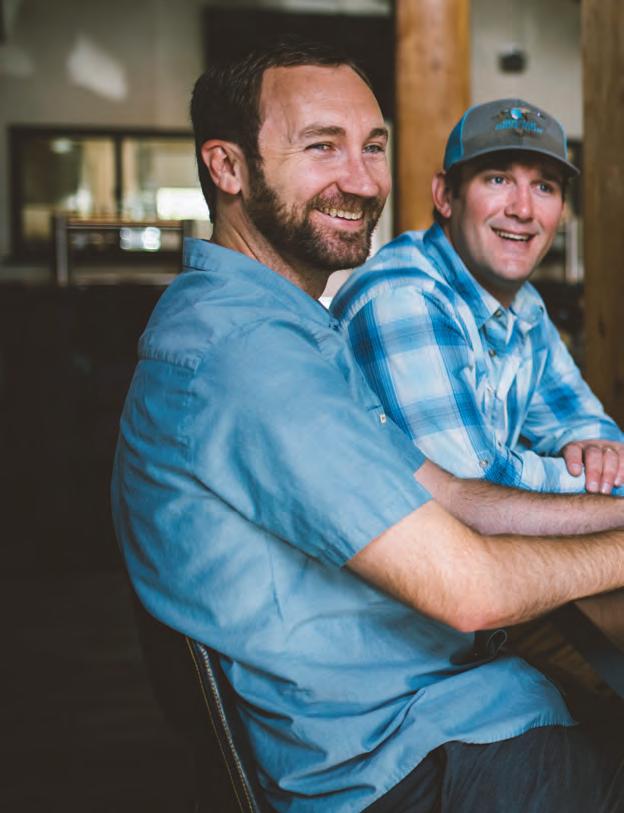
While Wildlife and Grand Teton have been brewing beer for years, the local beer scene doubled in the past year as two new players entered the scene: Teton Thai and Citizen 33.
LEFT CITIZEN 33 HEAD BREWER NICK FARNEY MANAGES BEER PRODUCTION. RIGHT NICK (SECOND FROM LEFT) ENJOYS A COLD ONE WITH OWNERS (FROM LEFT) KELLY WILLIAMS, GABE AUFDERHEIDE, AND LISA AND CHRISTIAN HANLEY.
Teton Thai’s restaurant has been a mainstay in Driggs since 2010, but its brewery just opened in October 2018. Like Wildlife’s John Able, brewmaster Sam Sisk moved up from Denver, where he was lead brewer at Rock Bottom Brewery. He and his team began transforming a former office space adjacent to the restaurant in downtown Driggs’ Colter Building into a small but efficient brewery. Starting from scratch, they worked to properly outfit the space, including cutting a floor drain and wrapping stainless steel around the walls before introducing a system with just two fermenters—a number that has quickly risen to six.
“It’s very intimate to be making that small amount of beer with that small amount of people,” says Sam. “It’s a very small project, and I’m in love with the feeling, like a ‘science experiment kind of feeling’ in the brewery.”
The brewery’s first batch was Money Penny Pale Ale, an English-style ale that is still their top seller. Sam describes it as “super drinkable, low alcohol, [with] a little bit of caramel sweetness to it.” The brewery has tried a number of other styles, as well, from a nitro milk stout to a raspberry sour to a Mexican lager.
For a few months, the taproom space adjacent to the brewery also served as a small sushi bar, but it’s currently offering beer on tap and a small pan-Asian menu from the Jackson-based sister restaurant Teton Tiger. People can now enjoy Teton Thai Brewery’s beers inside the taproom or at its namesake restaurant down the hall. Owner Ryan Haworth, who also owns Teton Tiger, plans on distributing the beer there as well, and at his new Missoula, Montana, restaurant called Zoo Thai. Eventually, the brewery plans on expanding production and distribution and introducing either a canned or bottled line.
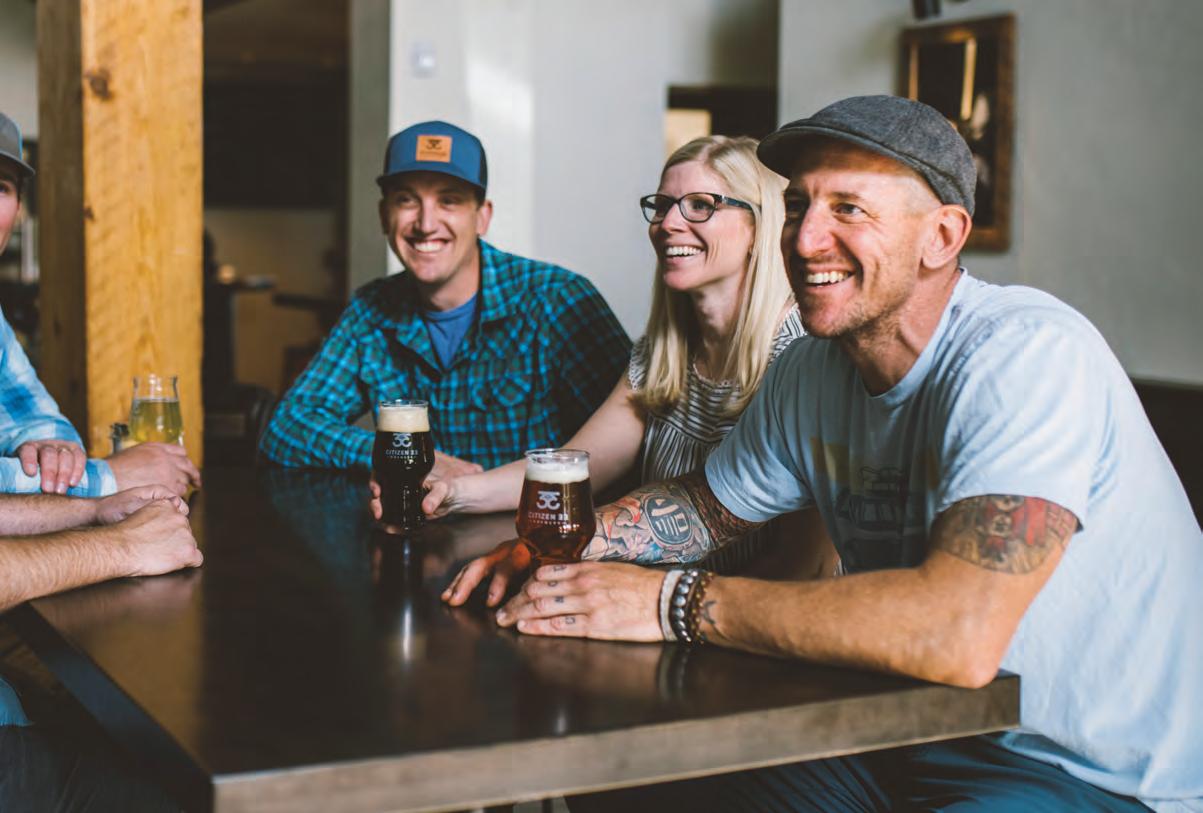
Finally, Citizen 33 Brewery borrowed its name from the state highway that runs through the valley, connecting all of the county’s residents. The moniker underscores the importance of all things local. “We’re on Highway 33, and Citizen 33 means we’re all citizens of this valley,” head brewer Nick Farney says. “We’re trying to keep things really local: local minded, localized production.”
Inside the new restaurant and brewery, Nick says he creates his beer “backwards,” first looking at what ingredients are available locally and then basing his beer selections on those ingredients.
“A lot of breweries look at a beer they want to make, or a recipe, and then they’ll go get those ingredients and make that beer,” he says. “We look at what ingredients we have versus what beers can we make. There are a lot of beers I won’t make or a lot of styles I can’t make because those ingredients aren’t grown in Idaho. … We’re really trying to make a unique product that’s
all Idaho. Idaho grows some of the best beer ingredients in the country. We’re really trying to showcase that.”
While Nick acknowledges that it would be easier to select his beers in a more conventional manner and outsource whatever ingredients he needs, he says it’s worth it to put in the extra effort to use local ingredients.
“On my end, it would be really easy to go online and order some hops from New Zealand or other ingredients from across the country,” he says. “But I choose to seek out the limited ingredients that are grown here in Idaho that I have to choose from.” He points out that this methodology produces a smaller carbon footprint and is easier on the planet. “As we go about in the future, we need more localized production, whether it’s beer or food,” he says.
Nick moved to Jackson in 2013, then relocated over the hill to Teton Valley. He was trained in environmental engineering before transitioning to commercial brewing. He says the same detail-oriented skillset, with a focus on mechanics and science, is an asset in both engineering and brewing. He started working with Citizen 33 two years before it opened its doors in June 2019, helping Citizen 33’s owners— including Forage Bistro owners Christian and Lisa Hanley, Tatanka Tavern owner Kelly Williams, and Moterra Campervan company owner Gabe Aufderheide—plan and put the brewery together.
All the brewery’s base malt and hops are grown in Idaho, though some specialty malts are sourced from locations elsewhere. They use Mountain Malt for barley, most of it grown in the Snake River Range, South Fork of the Snake River, and Henry’s Fork areas. This fall, Nick traveled to the previously mentioned Mill 95 to select the hops he will use to brew future beers.
Mill 95 is a hops pelletizing facility that opened in 2017, and now works with a


number of regional breweries, including local ones in both Teton Valley and Jackson Hole. With so much hops production taking place in the state, it seemed a logical decision to build a local pelletizing and cold storage facility, thereby avoiding shipping hops out of state for processing and then back into Idaho to brewers.
“Traditionally, every single pound grown in Idaho left the state to be processed elsewhere, primarily the Yakima Valley in Washington,” says DJ Tolmie, Mill 95’s director of operations.
Now, the hops are processed right here in Idaho. This year is the mill’s third processing season, as it works with nine farmers in southwestern Idaho to produce a variety of hops, including the very popular Idaho 7.
Every harvest season, the mill also provides a unique opportunity for brewers like Nick to hand-select their hops. In the collaboration center, they can examine a “brewer’s cut,” which is a cylinder taken from a dried hop bale, for a variety of characteristics to see how each one differs, then select the perfect one for their projects. For example, Idaho 7 exudes more of a pineapple aroma the longer it has been on the plant, so lots picked late in the season have a different aroma than lots picked
“We’re already seeing Idaho being one of the top ten states to visit for brewery tourism, and we’re seeing a lot of high quality beer being brewed within the state.”
Amaya Aguirre Landa, Mill 95 spokesperson
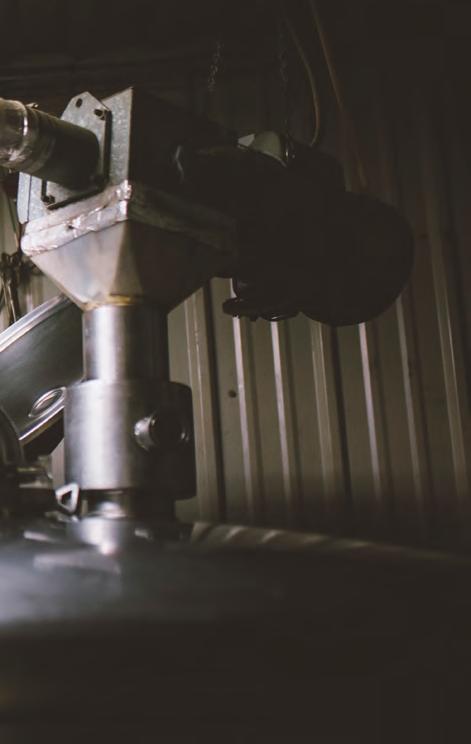
earlier. Brewers can select the lots that best serve their needs.
“We provide traceability of field to glass,” says Mill 95 spokesperson Amaya Aguirre-Landa. “We can tell you everything from what was sprayed on the field at what times, to when it was trained and when it was harvested. All that information really trickles down from our quality to the quality of the brewer.” She points out that using local ingredients is a source of pride, not only for the local ethos and the efficiency it provides, but also in supporting local farmers and being able to provide “farm to pint traceability.”
“We’re already seeing Idaho being one of the top ten states to visit for brewery tourism,” Aguirre-Landa says, “and we’re seeing a lot of high quality beer being brewed within the state.”
With ready access to local, highquality ingredients such as hops from Mill 95, Teton Valley’s brewers are sure to continue luring people into the state to sample some of the Rocky Mountain West’s finest cold ones.
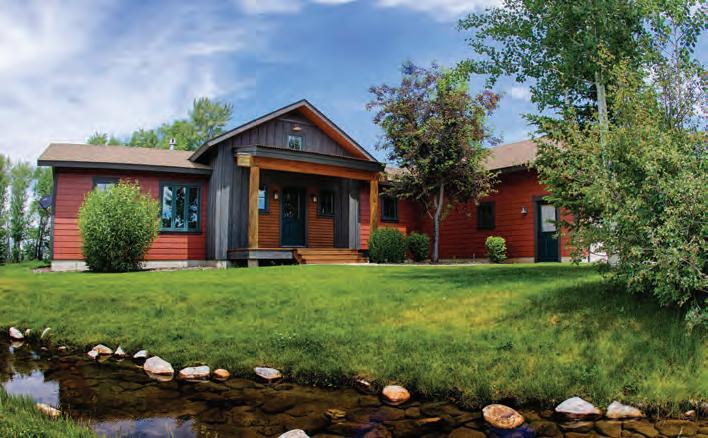

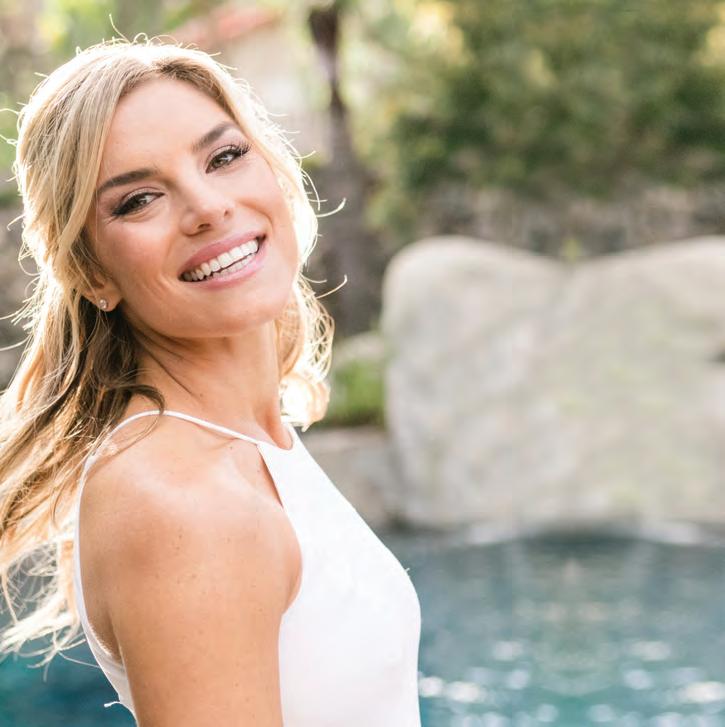



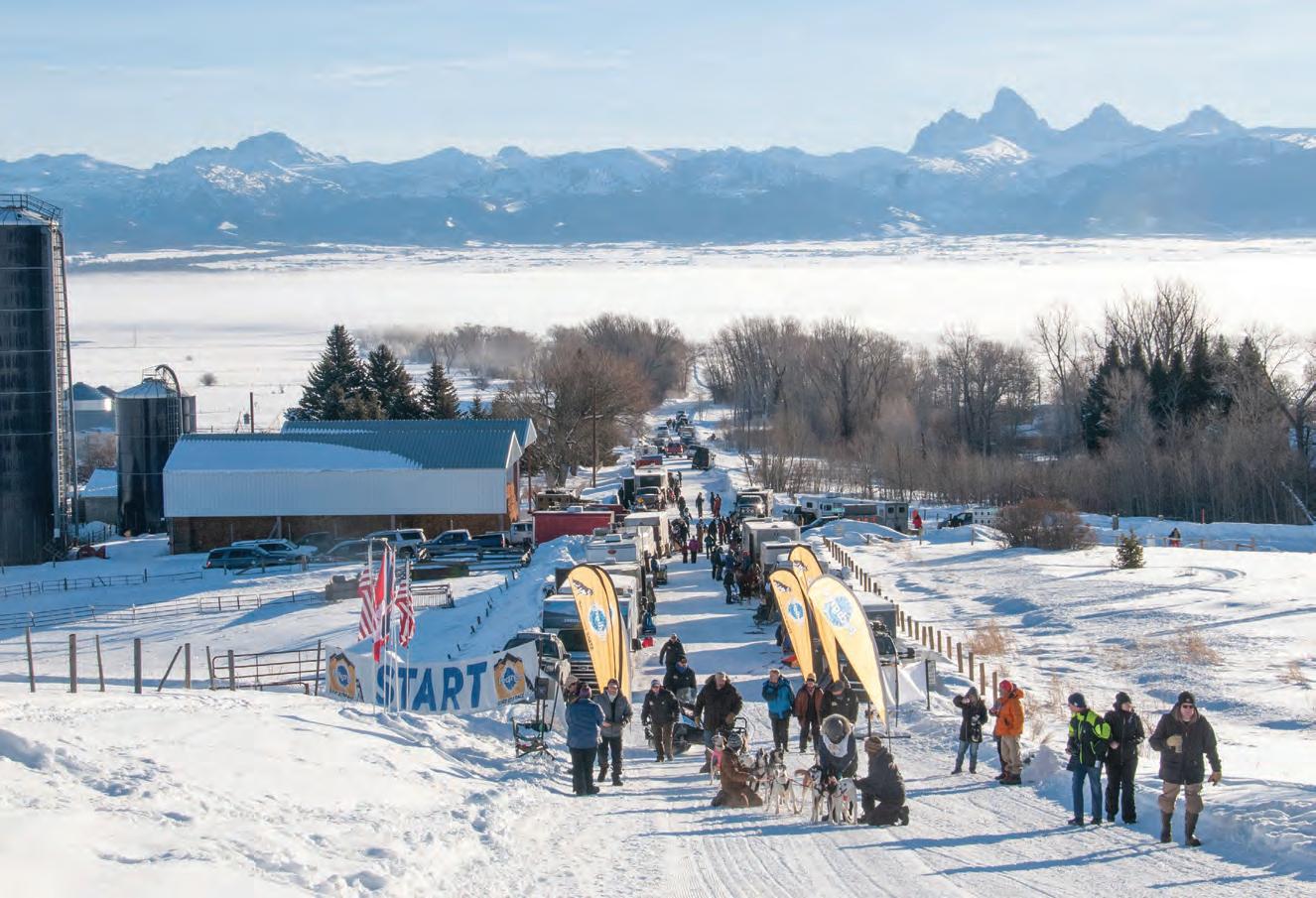
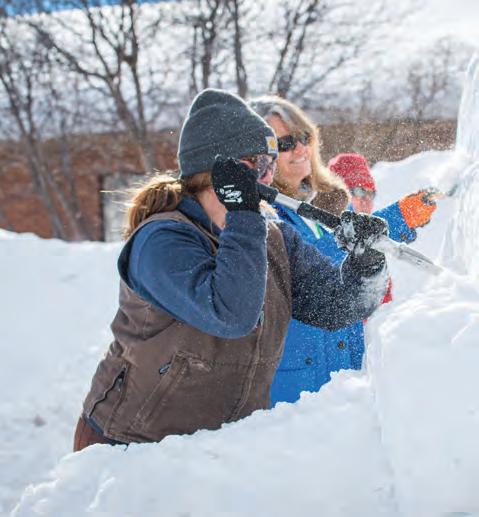

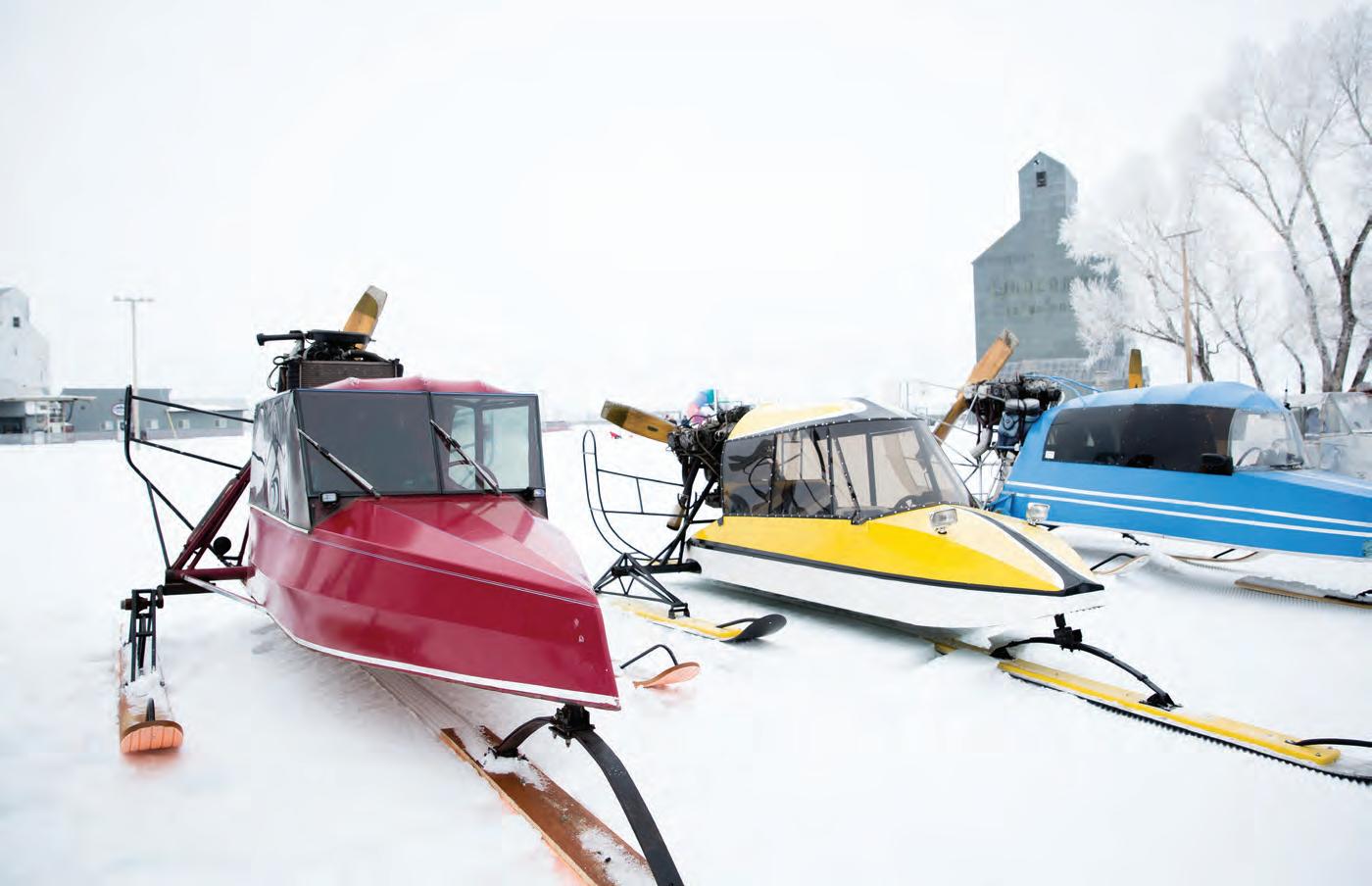





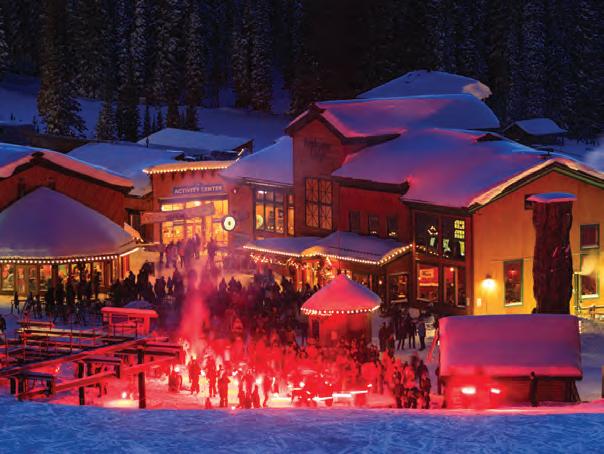

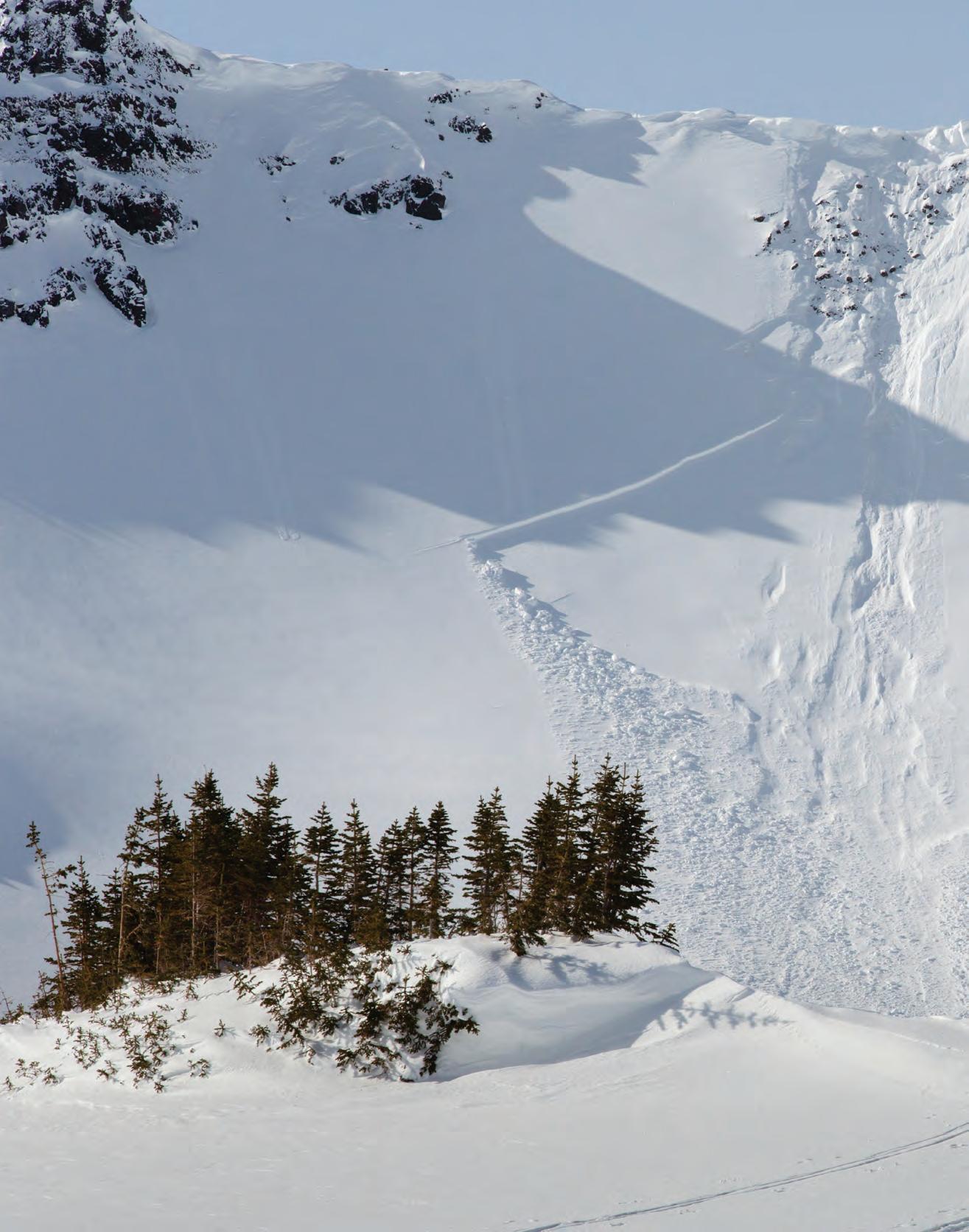
BY

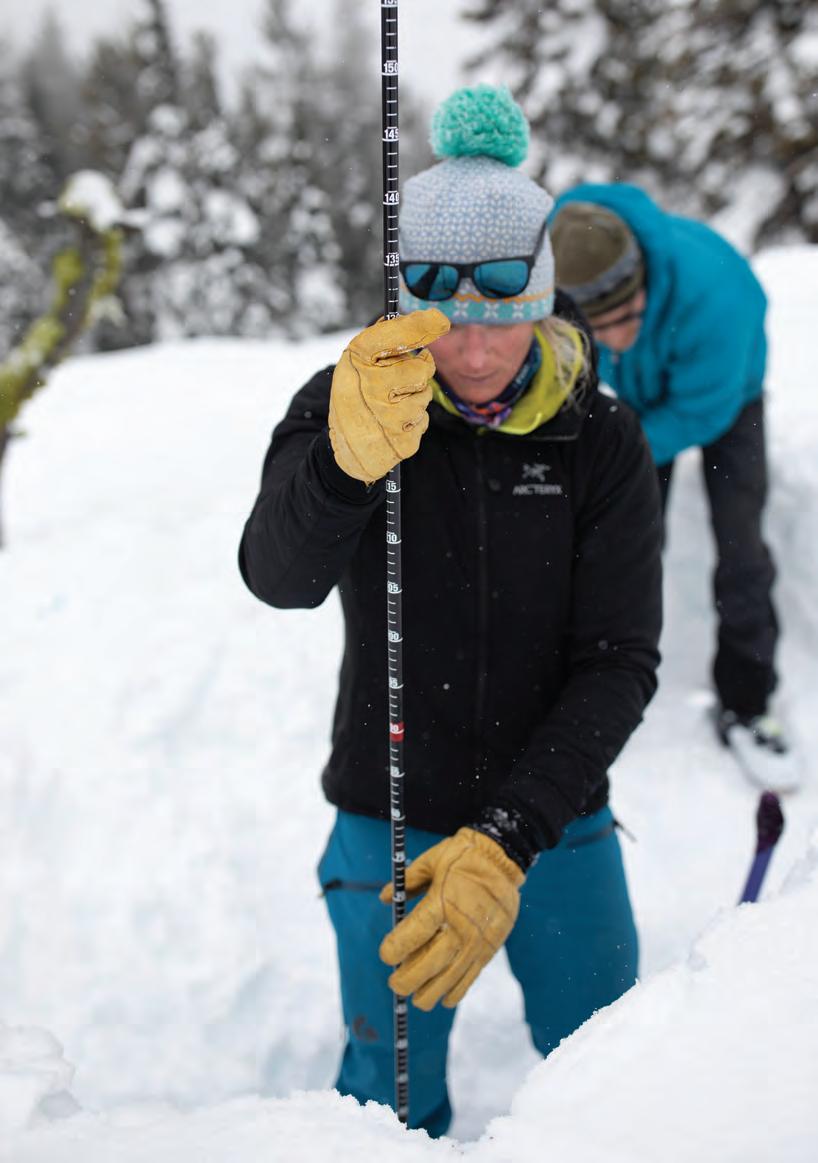
Don Carpenter says he felt like he was drinking from a fire hose when he took his first formal avalanche class in 1993. More than twenty-five years later, Carpenter is a part owner of Jacksonbased American Avalanche Institute (AAI), one of the premier avalanche education providers in the United States. He and his wife and business partner, Sarah, live in Teton Valley. These days AAI is helping the industry define what should come out of that proverbial fire hose and one of Carpenter’s goals is to slow the flow. To do that he, and the rest of the avalanche education industry, have revised the curriculum to better meet the needs of its students.
That revision began in 2014 when the leaders of the American avalanche industry, which included many Teton Valley and Jackson Hole professionals, concluded that it was time to overhaul the educational system to establish more consistency among providers and to cater to the different needs of recreational backcountry users and professionals like ski patrollers and guides. By 2019, those changes had been established, and the American avalanche education industry reached a new level of professionalism across the country.
“Ten or fifteen years ago, it seemed like the more information we could present in a class the better,” Carpenter says. “Now, we are trying to boil things down to the essentials in our level one classes. You can only remember so much. We are trying to make the information more approachable, more accessible. It’s not like we are dumbing things down; rather, we want to filter out the noise and focus on the things that can kill you. That’s what you need to remember.”
Avalanche education began in the middle of the twentieth century as ski areas started to spring up in the West following World War II. Most of the early courses were geared toward protecting highways from slides, but as resorts moved into steeper, more avalancheprone terrain, avalanche education
began to evolve. A lot of that evolution took place in the Teton region, home to a notable concentration of leaders in the avalanche education field who were attracted here by easy access to the mountains and a consistently enviable snowpack.
The father of it all is Rod Newcomb, who in 1974 started the AAI in Jackson. AAI, which he sold in 2009 to Don Carpenter and his partners, Sarah Carpenter and Don Sharaf, is the oldest avalanche education provider in the United States. In those early days, there weren’t many other avalanche instructors or avalanche education providers in the country. A ski patroller at Snow King Mountain who had worked with forecasters in Utah and Colorado, Newcomb saw a need and an opportunity, and he began offering training courses for patrollers and recreationists in the winter of 1974.
Reading AAI brochures from then is like reading a “Who’s Who” for the avalanche world at that time. The instructors were the era’s leading avalanche researchers, the heads of ski patrols from around the West, top forecasters and meteorologists, and highly respected mountain guides. If you skied in the backcountry, you knew their names. Newcomb relied heavily on these experts and says that in the beginning his curriculum was determined mainly by who was teaching a particular course and what his clients were looking for.
“My classes were based on what people would pay for and who I could get to teach,” Newcomb says. “Pretty quickly we started to get busy. As ski areas expanded into avalanche terrain, and people woke up to the fact that there was a hazard out there, we began to see more and more people looking for avalanche education and willing to pay for a course.”
The winter of 1985–86 marked a turning point in avalanche awareness, according to Ron Matous, who worked as a patroller at Jackson Hole Mountain Resort and taught avalanche courses
for AAI from its beginning. Two of his colleagues, Paul Driscoll and Tom Raymer, were killed in avalanches while performing control work at the mountain that winter. In February, a slide in Glory Bowl buried two cars on Teton Pass. Later that month, a patroller fired four pounds of explosives into the Headwall at JHMR, triggering a massive avalanche that ran a mile and a half down the mountain, coming within two hundred feet of a house in Teton Village. Teton Pass was closed for more than two weeks because of avalanches, and
-Don Carpenter “

Ten or fifteen years ago, it seemed like the more information we could present in a class the better. Now, we are trying to boil things down to the essentials in our level one classes.”
the Snake River Canyon was blocked by avalanche debris fifty feet deep.
“Before that winter, forecasting was kind of seat-of-the-pants around here,” Newcomb says. “Afterwards, the patrol got on top of things.”
In the Tetons, avalanche education was pushed toward a more professional paradigm, but the curriculum continued to focus primarily on snow science.
“The shift came in the nineties,” Newcomb says. “Most of the science was well figured out by then. The new

TOP Kate Koons and course students use snow shovels to excavate a pit. CENTER Snow crystals examined up close and personal on a crystal card. BOTTOM Kate Koons (left) and Roberta Schoultz examine varying snow layers to see if they are bonding, a sign that helps indicate whether the snow will slide or collapse.

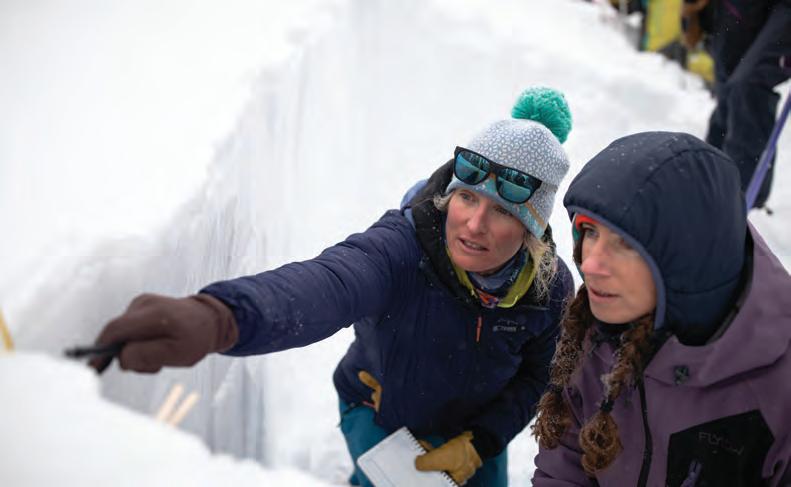
stuff being discovered was pretty esoteric. Avalanche education began to focus more on the human factor.”
Every year, on average, thirty people die in avalanche accidents in the United States. Most of these slides are triggered by the victim or by members of his or her party. Often those involved are well educated and highly experienced. They know snow, but they still end up in accidents. Why?
Usually it comes down to what researcher Ian McCammon called in a seminal paper published in 2004, “heuristic traps.” Heuristic traps, or human factors, are those nebulous things that color our perception of risk without us even recognizing their influence. (See Facets sidebar on page 65.) These traps, avalanche educators began to realize, were what they really needed to focus on in their courses to reduce fatalities.
“As a whole, in my thirty-two-year period of exposure to avalanche education, it’s evolved from a kind of ‘just the facts man,’ hard-science approach to an emphasis on the human variables that affect our decisions,” says Don Sharaf, who lives in Teton Valley, co-owns AAI, and has worked as a forecaster and heliski guide in Alaska.
Sharaf got into avalanche education back East, but he moved West to work for the National Outdoor Leadership School (NOLS) and served as its winter program coordinator in Teton Valley from 1994 until 1999. It was a new position at that time, created after a NOLS student died in an avalanche on a winter course in the Absaroka Range, north of Jackson, in 1993. An analysis of the accident revealed a breakdown in communication among instructors. In response, Sharaf and NOLS revamped the winter program, and the avalanche training its instructors received, to put more emphasis on communication and decision making. That shift in focus filtered into courses taught by AAI and other providers as NOLS instructors moved into the field and began teaching avalanche courses, and as social scien-
tists started to examine the importance of considering the “human factor” in avalanche incidences in their research.
Demand for courses was growing rapidly at the same time as gear improved and the seductive lure of untracked powder spread.
“Avalanche education became more important as gear got exponentially better,” Sharaf says. “People’s apprenticeship in the mountains got shorter because suddenly they could ski in avalanche terrain. Back when I started in flimsy boots and skinny skis with threepin bindings, it took a long time to get proficient. Skiing Glory Bowl was not in a first-year skier’s repertoire, [but] now skiers can achieve that quickly.”
The growth in winter backcountry recreation was mirrored by a growth in the number of avalanche education providers offering training. Many of the courses taught were innovative and effective, but no overarching body provided oversight or ensured consistency among providers, meaning a graduate of an AAI course in the Tetons might walk away with a different knowledge set than someone who took a course from another provider in Colorado or California.
Tom Murphy, the operations director of the American Institute for Avalanche Research and Education (AI ARE), told Powder Magazine in 2014 that avalanche education had a “closed loop” problem in the early 2000s. “The flow of information from region to region was restricted. We weren’t able to learn from each other and share ideas and concepts,” he is quoted as saying in the article.
“Everyone was playing in their own sandbox,” says Driggs resident Lynne Wolfe, a longtime avalanche educator and editor of the American Avalanche Association’s Avalanche Review. “Rod [Newcomb] was the first one to recognize that we needed guidelines. … A bunch of us worked on them, and we established some consistency in 1999. But still we were all teaching things in
different ways.
“Then, at the International Snow Science Workshop in Banff in 2014, the Canadians raised the issue of professional risk,” Wolfe continues. “My takeaway was that we—the American avalanche education industry—needed to implement some consistency in our avalanche education system before it was forced on us, before the federal government began regulating us.”
The American Avalanche Association, known as A3, was tasked with implementing the change, and Jaime Musnicki, a Teton Valley resident who’d taken over as executive director of the organization in 2013, assumed leadership of the effort. She began her avalanche career working for NOLS, and Don Sharaf and Lynne Wolfe were early mentors. She credits both of them with advancing the field.
“Lynne asks people to think and ask questions; she pushes folks,” Musnicki says. “And that’s important. Don is highly respected for his great combination of practical experience guiding and forecasting and his ability to translate that experience into education. They have had a lot of influence on the field.”
Musnicki says avalanche educators recognized that, in an interconnected world, it was important for people to speak the same language and have a common baseline of training. Furthermore, it was becoming increasingly clear that professionals—patrollers, forecasters, and guides—needed a different set of skills from recreationalists when it came to avalanche training. The pros needed the hard science; the recreationalists needed to recognize avalanche terrain and know how to make good decisions to avoid being involved in an accident.
“There has been a realization that, while the science is important for sure, having an understanding and foundation for making good decisions is really what matters for most backcountry skiers,” Musnicki says. “People are not involved in avalanche incidents due to faulty sci-
Researcher Ian McCammon studied seven hundred and fifteen avalanche accidents that occurred between 1972 and 2003 in North America to determine commonalities. His findings indicated that in half the accidents, at least three or four of the following heuristic traps were present. Of the remaining accidents he studied, 16 percent had two traps, and 18 percent had five. Heuristics are defined as “any approach to problem solving that employs a method or shortcut that is helpful for reaching a desired goal but may not be optimal for making the best decision.”
Ian’s heuristics traps, known as F.A.C.E.T.S., continue to guide backcountry users today.
F = Familiarity: Past experience guides our behavior in a familiar setting.
A = Acceptance: People tend to engage in behavior they think will get them noticed or accepted by people they like or respect. You want to impress others so you ignore warning signs.
C = Consistency: Parties that are highly committed to a goal or decision make riskier decisions than parties just out for the day, by remaining consistent with their initial decisions.
E = Expert halo: People fail to question decisions made by de facto leaders whom they believe have more experience, even when they do not necessarily agree with the decision.
T = Tracks: This heuristic refers to scarcity, and our tendency to value resources or opportunities in proportion to the chance you may lose them. This is called “powder fever” and it can blind skiers to avalanche hazards.
S = Social facilitation: The presence of other people enhances risk taking by individuals, so seeing tracks on a slope may be interpreted as a sign of stability and safety even when the danger is high.

American
Avalanche Institute owners Sarah Carpenter, Don Carpenter, and Don Sharaf. They took over AAI from Rod Newcomb ten years ago.
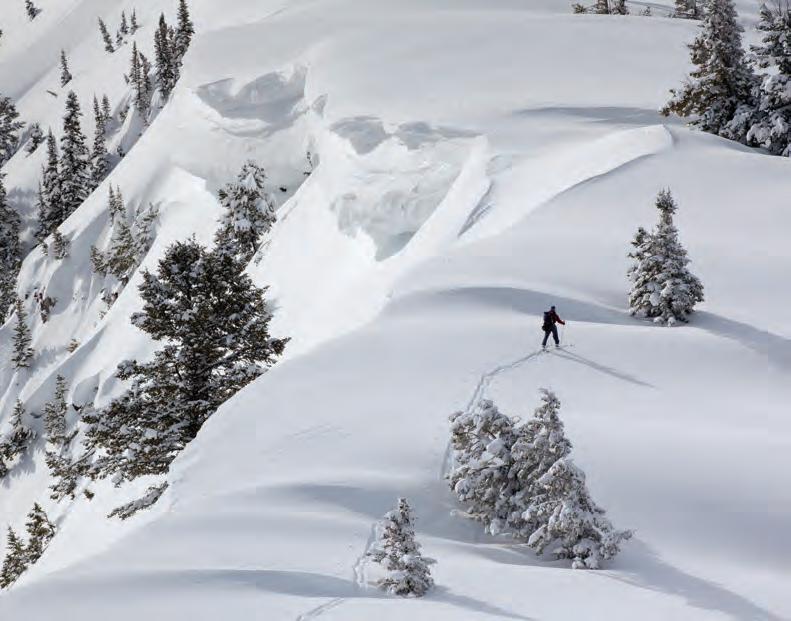
ence. They are involved for being human. Human factors cloud our vision.”
In 2014, A3 began overseeing the reconfiguration of avalanche education in the United States out of Musnicki’s home office near Victor. The goal was to develop curriculum for two educational tracks: a professional track and a recreational track. According to the plan, all providers would use the same curriculum for their courses.
“ We have such easy access to the backcountry here. If we continue to be stewards, we can maintain that and share these big, beautiful mountains.” -Sarah Carpenter
As of winter 2018–19, all avalanche students begin their training with a basic levelone course that covers topics such as what causes avalanches, how weather affects conditions, what is avalanche terrain, how to rescue someone caught in a slide, and how to communicate and make decisions effectively in the backcountry. At the next level—level two—students now opt to pursue either the recreational or the professional track. Recreational level twos cover basic snow science and rescue, and teach participants how to dig snow pits to test snow conditions, but the emphasis is on communication, leadership, recognizing avalanche terrain, and
using the avalanche forecast to determine where it’s safe to ski in any given condition. The professional track includes information on decision making and leadership, but also dives deeper into snow metamorphosis, avalanche mechanics, weather, and forecasting. Pro-track students spend a lot of time analyzing snow in pits, and their performance in the course is evaluated, allowing the results to be used as a credential for career advancement.
The shift to the two-track system has not been without its difficulties. Change is always challenging and some providers, like AAI, have been teaching courses for nearly fifty years. But most people in the industry believe the restructuring is working, and the quality of avalanche training has improved across the board. Numbers seem to reflect this, as avalanche fatalities in the United States have leveled off in recent years, despite increases in the number of winter recreational users.
“Avalanche deaths have plateaued,” says Kate Koons, the professional training coordinator for A3. “In the education world, we like to believe it’s education that has resulted in this improvement. We can’t prove that’s true, but we like to think so, especially since there are so many opportunities now for people to get training.”
Despite the recent move toward consistency in avalanche curricula, providers like AAI continue to have
freedom to put their own fingerprint on the programs they offer. AAI’s Sarah Carpenter is particularly excited about her organization’s efforts to use social media to help expand the effectiveness of its educational mission. These efforts are particularly useful for local skiers, since AAI’s base in the Tetons means that many of its social media posts reference Teton Pass or Grand Teton National Park.
“As technology continues to improve, we are adapting to a mobile platform so people can use their phones to get information,” Sarah says. “We post snowpack updates and videos of snow pits, and have built an online avalanche awareness course. We offer online prep classes to help people get ready for their courses. They can go back and use the prep videos after the course, as well. These efforts have really improved student outcomes, so hopefully when people come to take a course it’s less of a fire-hose effect.”
AAI has also developed a youth program in conjunction with Teton County, Wyoming, schools, the Jackson Hole Ski and Snowboard Club, the BridgerTeton National Forest, Exum Mountain Guides, and the Steve Romeo Foundation (Teton Valley residents Steve Romeo and Chris Onufer died in an avalanche on the north side of Waterfalls Canyon near Ranger Peak in Grand Teton National Park in 2012).
“Avalanche education is like giving someone the keys to the castle,” Sarah says. “It unlocks the backcountry in a way. It’s cool to think we are able to share that, but it also comes with a big responsibility.
“All three of us—Don [Sharaf], Don [Carpenter], and myself—share a passion for education, a passion for snow, and a love for where we live,” she says. “We have such easy access to the backcountry here. If we continue to be stewards, we can maintain that and share these big, beautiful mountains.”



*and many


A group of local growers keep their farms running year-round
BY TOM HALLBERG | PHOTOGRAPHY
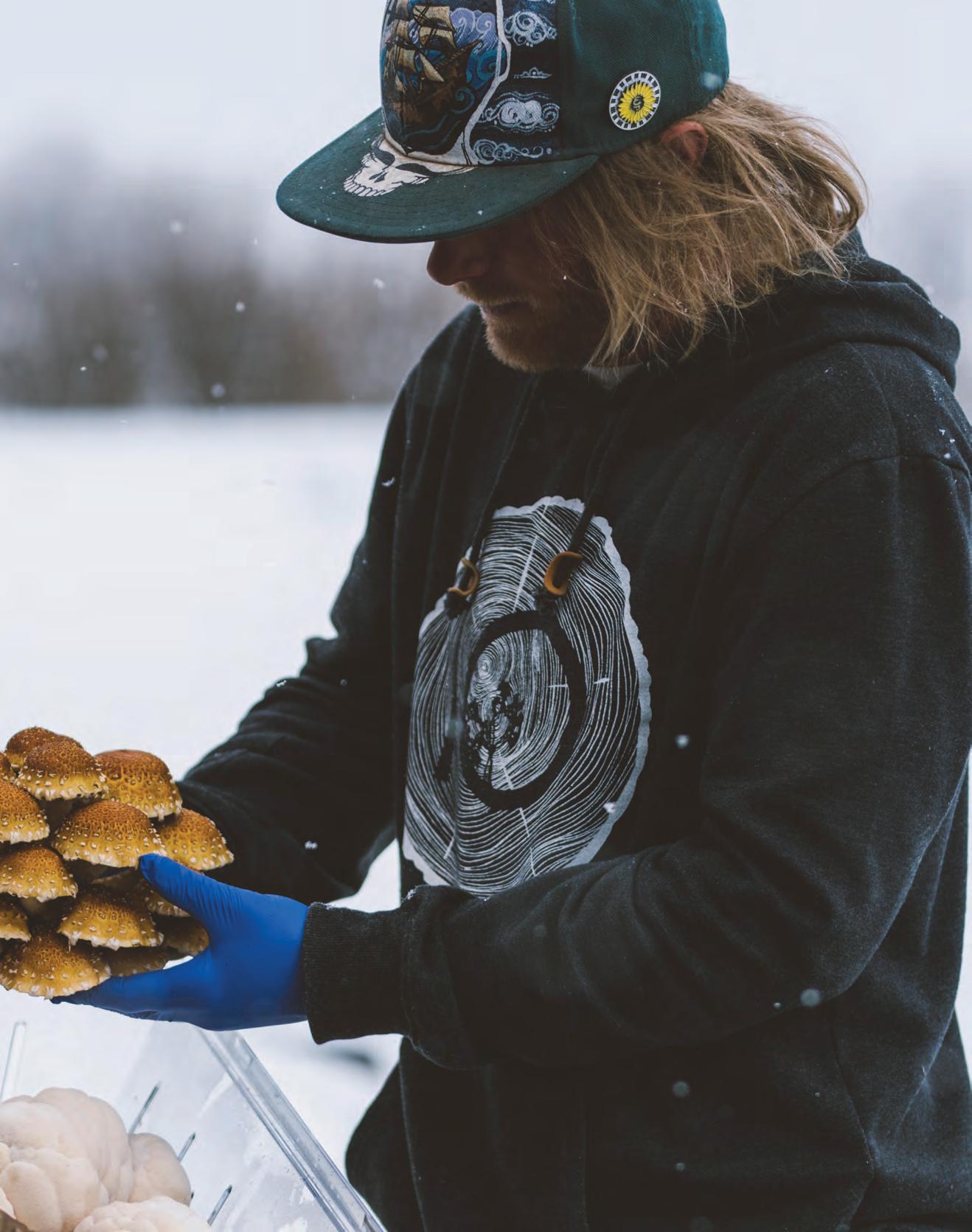

At any given time, Dave Ridill is growing nearly twenty-four thousand individual plants. Even when the snow stacks several feet high outside his door, he keeps a bevy of lettuce and other hearty greens alive and thriving.
Dave is one of a few intrepid farmers attempting to keep us all a little happier when the sun stays far to the south for months by providing healthy, locally grown produce. The idea of winter farming conjures images of bundled-up agrarians trudging through the snow to shovel out greenhouses, and blasting heat lamps around the clock to keep the tomatoes from freezing. But the reality is a bit different and, for the farmers’ sake, a lot more comfortable.
When I went to visit Dave’s Tetonia farm, Clawson Greens, I had the address, but I was looking for giant greenhouses and initially drove straight past his operation to his neighbor’s house. Finally, Dave came out and directed me to a parking spot in front of the garage on his otherwise typical-looking property.
“People are always looking for greenhouses,” he says as I exit the car. “It’s not what you expect it to be.”
Behind Dave’s garage are the tools of his trade, a trio of shipping containers that from the outside belie nothing of their contents. But inside, each can yield the equivalent of one acre’s worth of produce in its 320-square-foot space. We stepped from the snowy exterior of the garage into a hallway with three doors, each leading into one of the containers. To keep the operation clean, we slipped off our winter boots and put on “farm Crocs.”
Through the door and into the dark container we went. Dave flipped the lights to start rows of soft pink hues humming. Vertical planters hung from floor to ceiling across nearly two-thirds of the container, from wispy leaves just emerging to full heads of chard sagging under their own weight. The hydroponic system runs on a series of timers that control when the lights run— at night to create a heat source—and when the nutrient-infused water is given to the roots of each plant.
Owner Dave Ridill opened his Tetonia business Clawson Greens in 2017 with one shipping container. He now has three and supplies greens to a dozen restaurants in the region.
The whole thing sits at a slight angle, so any water the plants don’t use travels through runnels in the floor
to the back to be collected and pumped back to the front.
“We use between one and five gallons of water a day to feed all eight thousand plants per container,” Dave says. “So that’s flushing your toilet once, maybe twice.”
Dave’s setup is the model of efficiency, requiring him to plant seeds and harvest by hand but doing most other tasks automatically. Just down the road from Clawson Greens, however, another year-round farm makes do with a much more labor-intensive process.
Sarah and Patrick McDonnell started Morning Dew Mushrooms a couple of years ago with a simple goal: figure out how to cultivate mushrooms and take a crack at becoming farmers. Both had worked on farms before, and with Sarah working at MD Nursery and Patrick being a carpenter, they had the requisite skills needed for the trial and error necessary to build an indoor farm.
We use between one and five gallons of water a day to feed all eight thousand plants per container.
What started in a tiny fruiting room in their garage has grown into a two-story operation that can grow up to three hundred pounds of oyster mushrooms, lion’s mane, and other varieties each week. On the top floor of the garage, the duo starts the mushrooms in plastic bags filled with a substrate of soybean hulls and Douglas fir wood pellets. They inject spores into the bags of substrate, which they then sterilize. After a day or two in the lab, they move the bags to the inoculation room, where the mycelium wend their way through the substrate.
Once the mushrooms sprout, Sarah and Patrick carry them downstairs one by one to their new and improved fruiting room, a strictly controlled climate that hovers between 80 and 95 percent humidity and is a lot larger than their original space.
“We plan on building a slide from here to the fruiting room,” Sarah says.
The thought and work that went into their setup, with its built-in filtration and humidity control systems, is apparent. But because busi-
ness has grown much faster than anticipated, the operation isn’t as efficient as it could be, given how they are limited by the space in their house.
“If we were to ever be able to move out of here and have a dedicated space, it would definitely be one story,” Patrick says.
While Clawson Greens and Morning Dew Mushrooms are home operations, Delancy Hively and her husband, Matt, of Mad Mountain Greenery, have chosen a slightly different path. They started their microgreen farm in their house in Tetonia, but as Mad Mountain grew they opted to rent a space that separates their business from their home life.
A chef always wants the freshest product and the best tasting product they can get.
In a second-story office above Main Street in Driggs, rows of wire shelving hold trays of tiny, curling leaves. Pink amaranth, fava beans, broccoli, and cabbage stretch toward the weak late-winter light streaming through the windows. The farm is clean and simple, just a few fans and an AC unit standing ready for the warmer days of summer.
Matt had a college professor who researched how well plants like broccoli and kale—which are in the Brassica genus—did in various mediums like soil or a hydroponic system. She found no substantial difference between them, so Delancy and Matt decided to keep their setup simple.
“We did our first few test trays with the soil, and it worked out great,” Delancy says. “So, we haven’t really changed.”
Mad Mountain’s process is simple: Plant seed, let it germinate, then move it onto the shelves so it can snag the small amount of natural light the office’s windows let in. Grow lights hang above each shelf to supplement the sunlight. When the greens are ready, Delancy and Matt harvest them, package them in compostable plastic clamshells, and deliver.
Though each farm has its own approach to selling product, restaurants are the foundation for all three. During a meal at Forage or Warbirds, among other local restaurants, you’d likely find one if not all of these local growers’ produce showcased in any given dish. With chefs in both Teton Valley and Jackson Hole who value locally
grown products—as do hordes of summer and winter tourists—the farms have readymade customers, so much so that Clawson Greens and Morning Dew Mushrooms don’t even sell at the farmer’s markets, a disappointing fact for anyone looking to pick up a pound of locally grown oyster mushrooms.
“You’re never going to have a chef that says, ‘I want a ten-day-old product,’” Dave says, referring to the greens that restaurants can buy through delivery services. “A chef always wants the freshest product and the best tasting product they can get.”
Finding customers like restaurants is key to the survival of these kinds of farms. Clawson did a winter community-supported agriculture share system (CSA) last year, but now Dave is refocusing on the restaurant component of his business. He supplies a dozen restaurants in Teton Valley and Jackson with greens weekly.
Learning to farm year-round in a place that receives well over a hundred inches of snow per year on the valley floor isn’t an easy task. But the proprietors of these farms have banded together, forming a community bonded by a shared interest in cultivation and the desire to see each other succeed.
“We want them to do well,” Morning Dew Mushroom’s Sarah McDonnell says, as we talk about Mad Mountain Greenery and Clawson Greens.
Dave Ridill, because he has operated Clawson Greens for several years, is almost the de facto guru of the winter farming community. To some degree, he has navigated the pitfalls of the trade, the off-season challenge chief among them. For the uninitiated, Teton Valley and Jackson Hole have a pair of off-seasons, spring and fall, during which tourism numbers decrease substantially, and many restaurants either cut back on staff and purchasing or take a short hiatus altogether.
For small-business food cultivators, that abrupt shift in demand can be difficult. Sarah and Patrick say they were left with pounds and pounds of mushrooms during their first off-season, which “killed us,” Patrick says. Rather than needing to plan for the offseasons, which for mushroom growing requires
Patrick and Sarah McDonnell, the husband and wife duo behind Morning Dew Mushrooms, grow three hundred pounds of mushrooms weekly.
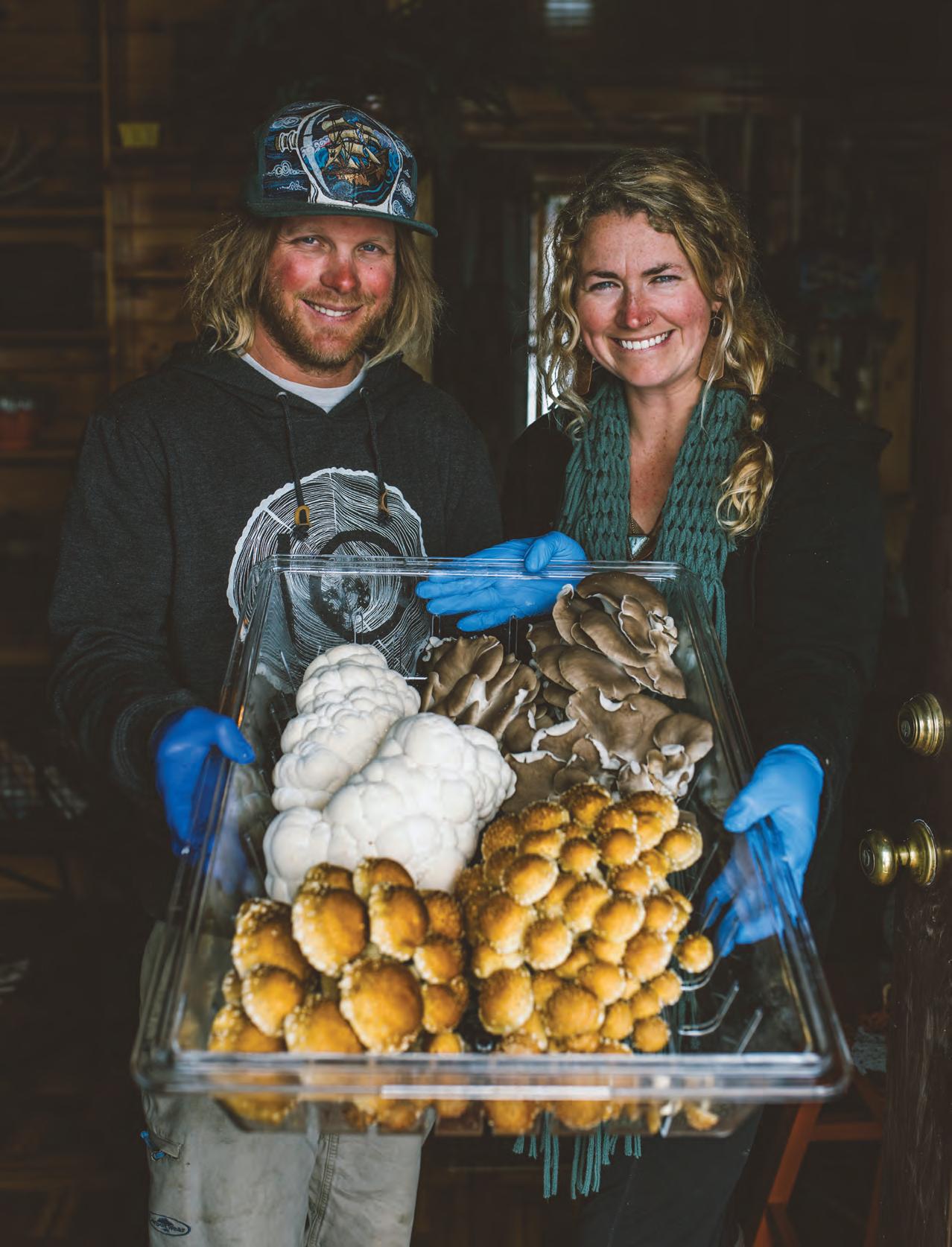
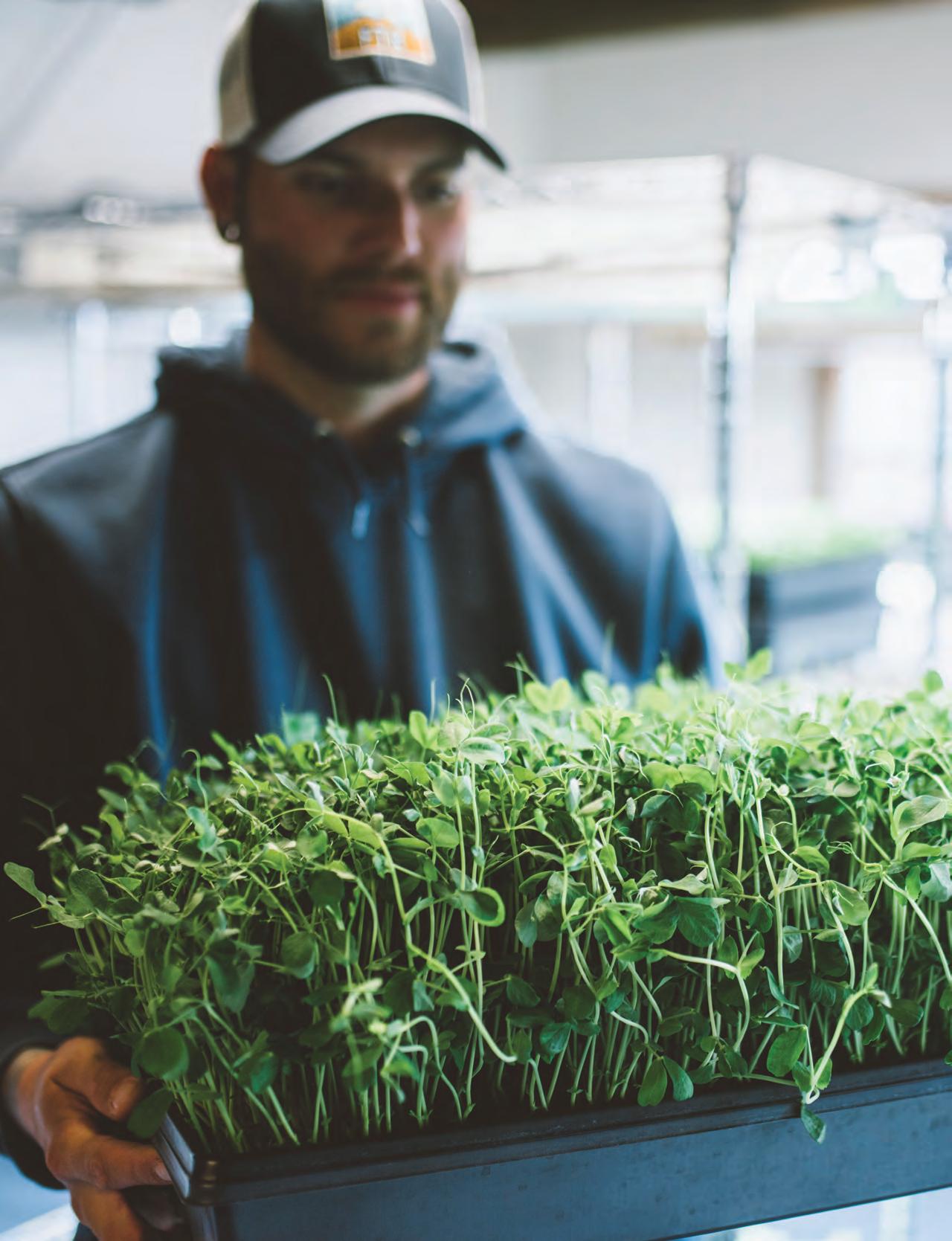
Tiny microgreens soak up the light inside Delancy and Matt Hively’s Driggs-based yearround microgreen farm, Mad Mountain Greenery.
planning months ahead of time, options like farm-direct sales and regional distributors bolster sales during the lean times. Morning Dew has found a distributor, Quality Foods, that is already selling their mushrooms to restaurants in places as far away as Bozeman and Missoula, Montana. They are currently navigating getting a USDA certification, called a Good Agricultural Processes or GAP, that would allow them to be dis-
I love it. You know, I can be my own boss, and I can just tend to my ... microbabies.
tributed to bigger grocery stores like Broulim’s. Dave’s greens have a shorter growing period, making it easier to plan accordingly and cut back if needed to accommodate the slow seasons.
As a community, the farmers are all at an exciting point of transition. Dave left his long-time job as a ski and bike patroller at Grand Targhee Resort, Delancy left her Idaho Falls job to cut down on commuting and devote herself to growing greens, and Patrick gave up his carpentry gig to focus fully on raising mushrooms.
Each individual acknowledges a bit of apprehension at leaving a “sure thing” to embark on something totally new, but Teton Valley seems ready to support some year-round farms and each business has found a niche that seems sustainable. And despite a bit of nervousness, playing in the dirt and working with crops is a great substitute for punching a time clock.
“I love it. You know, I can be my own boss,” Delancy says, “and I can just tend to my ...”
She trails off, looking for the word.
“Babies,” Matt says with a laugh.
“Yeah,” she says, “tend to my microbabies.”
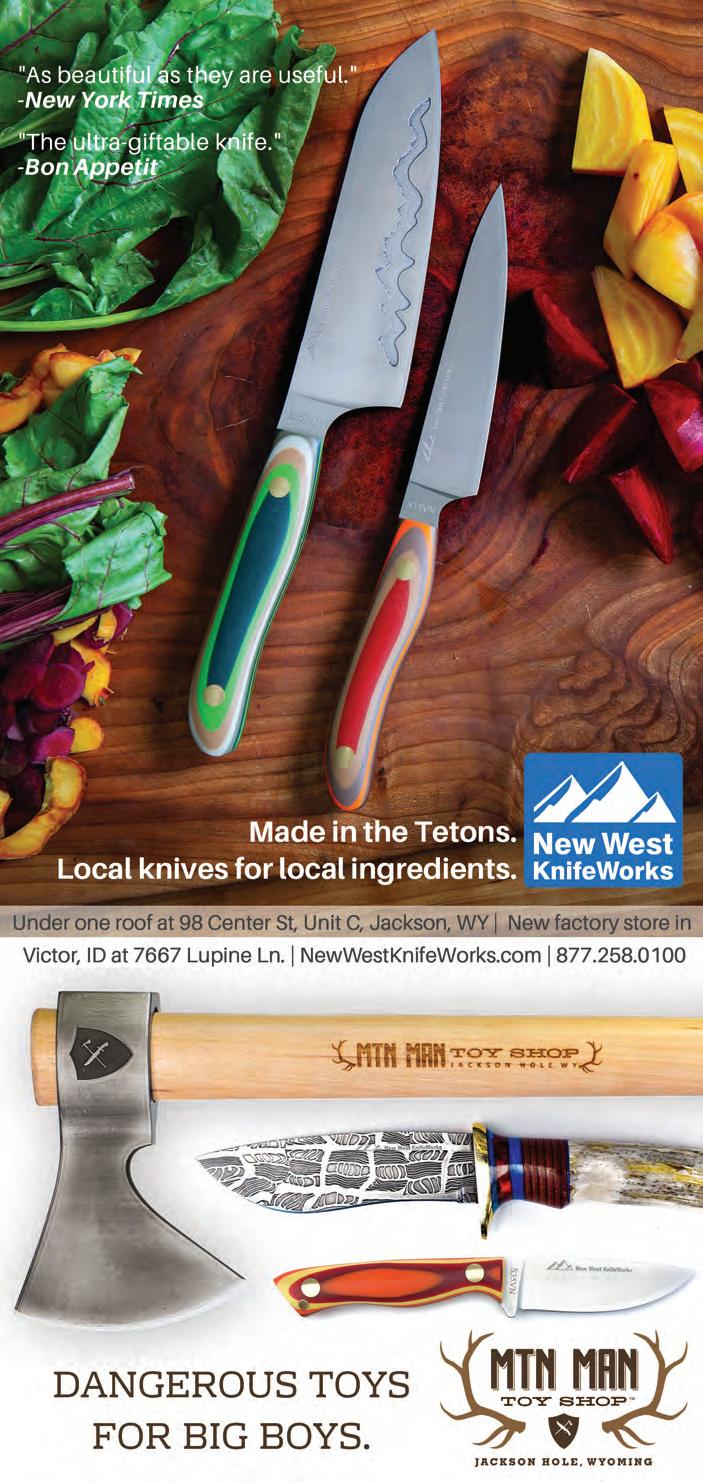
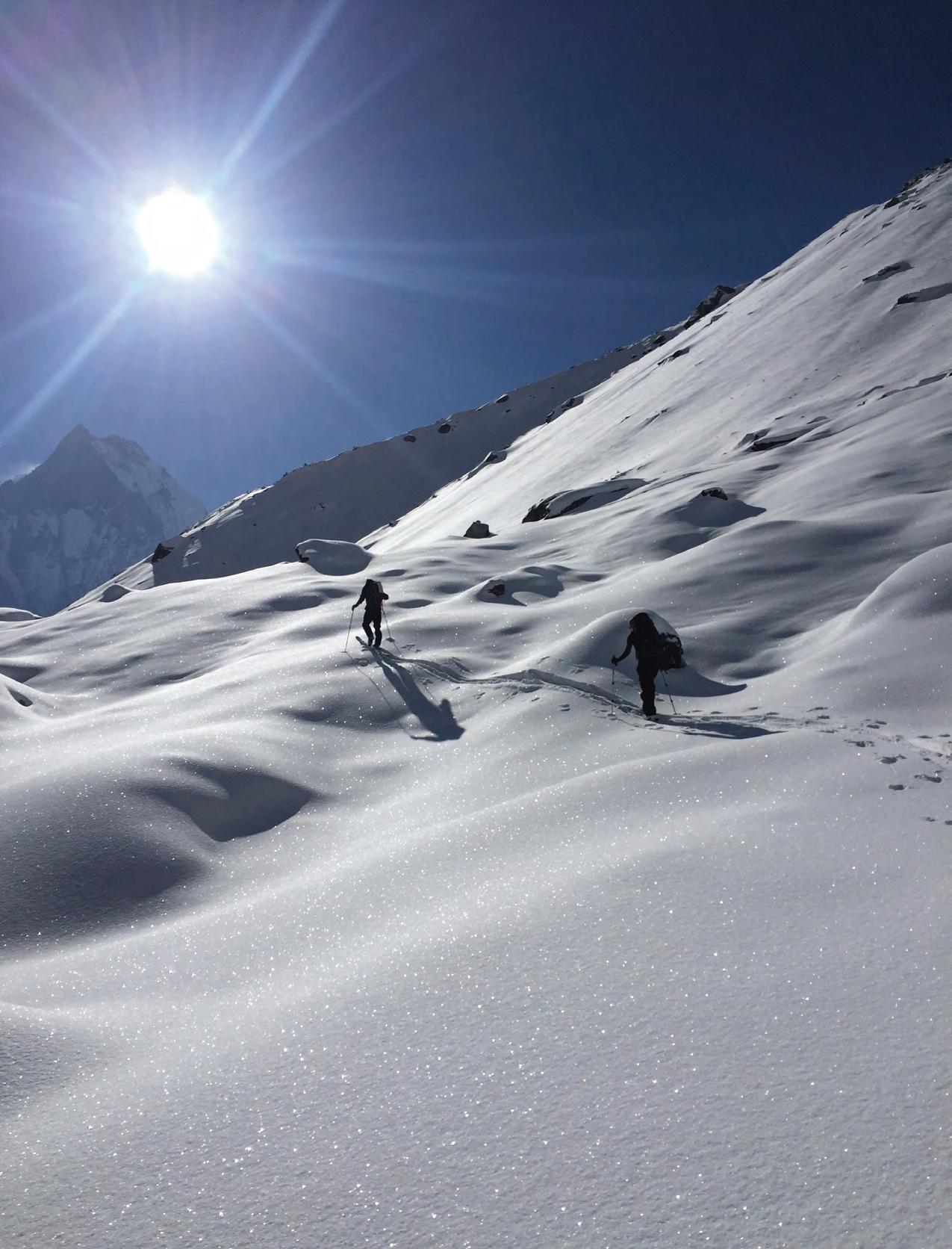
WORDS AND PHOTOGRAPHY BY LUKE SMITHWICK
The Tetons provide a first-class training ground for this world explorer
When I sat down to write this piece, I was just days from a backcountry ski trip in Patagonia. At my home in Victor, winter was beginning to feel not too far away. As I pedaled singletrack through the forests of the Big Hole Range I could smell the first signs of fall. Leaf rot and the last blooms of fireweed indicated that our first snowstorms in the high alpine reaches would soon arrive.
I frequented the Teton Range in my past travels, but late last summer I made the shift from visitor to resident. I now live in downtown Victor, which will serve as my home base between travels to Nepal, where I ski and climb professionally. I’ve been exploring the Himalayas as a skier, climber, and mountain guide for nearly a decade, partly as a sponsored skier and climber and the other part guiding skiing and climbing expeditions with my company, Himalaya Alpine Guides.
The access this Idaho valley provides to the mountains drew me to settle in the Tetons. I’m certainly not alone in my affinity for the region’s backcountry terrain: touring out to glades of cold dry snow on Teton Pass, exploring in the Big Holes, and finding quiet stashes of powder across the intermountain ranges. Teton Valley boasts a healthy snowpack that remains consistent every winter, amazing trail riding and running during the summer months, and a land-
scape in the valley proper that reminds me of my childhood home in North Carolina. But what really pulled me to the Tetons is the vertical relief, the big approach days, and great technical terrain in quality granite with consistent storms during the winter months—my favorite season. The terrain and weather allow me to train for my upcoming expeditions and focus on getting strong and fit for what the next adventure entails. And to do so in a landscape like this is super inspiring and extraordinary in its own right. I feel lucky, indeed, to call this area home.
And while there’s no real need to travel to ski when our Idaho home has such spectacular terrain, ready access, and quality snow for backcountry skiing, I am pulled to the Himalayas. I’ve developed a love for the culture and natural history of the Himalayas that keeps me coming back to explore a bit further as a skier year after year. By the time the first big storms hit the Tetons this year,

I’ll be returning for my seventy-fourth Himalayan expedition. (On this particular trip, we are attempting Mount Shivling, a sharp iconic peak in the central Garhwal Himalayas.)
Skiing the Himalayas
The Himalayas are known as a place to which many go to hike and climb, yet relatively few go for skiing. The range stretches across Bhutan, China, India, Nepal, and Pakistan. Orographically fragmented, the Himalayas offer a multitude of varying snowpacks and types of ski terrain fit to be explored. Nepal alone is a very diverse country for skiing, and

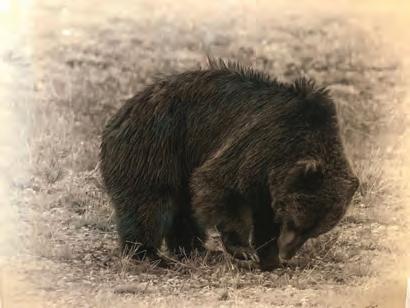
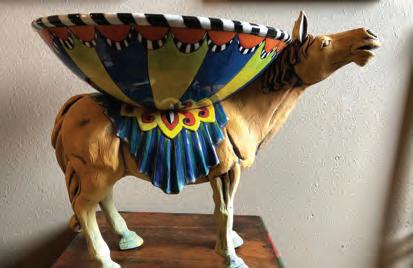
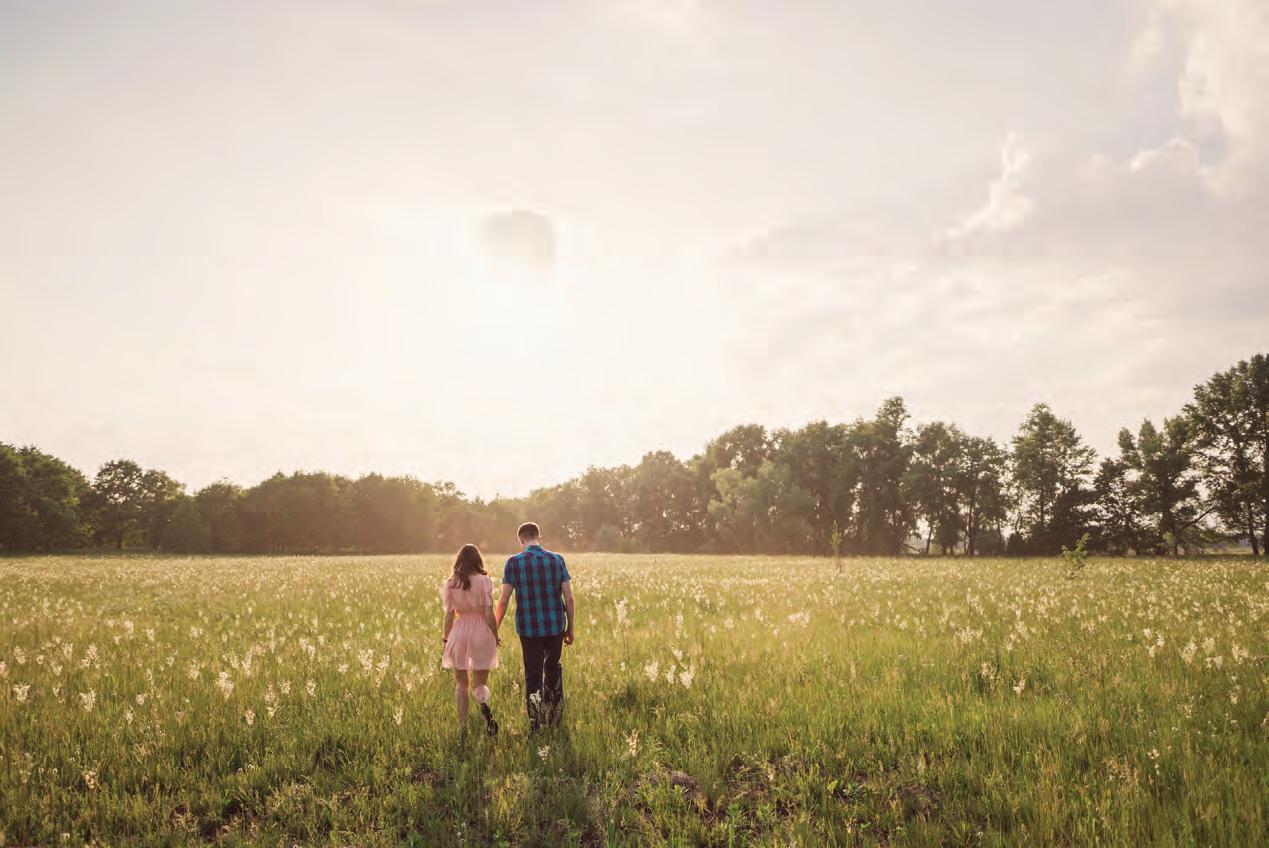






I frequent a variety of regions in search of accomplishing my next expedition, particularly in the Humla district, the Annapurna Range, and Langtang National Park.
The far west corner of the Humla district—a mountainous area of 2,000 square miles and peaks as high as 23,000 feet—consistently has some of the deepest snowpacks in the Himalayas.
The people of the Humla region, who speak several languages and belong to many different ethnic groups, are subsistence farmers, working to cultivate a mere 2 percent of the land due to harsh terrain. They have a healthy respect and reverence for the massive mountains towering above their tiny pastoral villages. I began exploring the Humla region for skiing in 2018 after noticing that the big storms that track through Kashmir, where I worked as the backcountry avalanche forecaster and snow safety director at Gulmarg Ski Resort, continued into northwestern Nepal. Called “western disturbances,” these storms originate in the Mediterranean Sea and move eastward into the Himalayas, often depositing meters of snow. Perfect for exploratory ski touring and lots of practice shoveling—two activities we all know well here in Teton Valley.
The deepest snow for skiing in Nepal is in the west. As you progress across the country the snowpack becomes progressively shallower, finally reaching the rela-
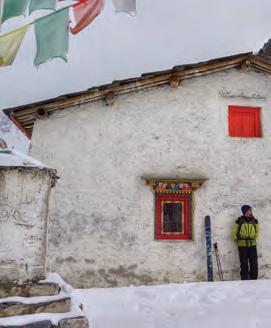
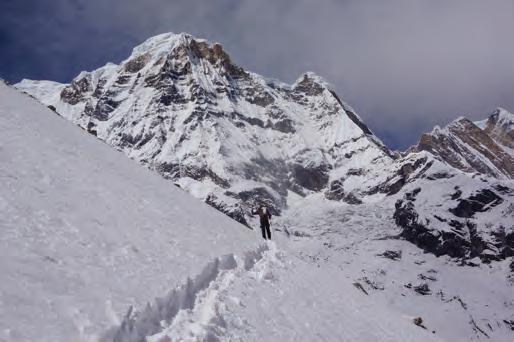
tively dry Everest region in the northeast corner. The season for skiing the Nepal Himalayas is February and March, when the snows come to the “lower” elevations of 10,000 to 16,000 feet. The higher elevations of the Nepal Himalayas, scoured by the westerly winds during winter, are unfit for skiing. Plus, linking turns at elevations below 16,000 feet is a lot more fun than scraping down a wind-scoured face at 23,000 feet while feeling nauseated from lack of oxygen. Who wants to do that?
In the center of the country, the Annapurna Range unlocks an amazing variety of terrain for powder skiing on the flanks, couloirs, panels, and faces beneath the 23,000- and 26,000-foot giants that characterize the region. Here the Gurung people, of Tibetan descent, make a living farming millet and maize or wheat, buckwheat, barley, and potatoes on the steep terraced slopes beneath the peaks.
The Annapurna Range unlocks an amazing variety of terrain for powder skiing ... beneath the 23,000- and 26,000-foot giants that characterize the region.






























The Annapurna Range is home to large couloirs and ramps at its eastern fringe, where the snowpack begins to form in December and becomes skiable by February (much later than back home, where skiers and snowboarders are hopefully enjoying a powder-filled season). These can be accessed on foot from the villages of the Marsyangdi River Valley. Choughs (black crows) arc and dive in the air, prayer flags snap in the breeze beneath cerulean blue skies, and the smell of juniper wood smoke permeates the air as you climb higher and higher into the Himalayas.
And when snow allows, Nepal’s Langtang National Park is another favorite spot—maybe more for the culture than the reliable conditions. Catching Langtang for powder skiing is about as rare of an occurrence as grabbing a parking spot on Teton Pass at 10 a.m. on a Sunday in January. Every few seasons, however, Langtang does provide some good skiing, and visiting with Tamang locals while enjoying a chang brew next to a warm fire is tough to beat after a day of powder skiing in the nearby birch forests and wide-open bowls.
While I write, and reflect on explorations past and to come in Himalaya travels, the fall chores beckon: there are weeds to pull in the yard and packing to continue for my next overseas adventure. While I plan to continue exploring new terrain in the Himalayas, I will relish coming home to the Tetons, where deep snow and amazing landscapes await.
Here’s to a great winter of skiing, wherever your explorations take you. See you out on the skin track!

Our highly trained technicians and staff are dedicated to your safety and comfort and believe in providing you with top quality service and competitive prices.
Stay warm by calling



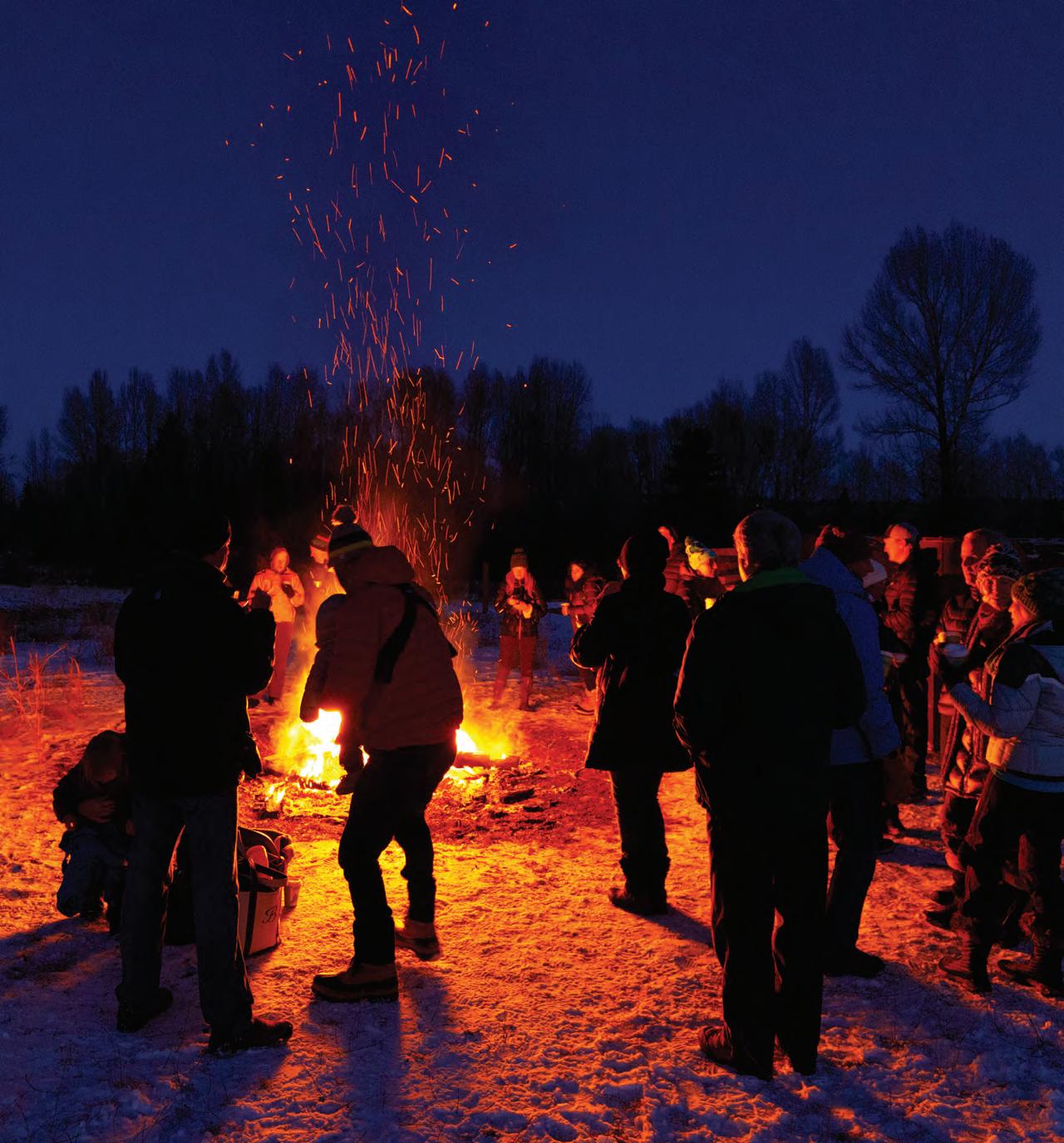


BY SMITH MADDREY PHOTOGRAPHY BY REBECCA VANDERHORST
Fischer Stevens knows where to find the fish. When I met the eleven-year-old one sunny August day at Rendezvous Park, he was attending Camp Jackson—but, instead of swimming with all the other campers, he had ventured off on his own, hurling football-sized rocks against larger boulders.
“Do you like this park?” I asked him, somewhat incredulously. “Me? I love this park,” he gushed. “I ride my bike here with my family. I can show you where the fish are. Big ones, too.” I followed Fischer over to the inlet channel where he pointed proudly at a hover of trout facing upstream.
Like young Fischer, other users of Rendezvous Park (called “R Park” by locals) have their favorite spots. Ask around and you might hear about the children’s swale, the knoll (a.k.a. the sledding hill), the ring of fire, the stone walkway, or the dry stack sculpture. Or they might just casually allude to a fort they built in the woods. That said, R Park’s greatest treasure may be that it came into existence at all.
Prior to 2011, the site operated privately as a commercial gravel pit with heavy machinery, perimeter fencing, and crushed-rock mounds visible from the highway. When Jackson Hole Land Trust (JHLT) and community partners acquired the three parcels of land, they saved it from going the way of emerging mega-
mansions, but faced the daunting task of repurposing the forty acres into a publicaccess park. They re-landscaped the entire property, bringing the meadow’s grade down six full feet. They dug out two large ponds and connected them with waterways. Restoration work included creating 1.5 acres of wetlands and planting nearly five hundred trees and shrubs. The 1.6 miles of newly built trails intersected with existing pedestrian and bicycle pathways. Inherent in the process was weaving the gravel pit theme throughout the new park landscape: prominent knolls resemble mounds of fill, trails are composed of crushed rock, and the larger boulders have stayed put. “We wanted people to know what it was as well as what it is,” says construction manager Chris Mommsen.
Located on the west side of the Snake River and just north of the Wilson boat ramp, R Park opened to the public in September of 2014. JHLT Board Member Shawn Smith emphasizes that the vision for the nonprofit park required flexibility and cooperation among the
LEFT Winter lovers cozy up next to a bonfire at the R Park’s annual winter solstice celebration. The park, located in Wilson, Wyoming, was created from a reclaimed gravel pit and now is a favorite spot for year-round activities.
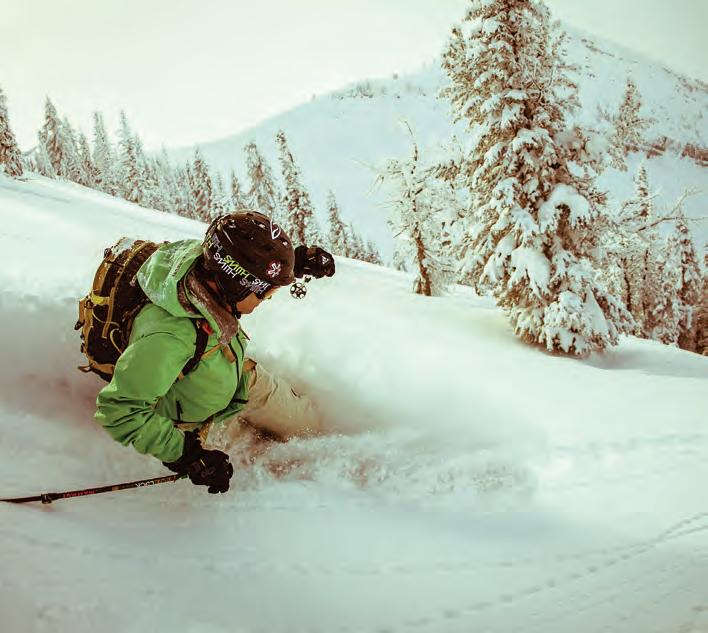


In the wintertime, the knoll provides some of the best sledding around, and ice skaters clear snow from the pond to skate on the ice.
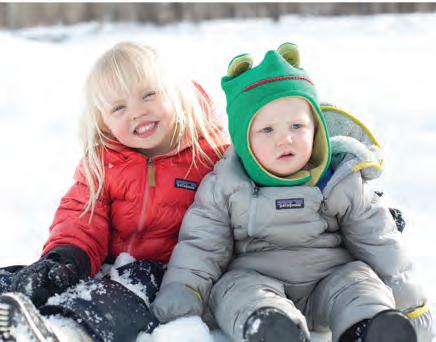
land trust, its partners, and the public.
“We didn’t want a Six Flags park along the river,” Shawn says. “It’s supposed to be a natural park for people to connect with the land. We want people to use it and enjoy it.
“There were concerns when we first started that it would be massively overrun or unsuitable for wildlife. What we’ve seen so far—in the way it was designed and how it’s being used—is that really hasn’t been the case at all.”
With an annual budget of $150,000 raised entirely through fundraising, R Park operates as its own entity, free from any city, county, or state funding.
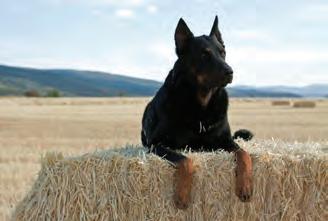

R Park is open from dawn to dusk 365 days of the year and allows the public plenty of leeway in how they use the space—save for a few rules. Mainly, dogs are allowed only on perimeter trails and permits are required for large group use. Otherwise, the vision is to keep the space as free form, communityfriendly, and welcoming as possible.
“People have asked about bringing in bouncy houses and other ideas, but we try and keep the space natural,” says Ellie Stratton-Brook, the park’s community outreach coordinator.
In the wintertime, the knoll provides some of the best sledding around, and

ice skaters clear snow from the pond to skate on the ice. Summer visitors can enjoy swimming, paddle boarding, fishing, and hiking around the property. There are permanent art displays and the park hosts a handful of larger annual events including the Easter Egg Hunt, Kids Fishing Day (hosted by Wyoming Game and Fish), Summer and Winter Solstice Celebrations, and others.
Driggs resident and Jackson Elementary School fourth-grade teacher Jade Pittel enjoys stopping at R Park during her morning commute whenever she has even the briefest window of time. “If I can pull off and get in a five- to ten-minute meditative walk on my way to school, I will do it,” she says. “I’ve seen great blue herons and sometimes elk in the fall. R Park is a great example of an urban park that is blended with nature ... and it’s more accessible for those who might be intimidated by being in [more wild] nature.”
With an eye on the future, R Park’s board plans to keep improving infrastructure without compromising its natural approach to managing the land. Bathrooms, an information kiosk, and a caretaker’s lodge were completed in August. Grass, shrubs, and trees turned the meadow green, and the riparian habitat appears to be healthy and well utilized. Each visit offers some new discovery about R Park’s past and present life.
As Chris Mommsen says, “It’s not a prescribed park. People can come back and explore and have different experiences each time. It lets kids be kids.”


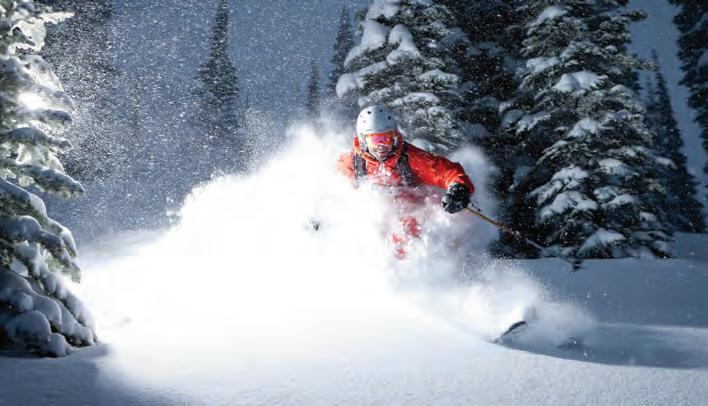

pete.mervis@rate.com
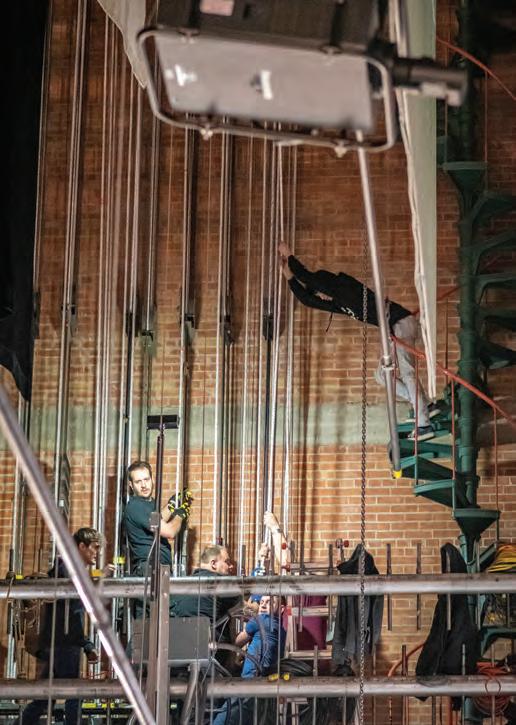
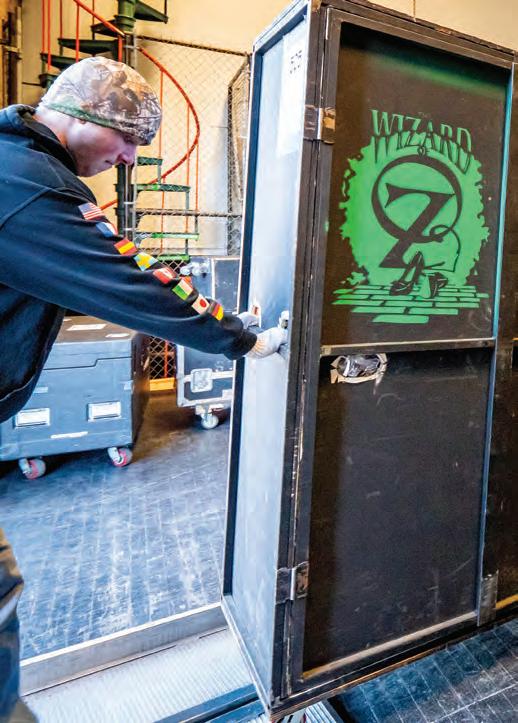
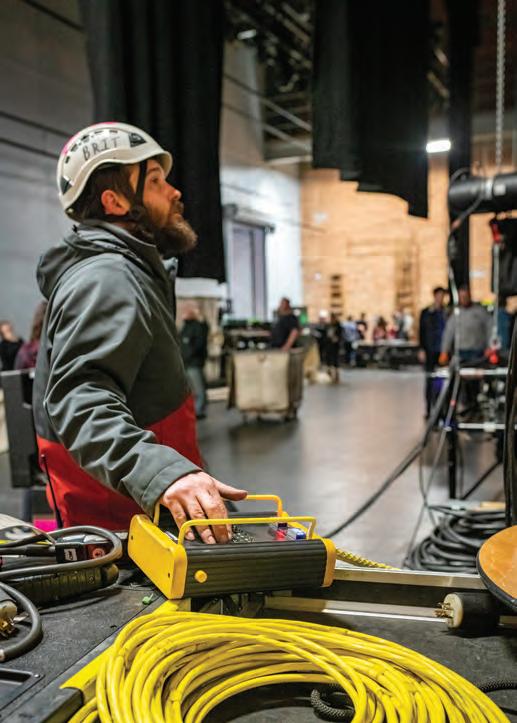

BY KATE HULL PHOTOGRAPHY BY LINDA SWOPE
If you’ve ever heard Elphaba belt out the room-shaking notes in “Defying Gravity” or watched while Grizabella sings Andrew Lloyd Webber’s famed show tune “Memory,” you’ll likely agree: There is nothing quite like seeing a Broadway show.
The lights, stage, costumes, performances; it’s mesmerizing. And in rural communities like Teton Valley, it’s a bit of a trek for a show at New York’s Gershwin Theater or a night out at San Francisco’s Orpheum Theatre. But seventy miles? That’s just the ticket.
The Idaho Falls Arts Council is in its fifth year of bringing national touring Broadway shows to the Civic Center for the Performing Arts, and its thirtieth offering celebrated plays, concerts, and the like, ensuring residents and neighboring rural communities access to cultural opportunities.
“We had been presenting some smaller Broadway shows to the Colonial Theater, just one or two a year, but we really wanted to bring more,” says Amy Carr, the former marketing manager for the Arts Council. The Arts Council runs the Willard Arts Center, which encompasses the historic Colonial Theater, two visual art galleries, and nine artist studios, as well as the Civic Center.
While more than seventy thousand people attend one or more of the Arts Council’s events each season, the team
noticed the Broadway opportunities were consistently a hit, and a market research survey found that Broadway is in fact a huge pull for the region— that, and Celtic music—bringing people from Madison, Jefferson, Bannock, and Teton Counties who are consistently willing to travel for the shows. (Interestingly, that same user survey found that Teton County residents are most likely to travel for a bluegrass concert or a Broadway show! Fitting? We’d say so.) So, the Arts Council moved the shows to the Civic, with more seats and a bigger stage, and decided to commit to making it an annual series.
“Broadway stages are iconic, and with a venue like the Idaho Falls Civic Center for the Performing Arts, it’s a bit of our duty to bring shows the community wants to see,” says Britany Marchant, the new Arts Center marketing manager.
Historically, the term “on Broadway” simply means a performance that is being presented in one of the forty-plus theaters in Manhattan along the street known as Broadway. Typically, when a show gains popularity, it is taken “off

ABOVE Glinda, the Good Witch, helps Dorothy return to Kansas in The Wizard of Oz at the Civic Center in Idaho Falls, part of the Broadway series.
LEFT Each season, the Idaho Falls Arts Council brings a selection of four nationally touring Broadway shows to the Civic; it takes an impressive level of logistics to put together the one-night performances.
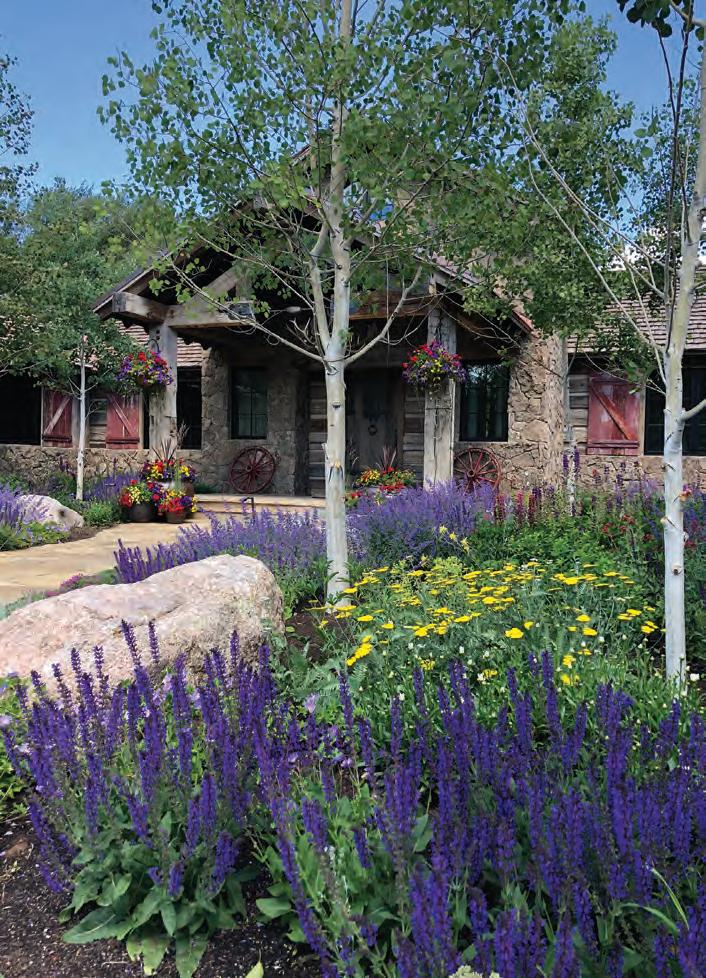
Broadway,” and tours the country at top theaters from Chicago to Los Angeles, or even the Eccles Theater on Main Street in Salt Lake City. The shows on Broadway are considered A Tours, while the off-Broadway tours are called B Tours.
“B-level tours will be in a place for about a month,” Amy says. And if quite a few stars align, these shows en route to Salt Lake City can stop for a special night at the Civic.
“Is is amazing to see it all happen.”
They first must find a show that, with size, scale, and interest in mind, checks all the boxes. Does it fit in the theater? Does the Civic have the proper stage space? The list goes on.
“It is a balance of, if the level of show is worth it, can we sell it, and what is our capacity,” Amy adds.
If it makes sense and is cost effective, the show gets booked.
Last January, the Wizard of Oz came as part of its eightieth-year anniversary tour. On a bluebird winter day beginning at 11 a.m., the Civic was bustling with activity. Four eighteen wheelers were parked adjacent to the building, where load after load of props, lights, sets, and costumes made their way inside. A crew of thirty people scurried about. Dorothy’s famous dress and the Cowardly Lion’s furry suit were getting steamed. Colorful wigs atop mannequins were fluffed and combed. Dorothy’s Kansas home was assembled, and backdrops of the yellow brick road hung from giant beams, ready to be unveiled.
“Brad Higbee, the technical director, is incredibly experienced,” Amy says. “His team has done shows all over the West of different scales and set-ups. We also hire crews in from other cities to come help on those. There is a lot to get done to make them ready to go.”
In just under eight hours, the Civic’s stage was transformed into the iconic scene, ready for curtain call.
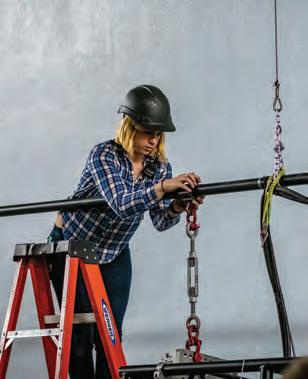


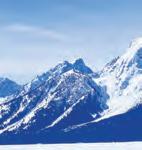


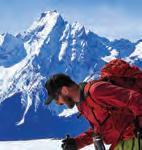
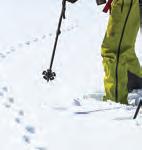















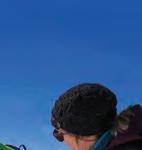

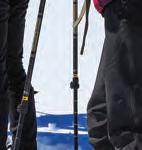








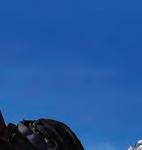
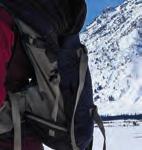

“It is amazing to see it all happen,” Amy says. “The hope is that it all appears seamless when you come to the theater. It is incredible to see what the shows bring in.”
In years past, the Arts Council has partnered with a national group that helps bring theater to rural communities; but now, since they are a bit more seasoned at presenting such high caliber shows, they maintain it on their own, with Eastern Idaho Regional Medical Center as the presenting sponsor.
“We are in a better place financially, but also confidence-wise,” Amy says. “We know how things run, what the backstage looks like, and our crews are very hands-on. We have seen all the parts and we feel comfortable that we could take on the risk and could put on the same caliber.”
For the 2020 season, the Idaho Falls Arts Council is bringing musicals An American in Paris, the SpongeBob Musical, Bandstand, and a Night with Colin and Brad: Scared Scriptless For more information and tickets, visit idahofallsarts.org.
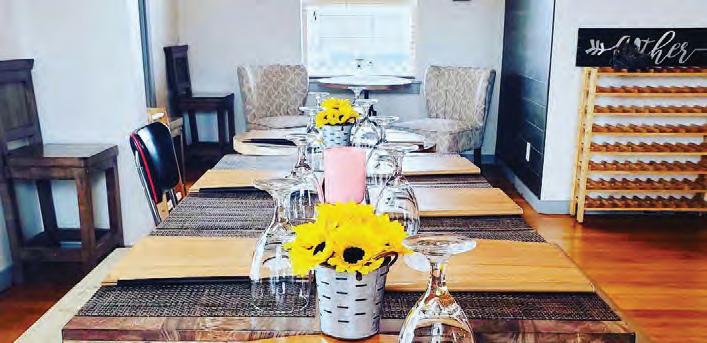

BY JEANNE ANDERSON ILLUSTRATIONS BY STACEY WALKER OLDHAM






On Super Bowl Sunday a few years back, I was more than a little depressed about the daunting multi-hour spectacle to come—and I’m a football fan!—so I thought about turning to Facebook for some diversion. Some of you who know me well might say, “What? You’re not reading?”
First confession: yes, I turned to Facebook. Second confession: I “stole” someone else’s idea—after all, they say imitation is the highest form of flattery, right? I posted what I thought was a fairly innocuous question: “What’s something you’ve done that you’re fairly certain nobody else on my friend list has done?”
A dear friend (and cousin by marriage) had asked this months before, and I remembered that many responses she received were scintillatingly entertaining. Of course, her network couldn’t help but provide some juicy tidbits. I mean, really, she lives in L.A., dons blue dreadlocks when she goes to Burning Man, and has PhD credentials as an inspirational life coach. Her pals would be the ultimate in cool, no doubt.
And it was, as my mother would have said, “a hoot” to read about her friends’ wild adventures. My reply to her seemed both lame and tame in comparison (contact me for the full confession on that!), but it’s out there online all the same.
Ultimately, what I said didn’t really matter. Does it ever? That’s the point of this piece….
In “borrowing” my friend’s simple query, I had one intention. I wanted to find out more about my friends; plus, it seemed like a great way to cheer myself up and dispel a fit of winter blues.
Little did I know how great a conversation starter this would become! My diverse group of friends provided some fascinating anecdotes. Some of the most interesting were the many personal interactions with the rich and famous—meeting Brad Pitt, chatting with Dustin Hoffman during physical therapy, seeing the Beatles in concert, meeting Mel Brooks in a phone booth— you know, the usual.
Others talked about their surprising career turns: a Belgian I’ve known for forty-plus years supervised a thousand workers when he ran a diamond processing plant in Sri Lanka; a local artist in 1978 became the first woman to work on a wildland fire helicopter crew on the Bridger-Teton National
Forest; a young journalist stayed in an abandoned shack stilted above the Caribbean to document lobster divers off the Nicaraguan coast.
Too many to mention, but some of my favorites were about knock-yoursocks-off travel experiences: panicking and being trapped in a cave while scuba diving with sharks, zip-lining in Honduras, riding a bike from Chicago to Colorado Springs, climbing a fourteenthousand-foot peak in the High Sierra, hearing a loud noise and looking down into the cockpit of an F16 flying through the mountain saddle below…. Wow.
What shocked me the most were the small-world connections made in this string. People who perhaps had only one thing in common—that is, they knew me—shared with others some of the things they thought were really unusual. Two friends, from completely different parts of my life, discovered that they came from the same hometown. What I learned months later is that this query had also become fodder for dinner-party talk, even among those who hadn’t commented. And in general, in my head, it’s become a touchstone lesson about the power of social media, and how we use it to connect to others.
Ultimately, that single post, along with my ten years of using Facebook and subsequent research into why we use (or misuse) these platforms, have pointed me to a single lesson: Connecting in person is still the best method if you want to get to know someone. In a face-to-face conversation, you are more likely to get to the point where you can actually talk about specifics,
“What’s something you’ve done that you’re fairly certain nobody else on my friend list has done?“
Little did I know how great a conversation starter this would become!


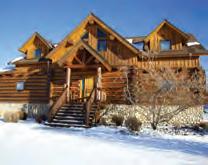
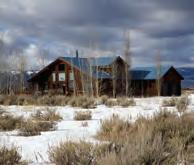

without broad paint-brush stripes of assumption or accusation. Relating to others online doesn’t take away the need to go out in the world, travel, read, or think. Yet, social media does have a place.
For me, it has been a place of comfort in loss. It has been a place where I can find out about



When
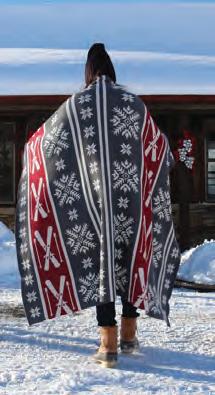

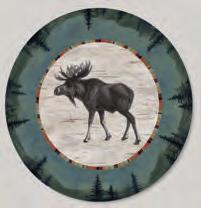
tragedies, not in a morbid way but rather in an “I should know this” manner. It is a place where, with my aging friends, we celebrate joy at touchpoints like birthdays and anniversaries and the birth or accomplishments of grandchildren. It is a place where I can go to find out how others deal with earwigs, skunks, or turf toe, and where I turn when we want to buy firewood or need details about a community event.
Science has proven that those with a strong personal network of connections live happier, richer lives. Statistical markers like life expectancy, physical health, and earning opportunities are lower if we don’t have an active social life. An in-person social network gives you a leg up. People who substitute a social-media life for an interpersonal life suffer, and probably in ways that aren’t yet quantified.
Real friends—the kind who make your face light up when you see their name on your cell phone, and that you share a hug with when you see—well, we don’t count them, or follow them. We enjoy them. Can we enjoy them via social media? Well, I’d say yes, with qualifications.
If we exclude others and use social media only for the most trivial of interactions, we can become shadow selves, only showing the positive. But if we search for the real, and are willing to put ourselves out there genuinely as well, social media can provide
a sometimes surprisingly poignant reminder of our humanity and the cycle of life.
No, social media hasn’t replaced personal interactions, and hopefully never will. But it’s a way to follow what far-flung family and friends are doing. It’s a chance to share something we find funny. At its best, and if we’re honest with it, it can allow others an inside look at the quirkiness and quintessential bits of our lives.
It can also be another outlet for us to display our worst—to be judgmental, opinionated, downright rude. Social media platforms like Facebook, Instagram, and Twitter provide a certain amount of anonymity, allowing us to say just about anything behind the safety of a screen. That is probably the single most disheartening aspect of online communication.
But I’ve also learned that if people honestly want to know how a person with a differing opinion feels, and if they ask respectfully online, then often that query will be answered more disarmingly and with authenticity. This becomes more like two people talking about something at the grocery store.

> Exceptional care, comfort, and privacy
> Beautiful setting with views of the National Elk Refuge
> Well-appointed suites featuring abundant natural light
> In-room labor tubs for patient comfort
> Cesarean section rate far below national average



I’m a social creature, for sure. When we sold Dark Horse Books in Driggs a decade ago, there was a huge hole in my personal ability to visit with and learn from those people who had walked in the door. In many ways, Facebook has helped me manage to keep that spark of connection alive. When it comes right down to it, I’d much rather sit down and have coffee with you than trade a thousand likes on our Facebook pages. But that doesn’t take away from my pleasure at discovering all the experiences my friends have had, from chatting with Dustin Hoffman to watching lobster divers off the Nicaraguan coast. And in the end, wherever and however that might be, isn’t it better to stay in touch in some manner than to lose contact completely? Through Facebook I’ve rekindled communications with dozens of friends I might never have spoken to again in the absence of the social media platform. And that counts for a lot in my book.


> Breast feeding rate well above the national average
> Support from certified lactation nurses in hospital and after returning home
> Prenatal care services
> Monthly groups for babies and families





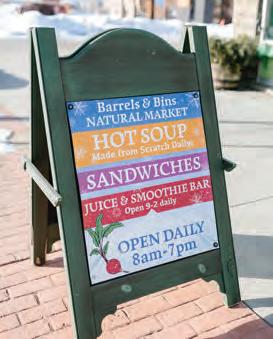
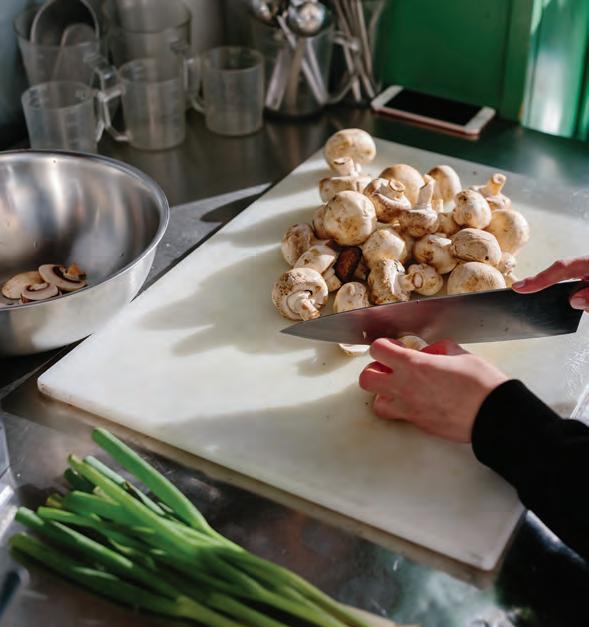

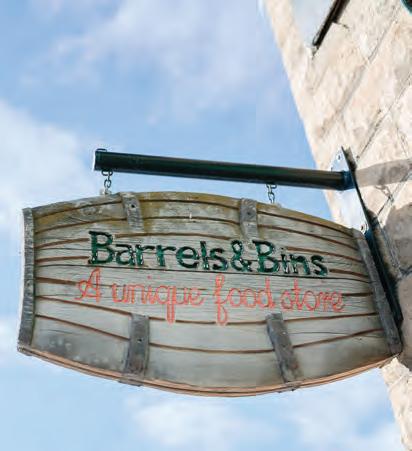

BY KATE HULL PHOTOGRAPHY BY LARA AGNEW
If there’s snow on the ground, you can bet that, come noon when my stomach starts to growl, my mind drifts to Barrels & Bins with thoughts of delectable, delicious soup.
‘I hope it’s Hungarian mushroom day or maybe spinach coconut zucchini?’ While these are two of my favorites served up at the Main Street natural and organic market, I’m yet to meet a warm concoction I don’t love—and I am a soup regular!
On any given winter morning, you’ll find a Barrels & Bins soup connoisseur hard at work behind the Smoothie Counter constructing the day’s creation: chopping veggies, tossing in spices, and mixing to perfection—all while also whipping up mouth-watering and delicious grab-and-go sandwiches or fresh juices and smoothies (served daily, 9 a.m. to 2 p.m.). The soup du jour might be one of owner Esther Jacoby’s tried and true recipes or a newly created delight from Pam McCarthy or Daria (just Daria). Beginning October 1 and running through May 1, Barrels & Bins serves soup daily—until they run out! —in their trusty hefty stock pot tucked to the side of the dairy refrigerators.
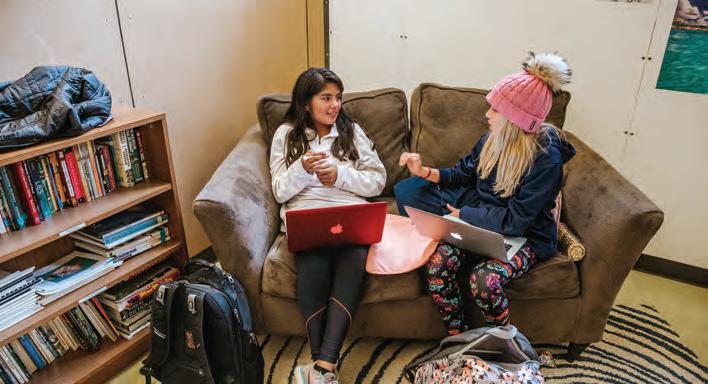
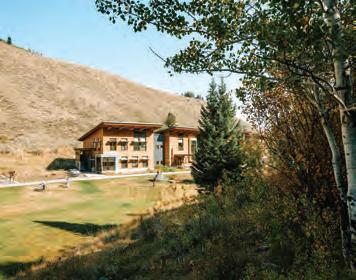


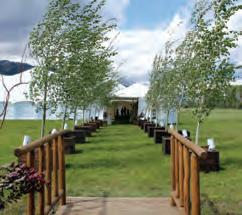



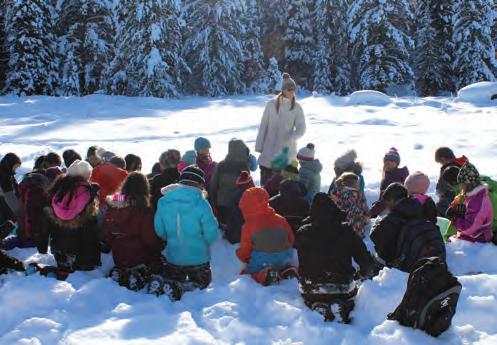

Grab a mug from the cupboard or a togo container, or bring your own.

Winter beckons soup; it is comfort in a bowl.
Owners Beau and Esther Jacoby call on their skillful staff to create flavorful batches, keeping in mind attention to flavors and any surplus in veggies—extra potatoes might be the inspiration for a curry potato or creamy potato and leek soup. No matter the recipe, you’re sure to find a hearty, healthy, and flavorful mélange of ingredients that warms your bones and feeds you soul.
With mug in hand, I heap a few ladles full, grab a 460 Bread dinner roll, and settle into a cozy afternoon lunch at a table looking out at the snowy Main Street sidewalk. Winter beckons soup; it is comfort in a bowl. If someone falls ill, we are quick to whip up a batch— chicken noodle, perhaps. Serving a crowd for the big game? A pot of chili will do the trick.
I associate it with sharing amongst friends, so it’s no wonder soup seems to be such a natural fit for the crew at Barrels & Bins, where welcoming faces are aplenty. Each day during the lunch hour, the busy aisles are filled with familiar faces. I am welcomed with a wave from Beau and a likely chat over lunch; then, it’s back to the office I go. While the lunch is always delicious, the welcoming atmosphere this community market exudes is no doubt the bread slice on the French onion soup.

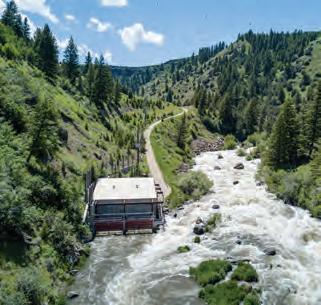

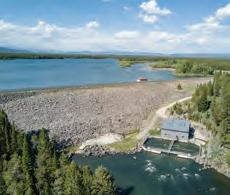
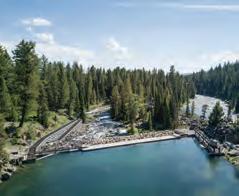

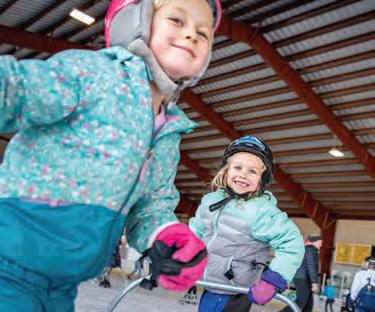

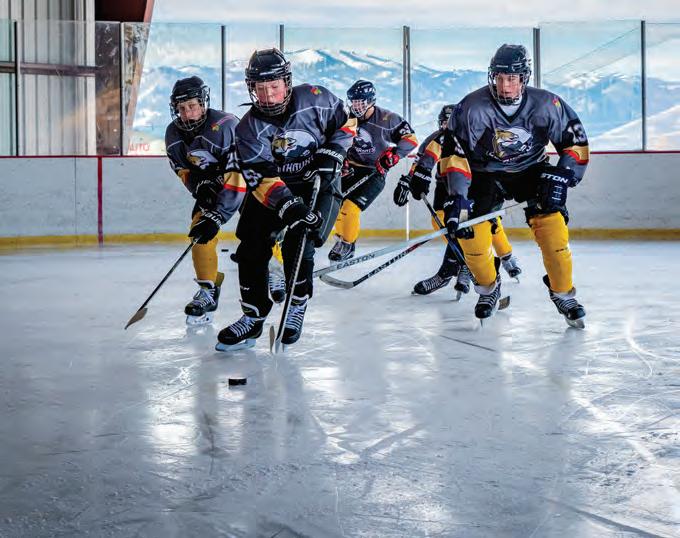
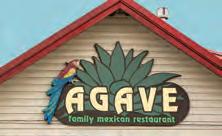
310 North Main Street
Driggs, ID 83422
208-354-2003
Open Daily 11am–10pm
From the owners of El Abuelito in Jackson comes Agave, Teton Valley’s very own family Mexican restaurant! Serving fajitas, burritos, and all of your Mexican favorites, cooked to perfection seven days a week, with lunch specials from 11am to 3pm daily. Bienvenidos amigos, mi casa es su casa! [p. 48]

185 West Center Street
Victor, ID 83455
208-787-5678
Mon–Sat 11:00am–2:30pm, 5pm–9pm
AmeriAsia Bistro, located in Victor on Center Street, serves up delicious, flavorful Southeastern Asian fare with an American twist. We’re a family-owned and -operated business priding ourselves on friendly service. The menu changes and evolves seasonally so stop in to discover what’s new. Dine in for lunch or dinner and enjoy fresh, new, and innovative dishes. For lunch or dinner, don’t miss the chicken adobo, crispy pork belly, or pho. [p. 89]
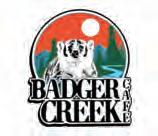
110 North Main Street
Tetonia, ID 83452
208-456-2588
Open Daily 8am–3pm badgercreekcafe.com
Badger Creek Cafe serves fresh, seasonal, and chef-inspired breakfast and lunch on the north end of the valley in a casual setting. Breakfast specialties include biscuits and gravy, chicken and waffles, and a variety of eggs Benedict. Serving burgers, sandwiches, fried chicken, and salads for lunch. Homemade desserts prepared daily. Voted “Best Breakfast” and “Best Lunch” in Teton Valley. Contact us for catering or special events!

36 South Main Street
Driggs, ID 83422
208-354-2307
Open Daily 8am–7pm barrelsandbins.market
Teton Valley’s source for all-natural and organic products including local and organic produce, meats, cheeses, and bulk food; 460 Bread baked fresh daily; beer and wine; nutritional supplements; health and beauty products; all-natural pet foods; and much more! Juice & Smoothie Bar is open 9am to 2pm daily. Check in for sandwiches, salads, and soups, as well as other grab-and-go takeout options. [p. 85]

Broulim’s Food and Pharmacy
240 South Main Street
Driggs, ID 83422
208-354-2350
Open Mon–Sat 7am–11pm broulims.com/driggs
Order sandwiches to go made from your choice of Columbus meats and cheeses. Breakfast sandwiches and paninis made fresh daily. Our deli has hot baked or rotisserie chicken, take-and-bake pizza, and other meals to go. Check out our display of hand-cut specialty cheeses! Freshly prepared salads, our own Sushi Bar, and hot Asian food. Daily specials of smoked meats available. Inquire at the deli for catering services.

Butter Cafe
57 South Main Street
Victor, ID 83455
208-399-2872
Open Daily 7am–3pm; Dinners served Wed–Sat 5:30pm–8:30pm butterinvictor.com
Butter makes it better; that is the true belief of husband-and-wife team Marcos Hernandez and Amelia Hatchard. Stop in for a delightful spin on some brunch classics such as tropical french toast, al pastor hash, or Italian eggs Benedict. Don’t forget to grab dessert, including the signature Tipsy Cakes. Join them Wednesday through Saturday nights for a fresh take on Italian, featuring house-made pastas. [p. 10]

Citizen 33 Brewery & Restaurant
364 N Main St, Driggs, ID 83422
208-357-9099
Open Daily 3pm–10pm Serving Food ’til 9pm citizen33.com
From the team behind Forage Bistro and Tatanka Tavern, Citizen 33 Brewery & Restaurant in Driggs is dedicated to serving fresh, delicious, and locally sourced food and beer from the Main Street pub. Enjoy ever-changing brews on tap and a delicious menu of elevated bar bites like local fried cheese curds and 460 Bread’s olive thyme toast and burgers, sandwiches, and flavorful bowls. Citizen 33 was built for the community members and visitors of Teton Valley to come together and celebrate this amazing place with delicious food and cold craft beer. Cheers to the citizens, “a native or inhabitant,” of Route 33! [p. 31]
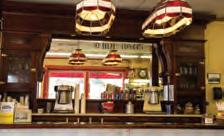
Corner Drug
10 South Main Street
Driggs, ID 83422
208-354-2334
Open Mon–Sat 9am–6:30pm driggspharmacy.com
Located at the stoplight in historic downtown Driggs, the familyowned and -operated Corner Drug Soda Fountain has been a local favorite for satisfying that ice cream craving for more than a hundred years. Corner Drug also has your weekend essentials and a full-service pharmacy. Fishing licenses, Idaho souvenirs, along with books and toys make this store a “must see” destination. [p. 42]

Dining In Catering, Inc.
Bill Boney, Owner & Executive Chef 208-787-2667, toll-free 800-787-9178 diningincateringinc.com
Dining In Catering, Inc. is the region’s most experienced outdoor event catering company, receiving rave reviews for great food and service. Owner and executive chef Bill Boney and his staff have catered the biggest events, weddings, and corporate retreats to take place in Jackson Hole and Teton Valley. Dining In Catering also offers a banquet location in Teton Valley—The Wildwood Room, The Gathering Place for Teton Valley’s best events since 2003! [p. 95]

Forage Bistro & Lounge
285 Little Avenue, Suite A Driggs, ID 83422
208-354-2858
Open Daily Mon–Fri 11am–9pm, Sat and Sun 10am–9pm forageandlounge.com
Forage Bistro & Lounge, specializing in seasonal regional cuisine with an emphasis on local ingredients, offers creative, chefinspired lunch, brunch, and dinner seven days a week. Enjoy halfpriced bottles of wine every Wednesday, as well as Happy Hour food-and-drink specials daily from 3pm to 5pm. Amazing burgers, nightly steak special, pasta, market fish, homemade desserts, and more made from scratch. Our open kitchen with nothing to hide offers diners a unique experience in Teton Valley. [p. 31]

Grand Targhee Resort
Alta, WY 83414
800-TARGHEE (827-4433) grandtarghee.com
The Branding Iron offers a menu featuring authentic Rocky Mountain fare and housemade items. Enjoy casual slopeside dining with a full bar, must-try menu, and unbelievable views. At the Trap Bar and Grill, find a wide selection of local microbrews on tap, great food like the famous Wydaho Nachos, high-definition TVs, and the best après live music on this side of the Tetons! Snorkels is your slopeside bistro; enjoy a hot coffee or cappuccino with a Wyomingstyle breakfast burrito; return for lunch for a fresh sandwich and daily soup. Stop by for dinner on weekends and holidays for authentic Mexican cuisine. At Wild Bill’s, treat yourself to Mexican fare, burgers, house-made chili, soups, pizza, and more! [BC]
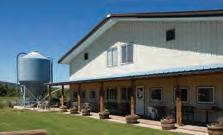
Grand Teton Brewing
430 Old Jackson Highway Victor, ID 83455
888-899-1656
Open Daily 1pm–8pm grandtetonbrewing.com
Grand Teton Brewing’s Tasting Room is open daily this winter from 1-8pm. With a wide selection of beer on tap and cans to go, there is something for everyone. Try the 2019 Great American Beer Festival award-winning Black Cauldron Imperial Stout or the rotating Hoplexity series. This season will also feature can’t-miss events like Paint and Sip and Night of Darkness. Come enjoy a pint after a day in the mountains! We look forward to sharing our beers and our expertise with you this winter season. [p. 44]
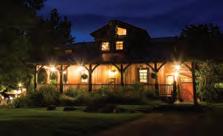
Linn Canyon Ranch
1300 East 6000 South Victor, ID 83455
208-787-LINN (5466) linncanyonranch.com
Linn Canyon Ranch is a winter wonderland where sleigh bells ring as you dash through the snow in a horse-drawn sleigh. Join us for a cozy western evening and an elegant dinner in our historic lodge. Experience the fine hospitality the Linn family is known for. Twentyfour hour advance reservations required. We also host holiday and private parties. [p. 67]

McDonald’s ®
1110 West Broadway @ Hwy 22 Jackson, WY 83001
307-733-7444
Open Daily 5am–midnight or later mcwyoming.com/6435
Fast, Affordable, and On Your Way! Whether you’re driving over the pass on your way to Grand Teton National Park or commuting to your job on the “other side,” make McDonald’s® a part of your day. We’re serving your breakfast favorites like the classic Egg McMuffin®, Egg White Delight McMuffin®, and McCafe™ beverages featuring Lattes, Mochas, and Frappes. Premium Salads, Real Fruit Smoothies, and Fruit and Maple Oatmeal are delicious choices to support your healthy, active lifestyle. [p. 21]

Located above the gift shop at MD Nursery 2389 South Highway 33 Driggs, ID 83455
Open Mon–Sat, until 3pm mdlandscapinginc.com/marigold-cafe
Located above the gift shop at MD Nursery, Marigold Café makes food motivated by the mountains. Breakfast and lunch is offered in a casual, counter-service setting. Innovative, nutrition-inspired food is made with love using quality ingredients. As the menu changes seasonally, guests will find sandwiches, salads, soups, and specialty kitchen dishes. Freshly baked treats, espresso, and specialty drinks round out the café offerings. [p. 30]

18 North Main Street, 3rd Floor of the Colter Building, Suite 315 Driggs, ID 83422
208-980-7320
Open Daily 4pm–10pm tatankatavern.com
Tatanka Tavern offers wood-fired artisan pizza, salads, and the finest craft beers and wines. Bring in the family for a night out, or grab a seat at the bar and watch the game. Enjoy local favorites like the Fungus Amongus for dinner daily. [p. 31]
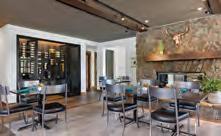
The Grille and Fireside Patio at Teton Springs
20 Headwaters Drive, Victor ID 83455
208.787.8130
Reservations requested catering@tetonsprings.com
The Grille at Teton Springs offers a dining atmosphere that is both casual and formal with a full bar and indoor seating. Sunshine floods the dining area’s spacious windows overlooking Headwaters Golf Course and the Big Hole Mountains. Cozy up next to the two-sided fireplace to enjoy a delicious meal of gourmet seasonal fare. Situated outside The Grille is an expansive patio and custom firepit. There is no better way to relax and unwind than by sharing a meal outside on the Fireside Patio. Full-service bar and menu service is offered. [p. 22]
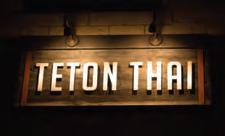
18 North Main Street Driggs, ID 83422
208-787-THAI (8424)
Lunch Mon–Fri 11:30am–2:30pm; Dinner Daily 4pm–9pm tetonthai.com
Voted “Best Restaurant, Teton Valley” in the Jackson Hole News&Guide, Teton Thai offers something for everyone. Enjoy a variety of exotic dishes, from Crispy Duck Pad Gar Pow to Muslimstyle Masaman curry, all made from our family’s recipes created in Bangkok. Sit at the kitchen counter and watch our chefs prepare your dish while you explore our eclectic beer and wine list. Stop by the new Teton Thai Brewery and Teton Tiger, a pan Asian restaurant located down the hall from Teton Thai. Dine in or take out. [p. 12]

63 Depot Street
Driggs, ID 83422
208-354-8365
Open seven days a week; serving lunch and dinner 11am–late theroyalwolf.com
Since 1997, locals and visitors alike have enjoyed discovering this off-Main Street establishment offering a diverse menu of sandwiches, burgers, salads, appetizers, and entrées served in a casual, smoke-free, pub-style environment. Complementing our menu is a full bar serving all of your favorite beverages, including cocktails, wine, and a selection of regional microbrews on draft. Enjoy outdoor dining on our spacious deck during the summer. Daily food and beer specials, WiFi, and billiards. Stop by to meet old friends and make new ones. Snow sagas and fish tales told nightly.
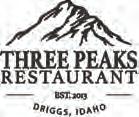
15 South Main Street
Driggs, ID 83422
208-354-9463
Daily happy hours 4pm–6pm threepeaksdinnertable.com threepeakscatering.com
Enjoy classic Italian dishes with a wild western flare: Elk Meatballs, Spicy Pork Sausage Lasagna, and Idaho Rainbow Trout, to name a few. A great downtown Driggs restaurant close to the stoplight. Boutique wine selection available for takeout or on-site enjoyment. Plenty of gluten-free and vegetarian options. Private in-home or onsite catering and cooking classes available. We feature locally made artwork in our unique, circa 1940s building. Visit our website or call for reservations. [p. 43]

Victor Emporium
45 North Main Street
Victor, ID 83455
208-787-2221
Open seven days a week
Over one million served! For more than sixty-five years, the Victor Emporium Old Fashioned Soda Fountain has served delicious milkshakes, including the World Famous Huckleberry Shake. Gourmet coffee and espresso served daily. The Emporium is also a great place to pick up those unusual gifts. We’re where the locals meet before enjoying the great outdoors here in Teton Valley. [p. 34]

Victor Valley Market
5 South Main Street
Victor, ID 83455
208-787-2230
Open Daily 7am–9pm
Victor Valley Market is your local grocer and the place to get fresh seafood and choice meats in Teton Valley. Offering a unique selection of groceries, from organic and specialty items to your everyday needs, including a full selection of wine and beer. Our gourmet deli counter offers delicious house-made takeout dishes, along with sandwiches made with locally baked bread, fresh salads, housemade soups, and so much more! Victor Valley Market has all that you need to make a delicious meal, whether for eating in or picnicking out. [p. 37]
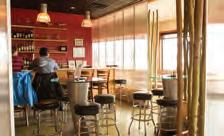
Warbirds Restaurant
675 Airport Road
Driggs, ID 83422
208-354-2550
Open Daily 11:30am–3pm and 5pm–9pm warbirdscafe.com
Craft cocktails, fine wine, creative cuisine: Teton Valley’s most unique dining experience features award-winning Executive Chef David Hugo’s seasonally inspired cuisine from Teton Valley and beyond. Serving dinner seven nights a week, 5pm-9pm. Join us for Happy Hour from 5pm-6pm daily, with 50 percent off wines by the glass, well cocktails, $4 local drafts, and a $10 local beef burger. After dinner, inquire about Teton Aviation’s scenic airplane rides and make sure to visit our free display of restored vintage warplanes. Can’t wait to see you. [p. 49]
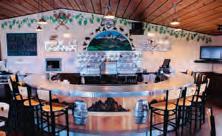
Wildlife Brewing
145 South Main Street
Victor, ID 83455
208-787-2623
Open Daily 4pm–10pm wildlifebrewing.com
Since 2003, Wildlife Brewing has been a cornerstone of Victor’s restaurant scene. Locals and visitors alike visit daily to enjoy awardwinning microbrews and freshly made hand-tossed pizza. With large family-friendly seating and a unique stainless-steel bar, Wildlife is the perfect place to enjoy a quick brew after a fun-filled day; or bring the whole family to enjoy the best pizza in the valley. Come on in and ‘Live the Wildlife!’ [p. 96]

57 South Main Street Victor, ID 83455
307-201-1861
cabinandcompany.com
Cabin & Company provides luxury vacation rentals as well as vacation rental representation and premium home management services to homeowners in Jackson Hole and Teton Valley. We stand by uncompromising standards designed to overachieve the expectations of our owners and guests alike. Homeowners and rental guests enjoy meticulous attention to detail and twenty-four-hour service. Our staff offers full concierge services, transportation service, private chef facilitation, grocery service, daily cleaning, and more. It is our pleasure to care for our clients’ homes and provide our guests the best in comfort and convenience. [p. 3]
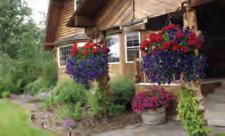
9444 South Highway 31 Victor, ID 83455
208-787-1007
finandfeatherinn.com
The Fin and Feather Inn is a small bed and breakfast in Teton Valley situated along the Teton Scenic Byway. We combine luxury and country hospitality, making for a very relaxing and comfortable stay. Our five rooms feature Grand Teton views, spacious bedrooms, private bathrooms, dual-head showers, a deep soaking bathtub, HD/Direct TV, and free wireless Internet. Come stay at the Fin and Feather Inn and experience the wonderful adventures that Teton Valley has to offer, while enjoying a quality bed and breakfast.
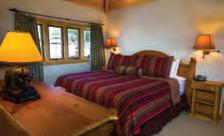
Grand Targhee Resort
3300 Ski Hill Road
Alta, WY 83414
800-TARGHEE [827-4433] grandtarghee.com
After a day on the mountain, it’s time to relax with the family in one of a variety of western-style slopeside accommodations. All lodging is located just steps away from an array of shopping, dining, and activities. For those who desire a more intimate family retreat, consider Grand Targhee Resort’s Vacation Rentals in Teton Valley, perfectly situated in Victor, Driggs, or on the way to the resort. Call 800-TARGHEE to book your stay. [BC]
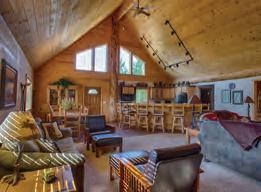
Grand Targhee Resort
Property Management
18 North Main Street #105 Driggs, ID 83422
307-353-2300, ext 1396 grandtarghee.com
With more than thirty years of experience, our team provides twentyfour-hour service, real estate advice, and strategic marketing for your vacation rental. For those who are visiting and desire a more intimate family retreat, consider a vacation rental in Teton Valley, perfectly situated in Victor, Driggs, or on the way to the resort. Call 800-TARGHEE to book your stay. [p. 57]

Grand Valley Lodging
Property Management
PO Box 191, 158 North First Street
Driggs, ID 83422
800-746-5518
mail@grandvalleylodging.com grandvalleylodging.com
Grand Valley Lodging is the premier property management company in Teton Valley, operating since 1992. We offer great rates on shortterm rentals that include vacation homes, cabins, and condominiums throughout the valley. We are also the largest long-term (six-monthsplus) property management company in the valley, and can help you optimize income and maintain your property. With our extremely experienced team in the housing rental business, we are happy to discuss the management of your valuable investment in Teton Valley. [p. 92]
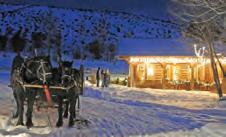
Linn Canyon Ranch
1300 East 6000 South Victor, ID 83455 208-787-LINN [5466] linncanyonranch.com
Our lodging combines the best of luxurious accommodations against the backdrop of an Idaho winter wonderland. Sleep peacefully in a timber-frame cabin, nestled in the snowy foothills of the Tetons. Join us for a sleigh ride and dinner during your stay. We are also happy to help you reserve off-site adventures, such as snowmobile tours or cross-country and downhill skiing. [p. 67]
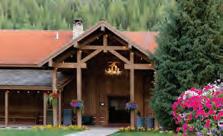
Moose Creek Ranch
2733 East 10800 South Victor, ID 83455
208-787-6078 ext 1 moosecreekranch.com
Moose Creek Ranch is a guest ranch set in the heart of the Tetons and at the gateway to both Grand Teton and Yellowstone National Parks. The perfect location for a couples or family getaway, and a legendary event destination. You cannot go wrong at Moose Creek Ranch. [p. 6]

Mountain Valley Properties
89 North Main Street, Suite 101 In the Old County Courthouse Driggs, ID 83422 208-203-0303
mtnvalleyproperties.com
With localized knowledge and more than three decades of experience, Mountain Valley Properties brings expert property management services to Teton Valley. Book a getaway in any of our luxury vacation rentals, the basecamp for your next Teton Valley adventure. Properties are equipped with all the amenities you need and are conveniently located either close to town or a stone’s throw from Grand Targhee Resort. Mountain Valley Properties offers long- and shortterm rentals, employee housing, HOA management, and property management services. [p. 27]
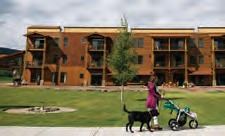
Teton Springs Lodge & Spa
10 Warm Creek Lane
Victor, ID 83455
877-787-8757 or 208-787-7888
tetonspringslodge.com
US News & World Report’s #1 Hotel in Idaho nestled in the heart of the Yellowstone-Teton area. This destination hotel includes fiftyone elegant rooms and suites, as well as luxury log cabins, and is a year-round resort offering the best of summer and winter activities. The onsite Stillwaters Spa & Salon is the perfect place to rejuvenate. Lodge and luxury cabin guests have access to the Headwaters Club amenities, including two Byron Nelson designed golf courses, outdoor heated pool, tennis courts, fitness center, and more. [p. 26]
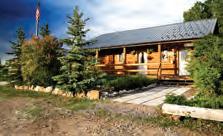
Teton Valley Cabins
34 East Ski Hill Road Driggs, ID 83422
208-354-8153 or 866-687-1522
stay@tetonvalleycabins.com tetonvalleycabins.com
Nestled amongst mature cottonwoods, Teton Valley Cabins welcomes you for your special getaway, vacation home base, or reunion. Quaint charm, rustic cabins, and affordable rates await you, just one mile from Driggs. Enjoy our picnic and activity grounds complete with an oversized Jacuzzi, or explore Teton Valley from here. We are centrally located, with Grand Targhee Resort just up the road and other recreational opportunities within a few minutes’ drive. Various room types are available. Our rooms are equipped with microwave, fridge, satellite TV, and WiFi. [p. 37]
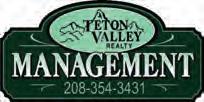
Teton Valley Realty Management
253 South Main Street
Driggs, ID 83422
208-354-3431
mail@tvrmanagement.com
vacationrentalstetonvalley.com
Allow us to find that perfect home or condominium to make your vacation memorable. All of our homes are nicely furnished, meticulously maintained, and fully equipped to accommodate your group at a fraction of what you would pay for hotel rooms. All homes come complete with linens, kitchen necessities, smart TVs or satellite TV service, high-speed internet, soaps, and paper products. Book online and receive all the conveniences of home, away from home. [p. 8]

Teton Valley Resort & Inspire Wellness Spa
1208 Highway 31 Victor, ID 83455
877-787-3036(resort)
208.541.5273 (spa) tetonvalleyresort.com
Bring adventure to life with your next visit to Teton Valley Resort! Located in scenic Victor, a road-trip away from Yellowstone National Park, Jackson Hole, Grand Targhee, and downtown Driggs. Our unique lodging is suited for all and includes glamping, cabins, RV sites, and more. Local guides offer a range of outdoor adventures such as hunting, fishing, and horseback riding. Relax and indulge in our full-service Wellness Spa with professional stylists, massage therapists, and sauna all year long. [p. 2]
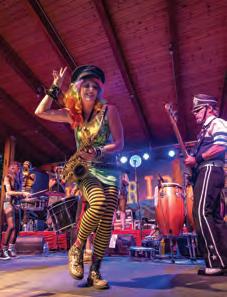
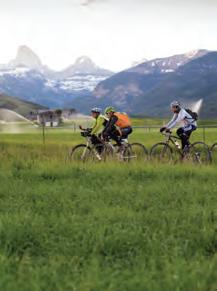
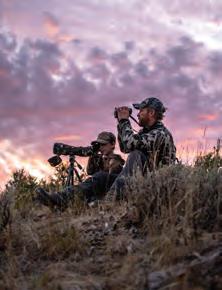
500 Ski Hill Road | Driggs, ID 83422 | 208-354-WORD [9673] headwaterschurch.fun
Visitors welcome. Our motto is to simply teach the Bible simply— and thus, our pattern of study is verse by verse, chapter by chapter, book by book, right through the Bible. Sunday service starts at 10am and typically consists of worship, teaching, and fellowship. Dress is nice casual, and the service usually lasts about an hour. Children’s church and a nursery are provided. Wednesday Bible study starts at 7pm and lasts about an hour; dress is casual. One block north of the stoplight in Driggs, turn west on Depot Street (opposite Wallace Street and the gas station); the church will be on your right.
Driggs City Center | Driggs, ID 83422 | 208-270-7507 churchinthetetons.org | Find us on Facebook
We gather for worship in the Driggs City Center at 9:30am on Sunday mornings. We celebrate the Lord’s Supper on the first Sunday of the month. On months with five Sundays, we go out as the hands and feet of Jesus to serve our neighbors however we are able. We are a biblically grounded, Christ-centered, mission-focused, gospelcentric community that exists to serve Teton Valley and the world to the glory of God. We are often described as authentic, relational, genuine, and honest. Nursery is available for infants and toddlers two and under. Education is provided for kids three and over.
Teton Valley is home to three meetinghouses of the Church of Jesus Christ of Latter-day Saints.
Visitors of all ages and backgrounds are invited to attend Sunday worship services in Victor (87 East Center Street; 9am, 10:30am, 12pm), Driggs (225 North 1st Street; 9am, 10:30am, 12pm), and Tetonia (209 South Main Street; 9am, 10:30am).
Worship services are centered on the partaking of the bread and water of the sacrament. This one-hour meeting includes congregational hymns, prayers, and brief sermons focused on the love of God and atoning sacrifice of Jesus Christ. Following this meeting, visitors of all ages are invited to attend one-hour Sunday School classes, divided by various age groups from toddlers to youth to adults. Additional information can be found by calling Zane Calderwood (208-317-3325), Wade Treasure (208-351-4480), or at ChurchOfJesusChrist.org.
20 Alta School Road | Alta, WY 83414 | 307-353-8100 sftetons@silverstar.com | stfrancis.episcopalidaho.org
Join us for Sunday morning worship beginning at 10am. St. Francis of the Tetons Episcopal Church welcomes worshippers of all walks of faith. In the shadow of the Tetons, this historic church offers an opportunity to experience God’s presence and join in fellowship, spiritual renewal, and service to others.
265 North 2nd East | Driggs, ID | 208-354-8523
tetonvalleybiblechurch.org
Teton Valley Bible Church exists to glorify God and exalt Jesus Christ as Lord through Holy Spirit-empowered living and worship. Our mission is to make disciples through gospel-centered outreach, the spiritual building-up of believers, and living in loving fellowship with one another. We gather together to worship the Lord on Sunday mornings; please visit the website for service times. Pastor Jim Otto (MDiv) is committed to expositional preaching and Biblical theology. Child care is available and all are welcome. [p. 80]
District Office: 208-228-5923
tsd401.org
Empowering our students to reach their full potential—Teton School District 401 provides a safe and exceptional learning environment where career and college readiness are the academic cornerstones of a relevant and progressive education. [p. 96]
Grades 9–12 | 208-228-5924
tsd401.org
Teton High School strives to recognize the uniqueness of the individual in preparing for a lifetime of learning. THS provides a safe and academically focused learning environment, where students are challenged for career and college readiness.
Grades 9–12 | 208-228-5928
tsd401.org
Basin High School is an alternative for students who meet the state criteria for enrollment. Students obtain credits through a stateapproved independent-study format, with assistance from certified staff.
Grades 6–8 | 208-228-5925
tsd401.org
Teton Middle School is dedicated to providing a quality education through which students will grow in academic achievement, respect for themselves and others, self-discipline, integrity, honesty, and responsibility.
Grades K–3 at Victor 208-228-5929 | Driggs 208-228-5927 | Tetonia 208-228-5930 | Rendezvous Upper Elementary grades 4–5 in Driggs 208-228-5926
tsd401.org
The mission of the elementary schools of Teton School District 401 is to be integral in the partnership between school, home, and community in nurturing and encouraging all children to become productive citizens and lifelong learners.
Grades pre-K–8 | 192 West Birch Street | Victor, ID 83455 tetonscience.org
A place-based-education independent day school, for students Pre-K to grade 8, that creates lifelong learners by educating the whole child through academic engagement, character development, and community focus. [p. 95]
On a chilly winter day at Heather McLendon’s Mountain Roost Farm in Driggs, her free-range yaks like to roam. The cold doesn’t bother Tank; his thick coat keeps him toasty in temperatures as low as 40 degrees below zero.
PHOTO BY LINDA SWOPE
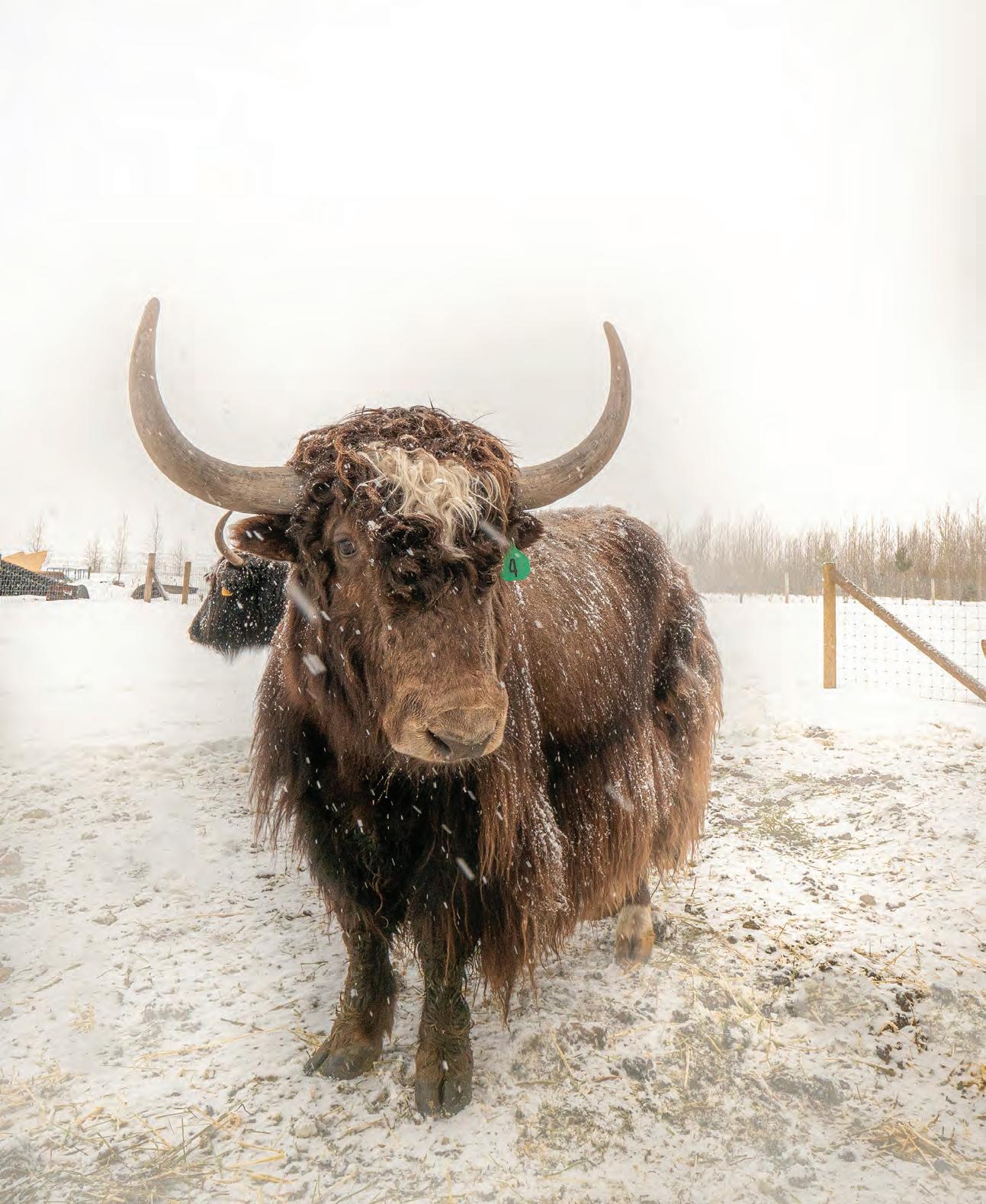


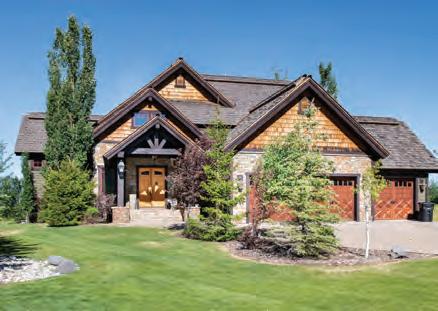
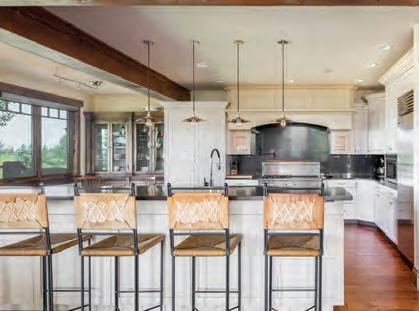
Mountain Living at Teton Reserve in Victor, Idaho
$1,290,000
5 BD | 6 BA | 6,757 SF | .41 AC PROERTY ID: MNQPSF

This golf course home is located at the base of the Teton Range just four miles north from the town of Victor. The expansive home features a chef’s kitchen, open floor plan, a first-floor master suite and a three-car garage. Excellent home or income producing property with strong short-term rental history.

3D TOUR


